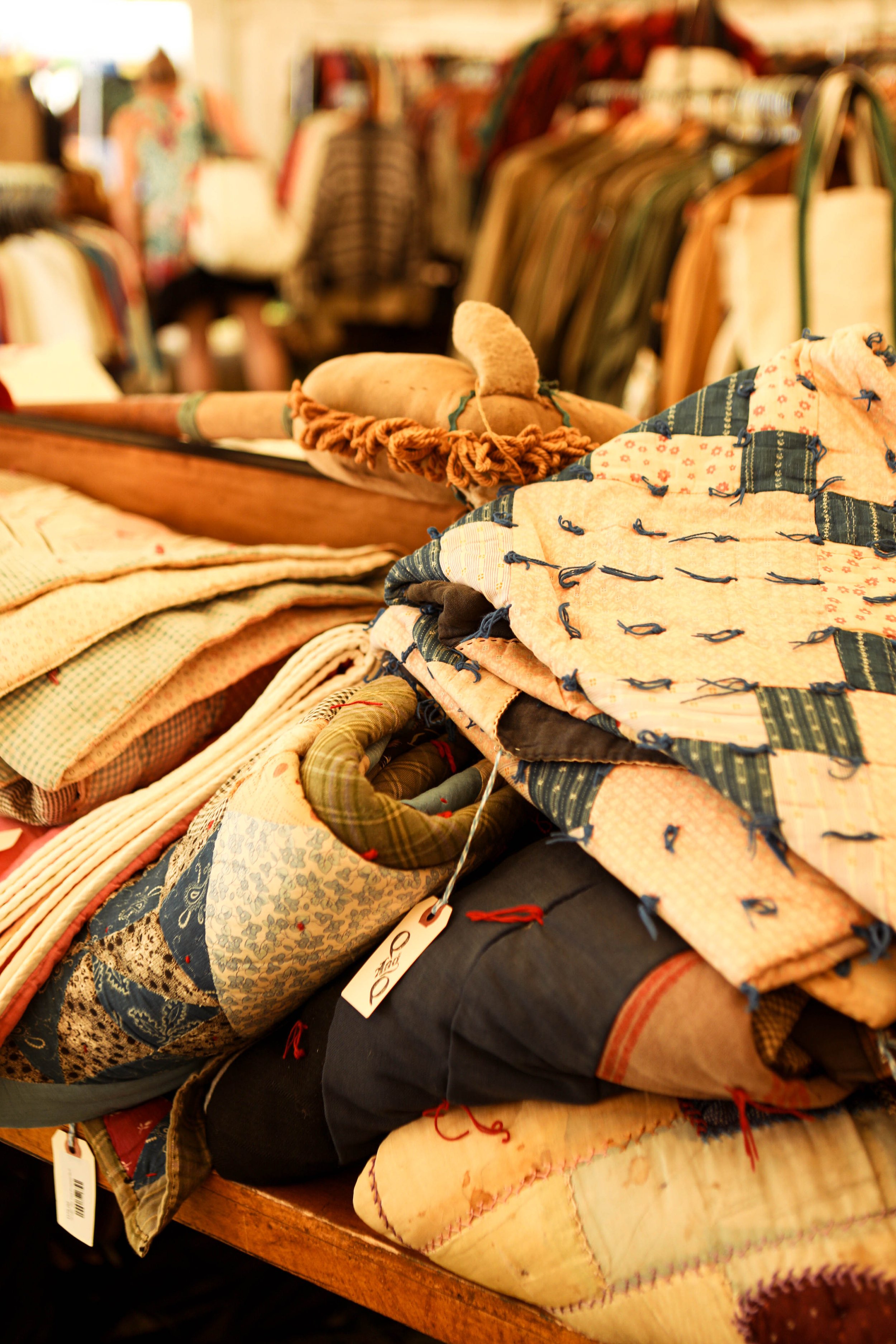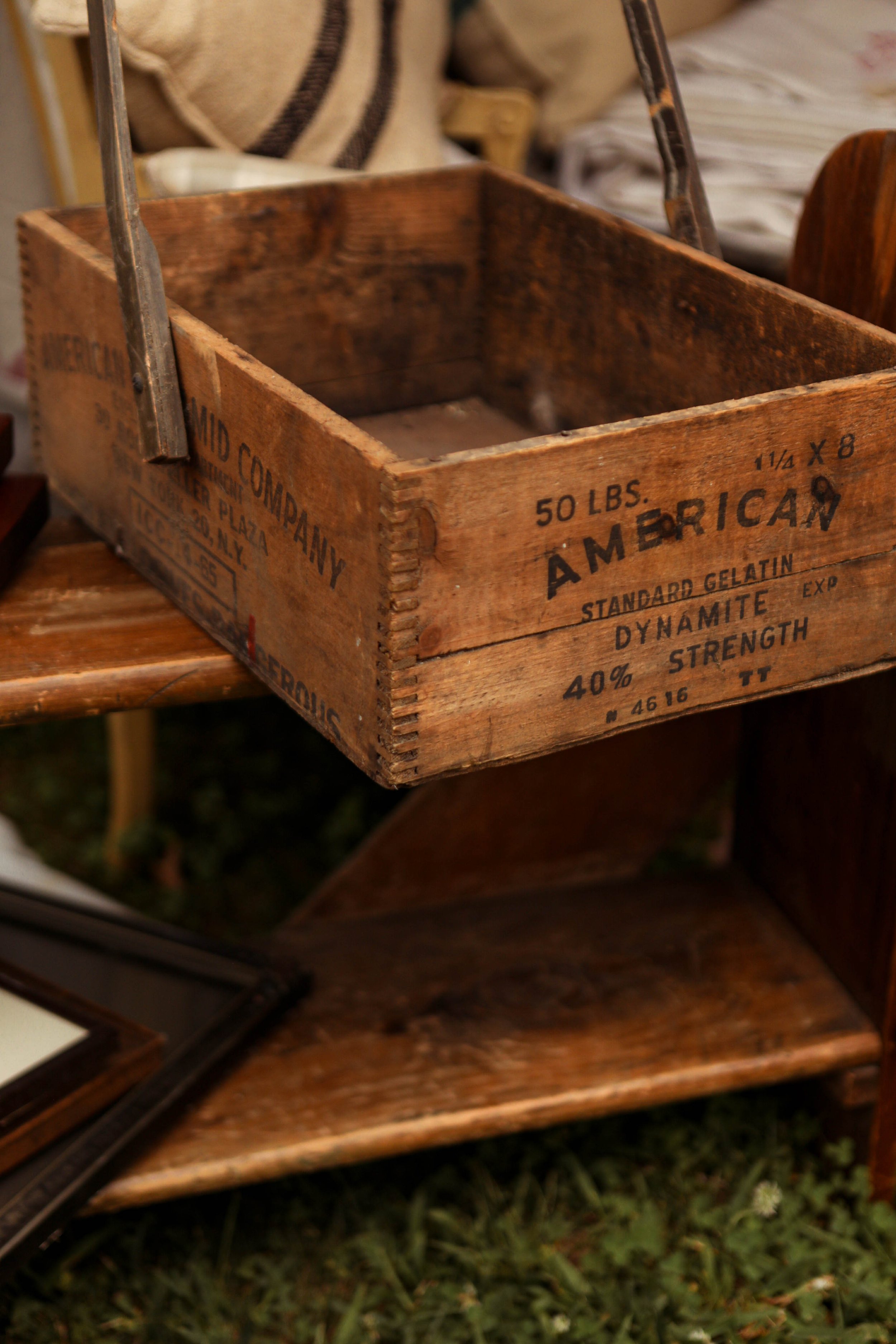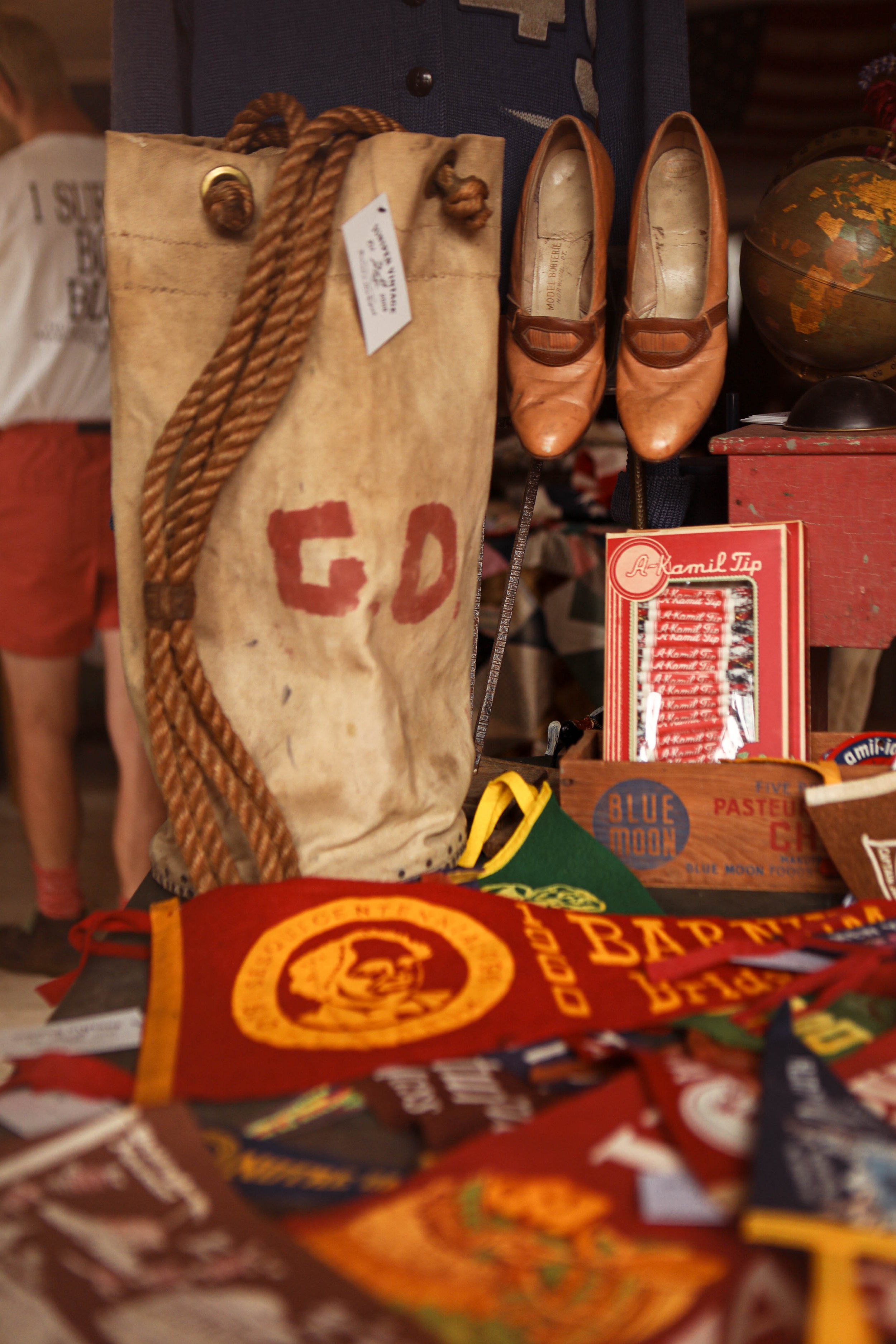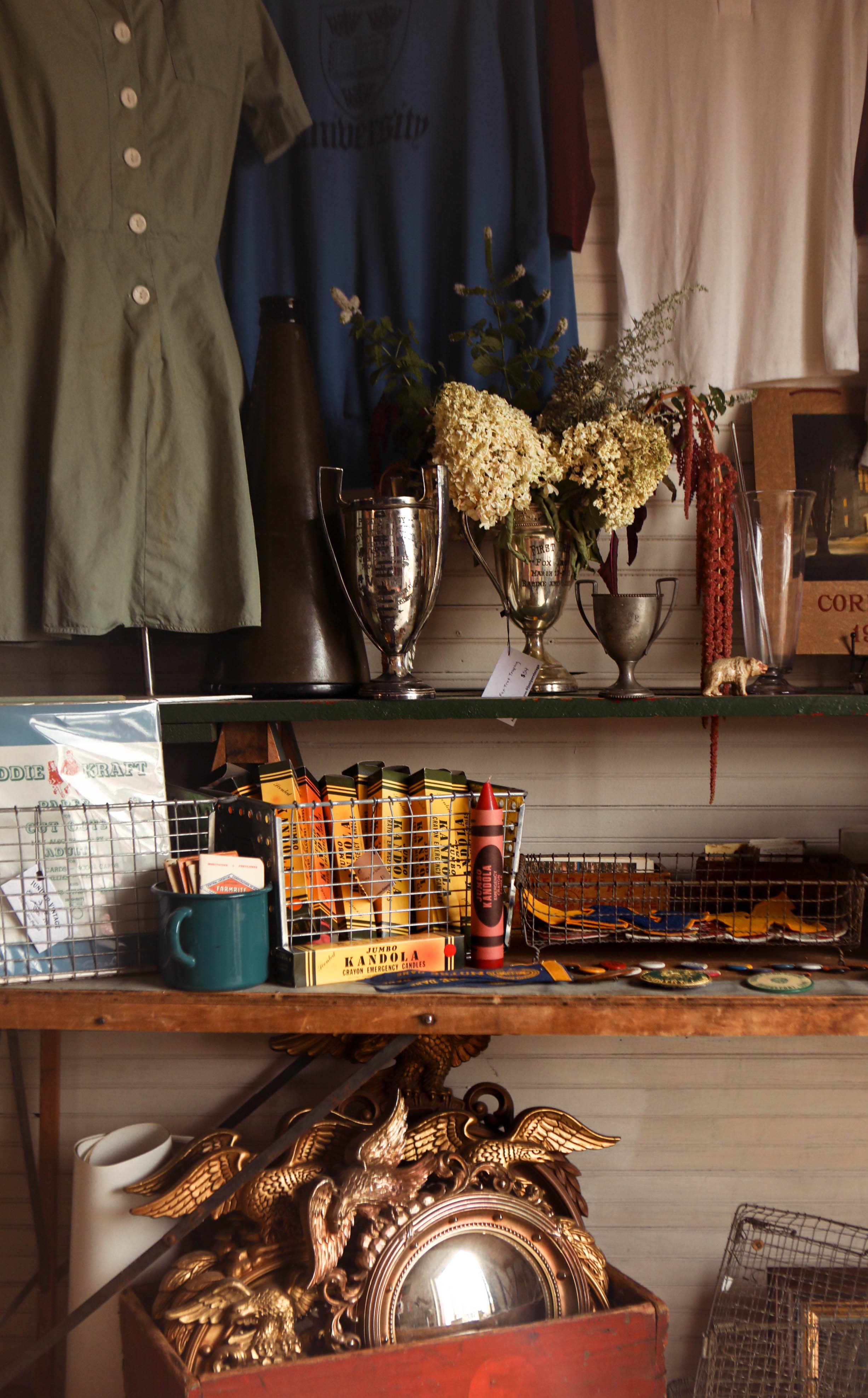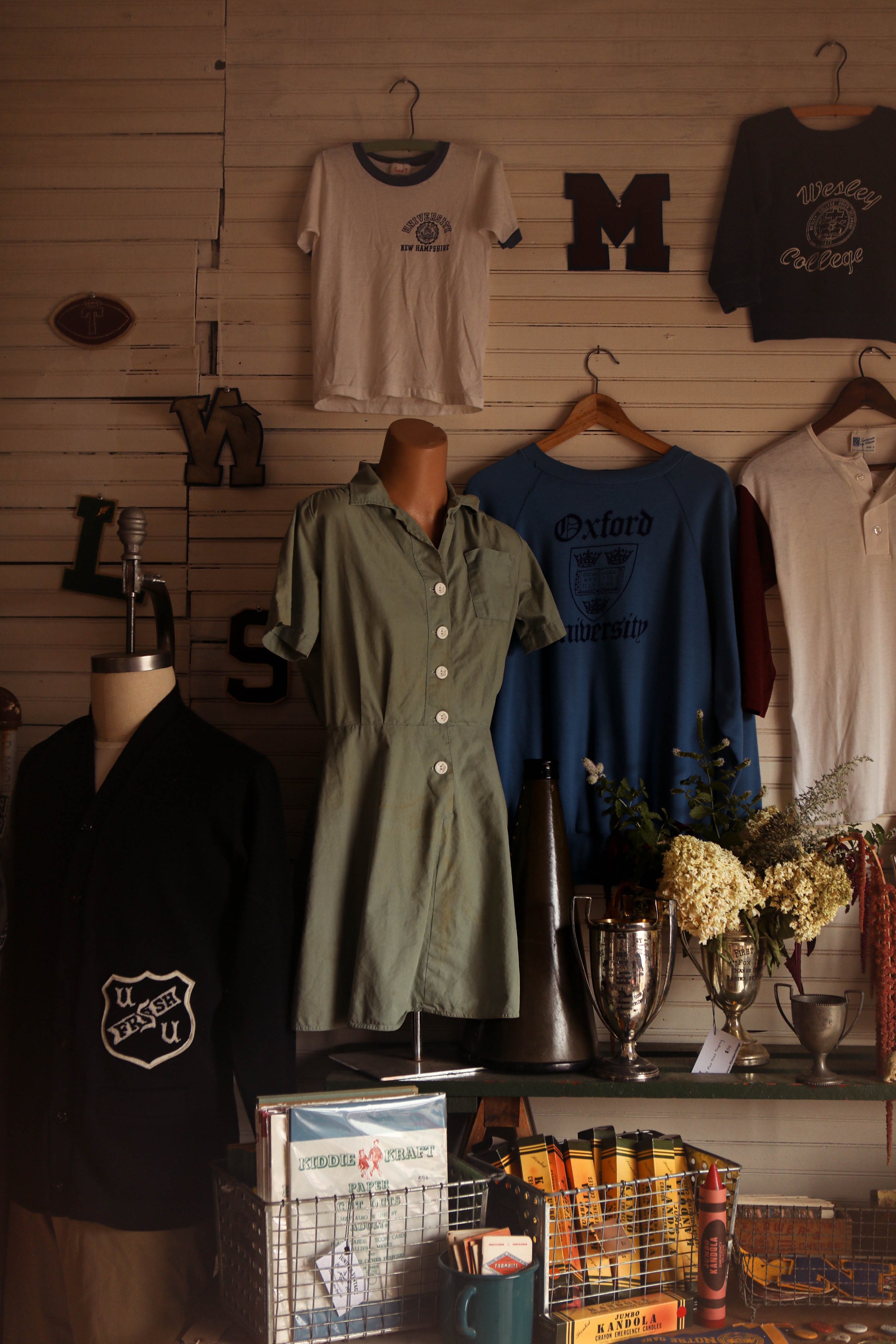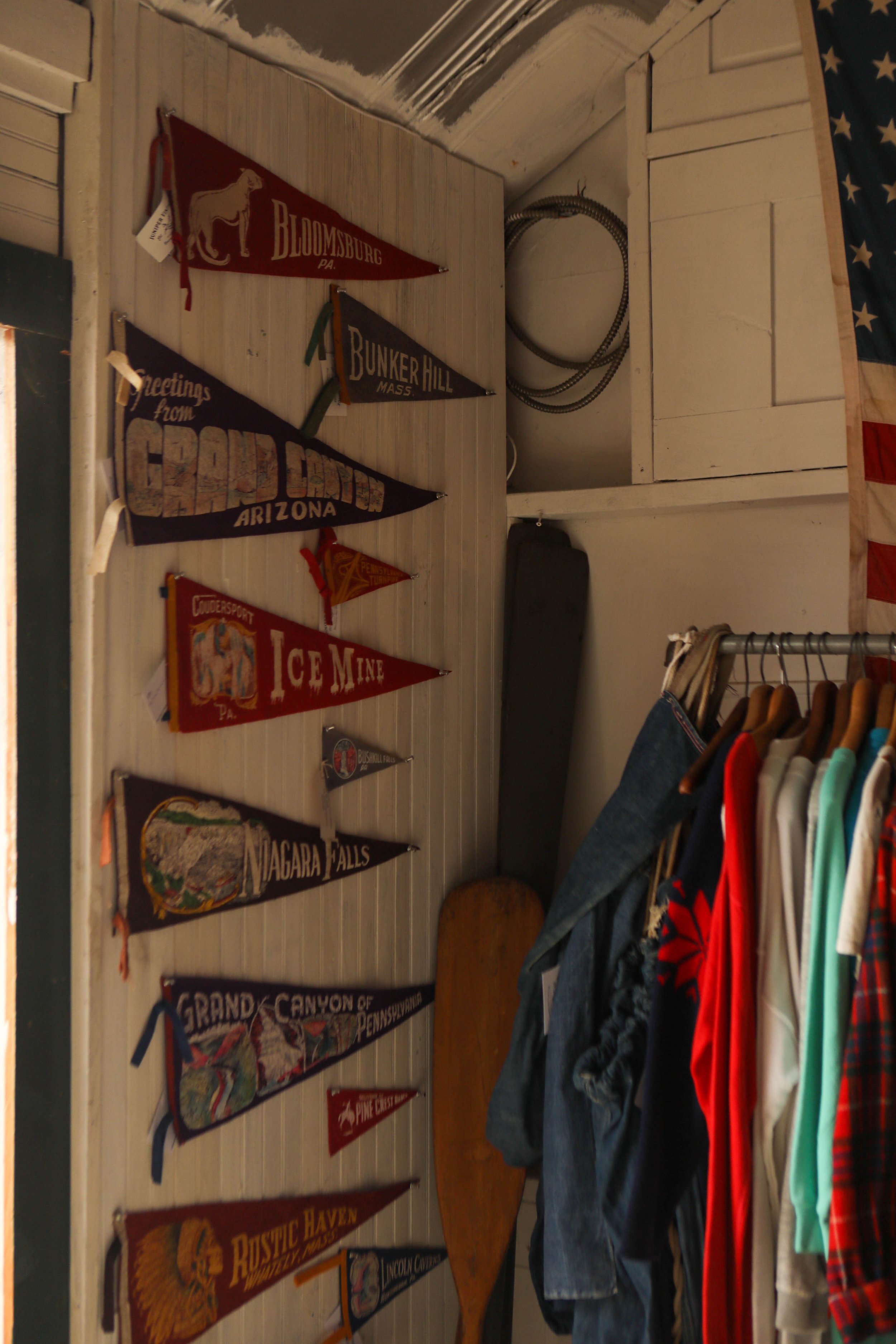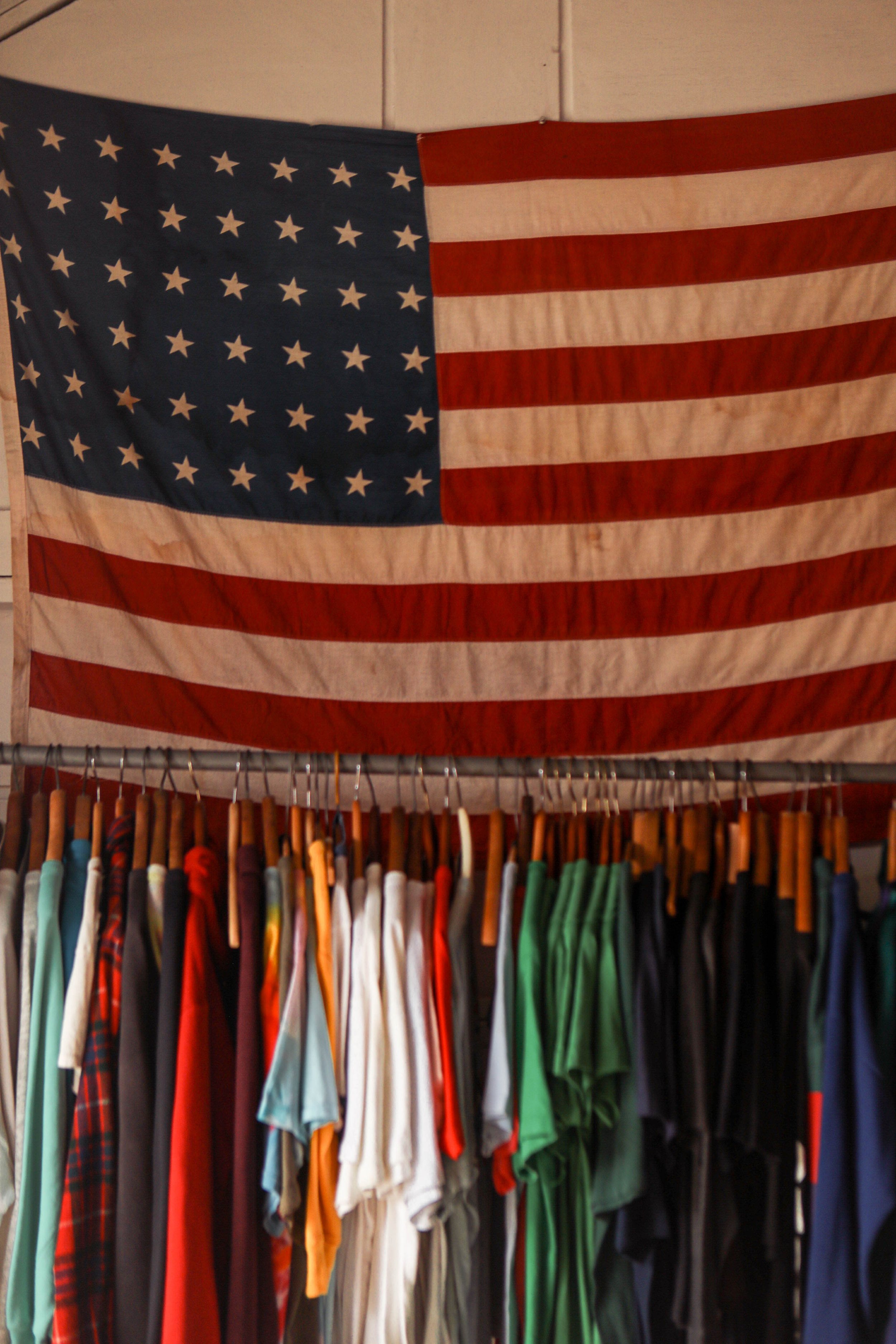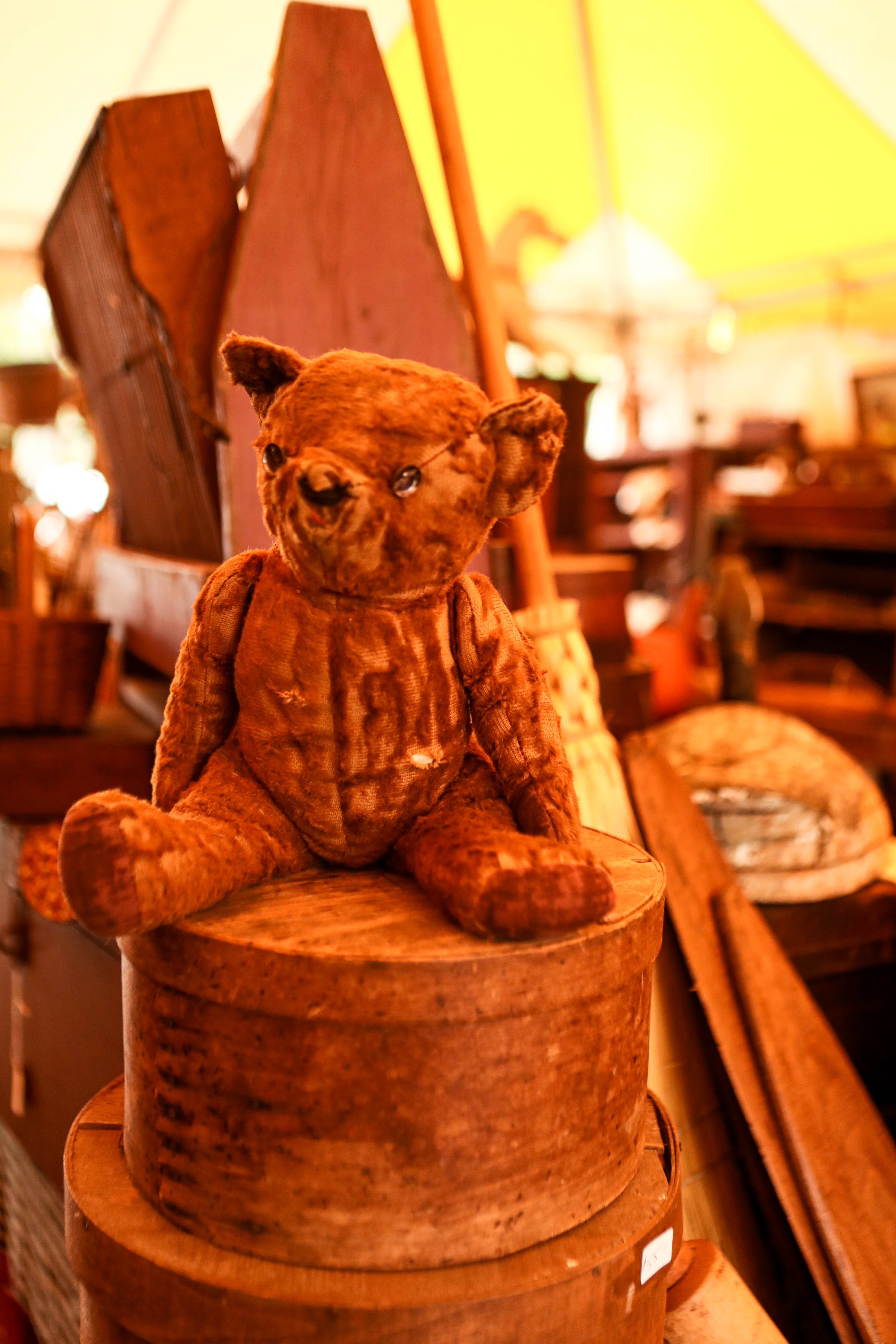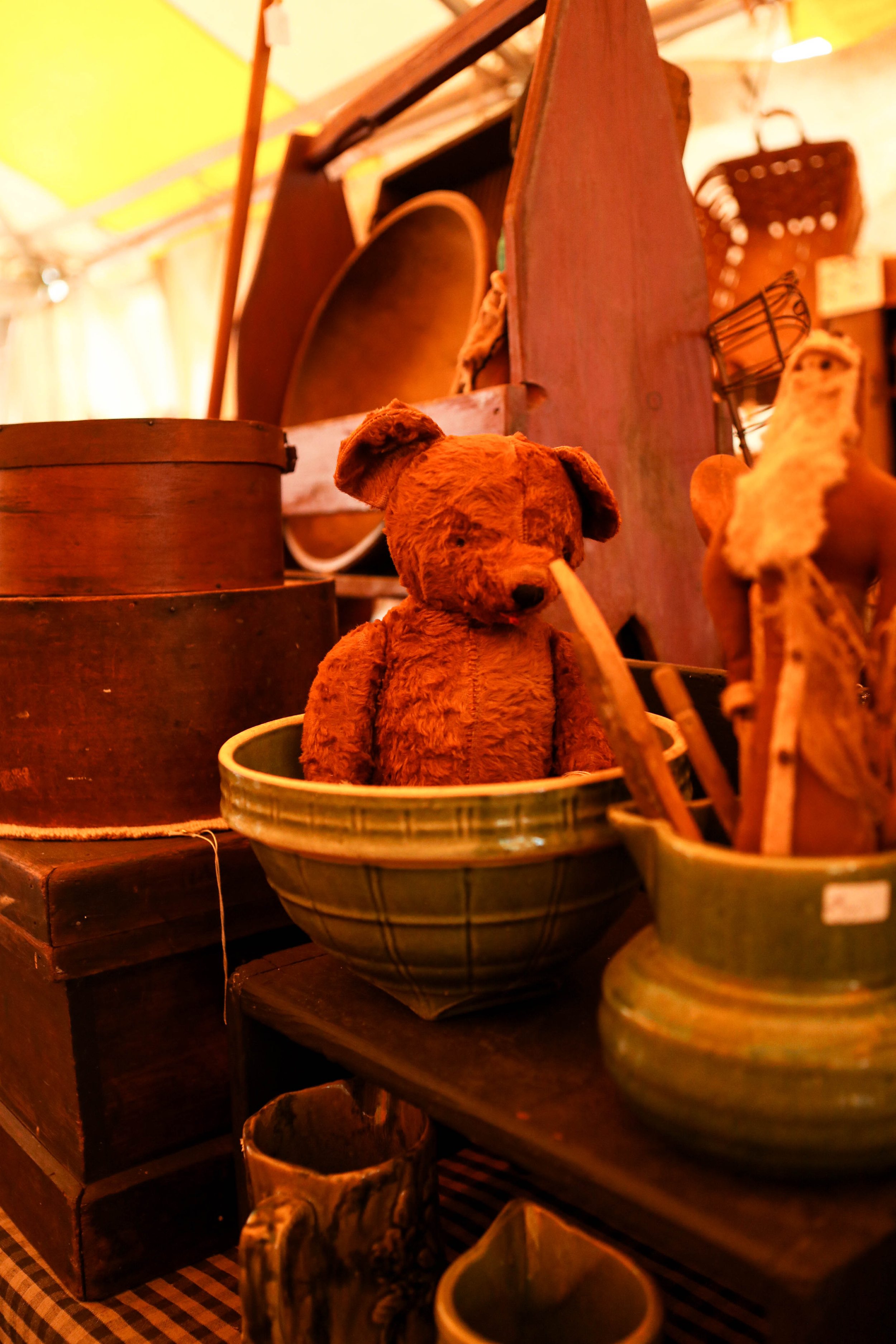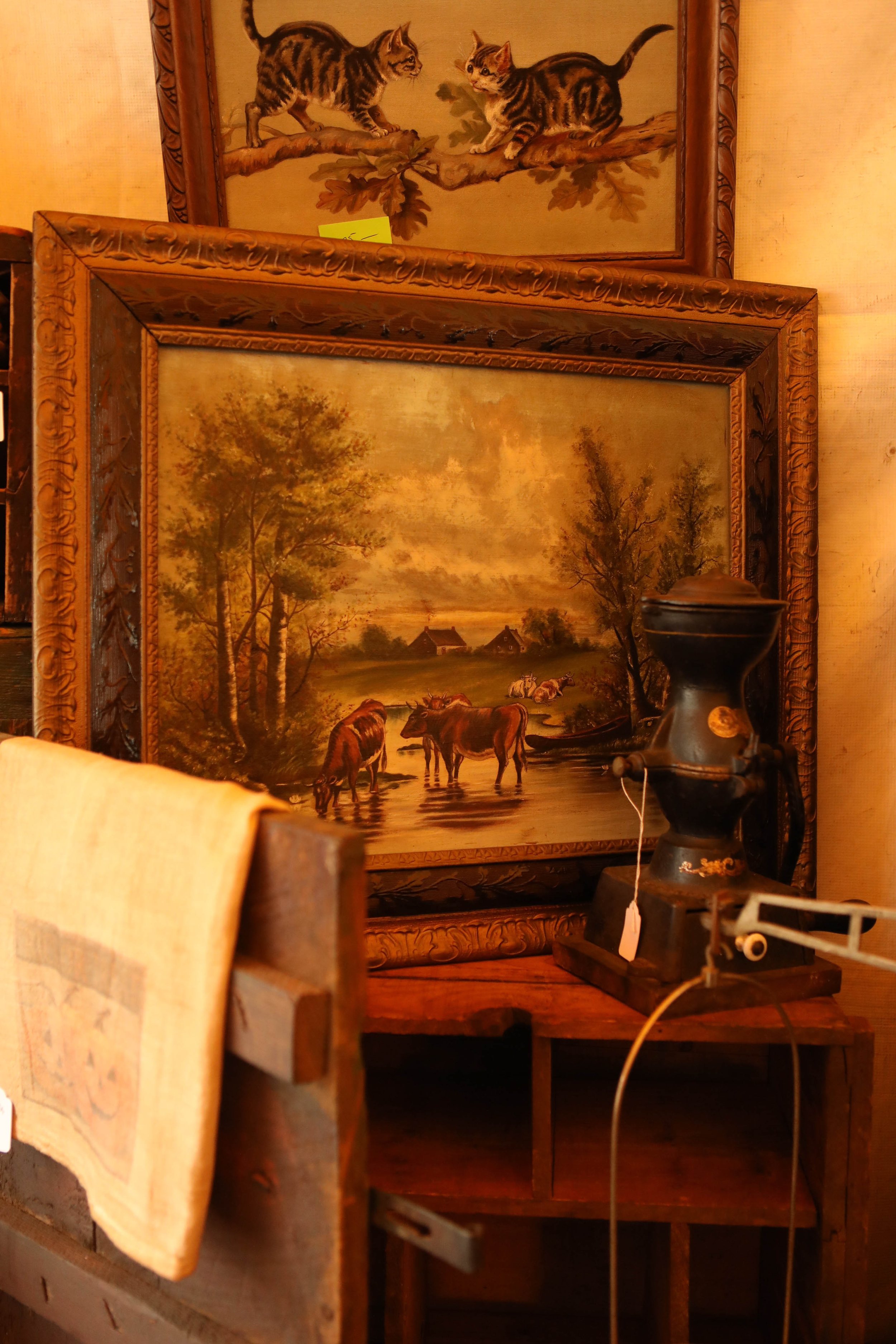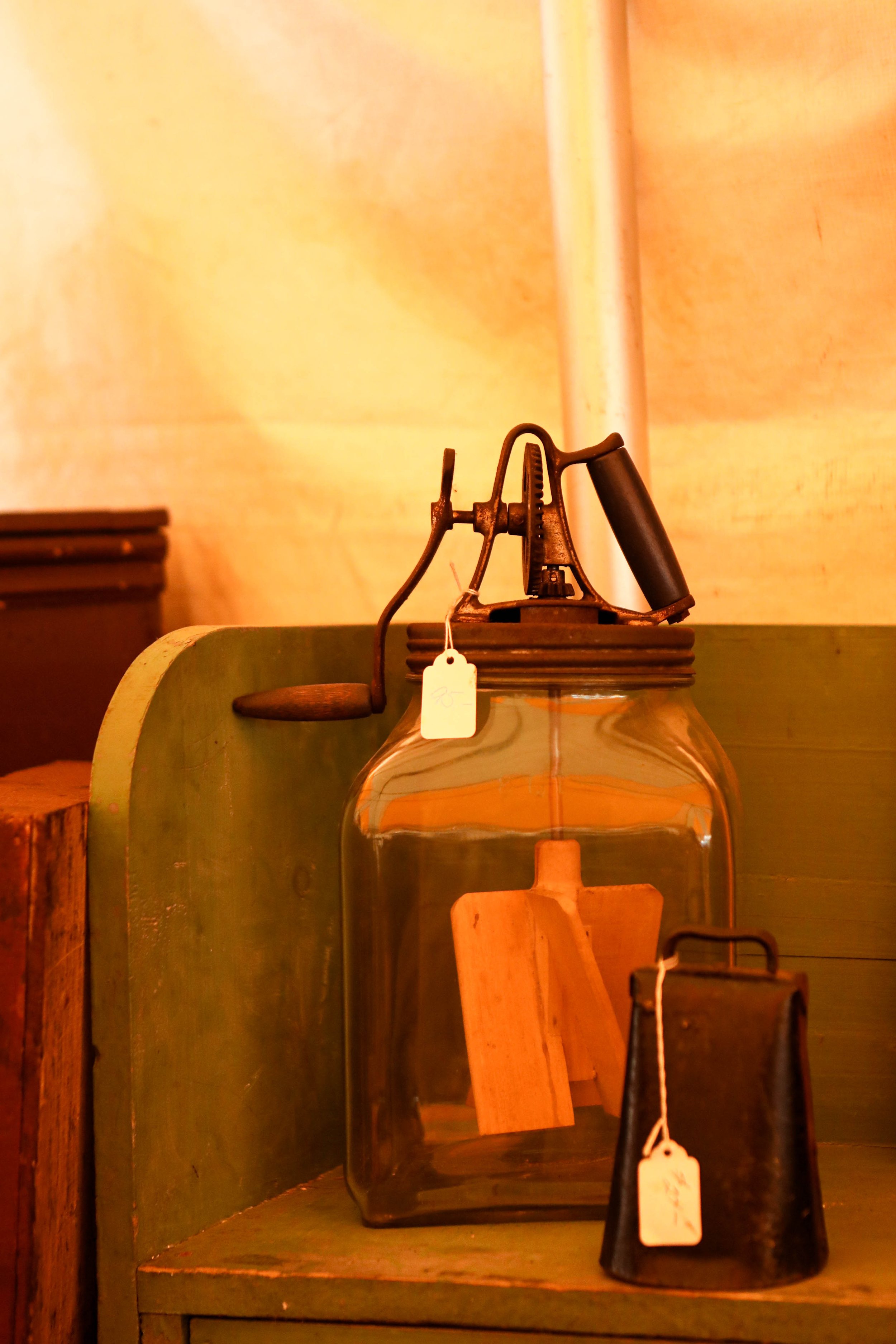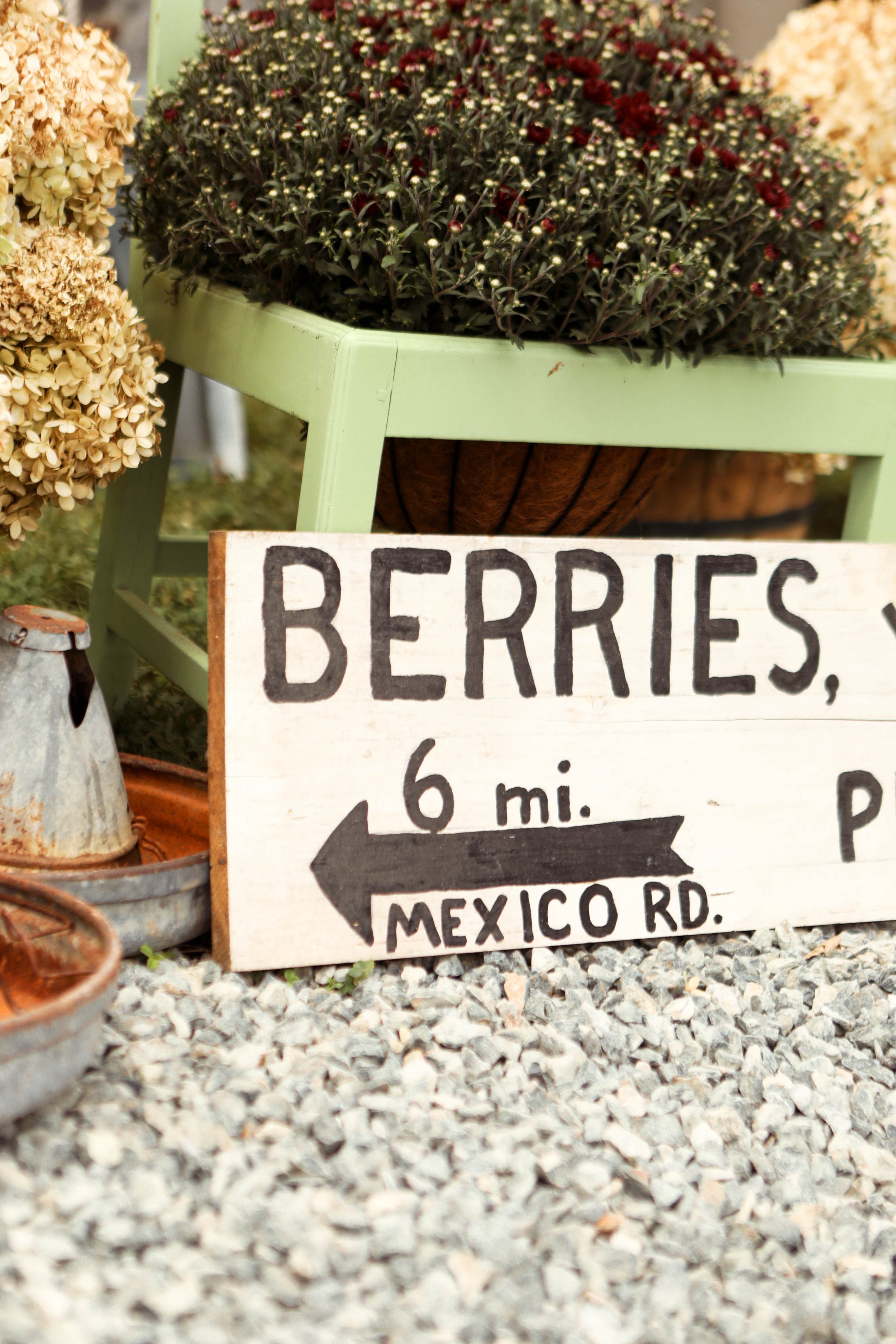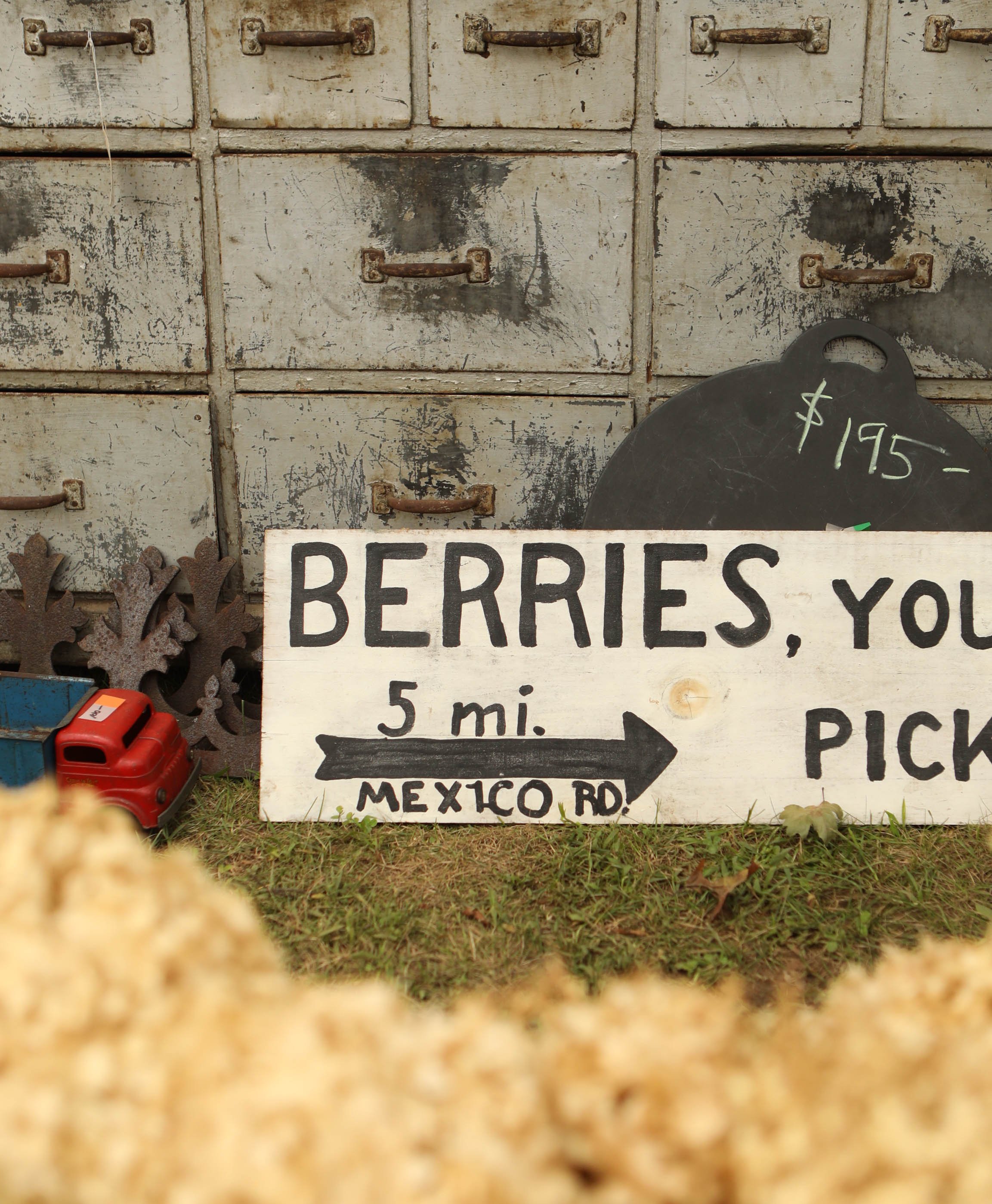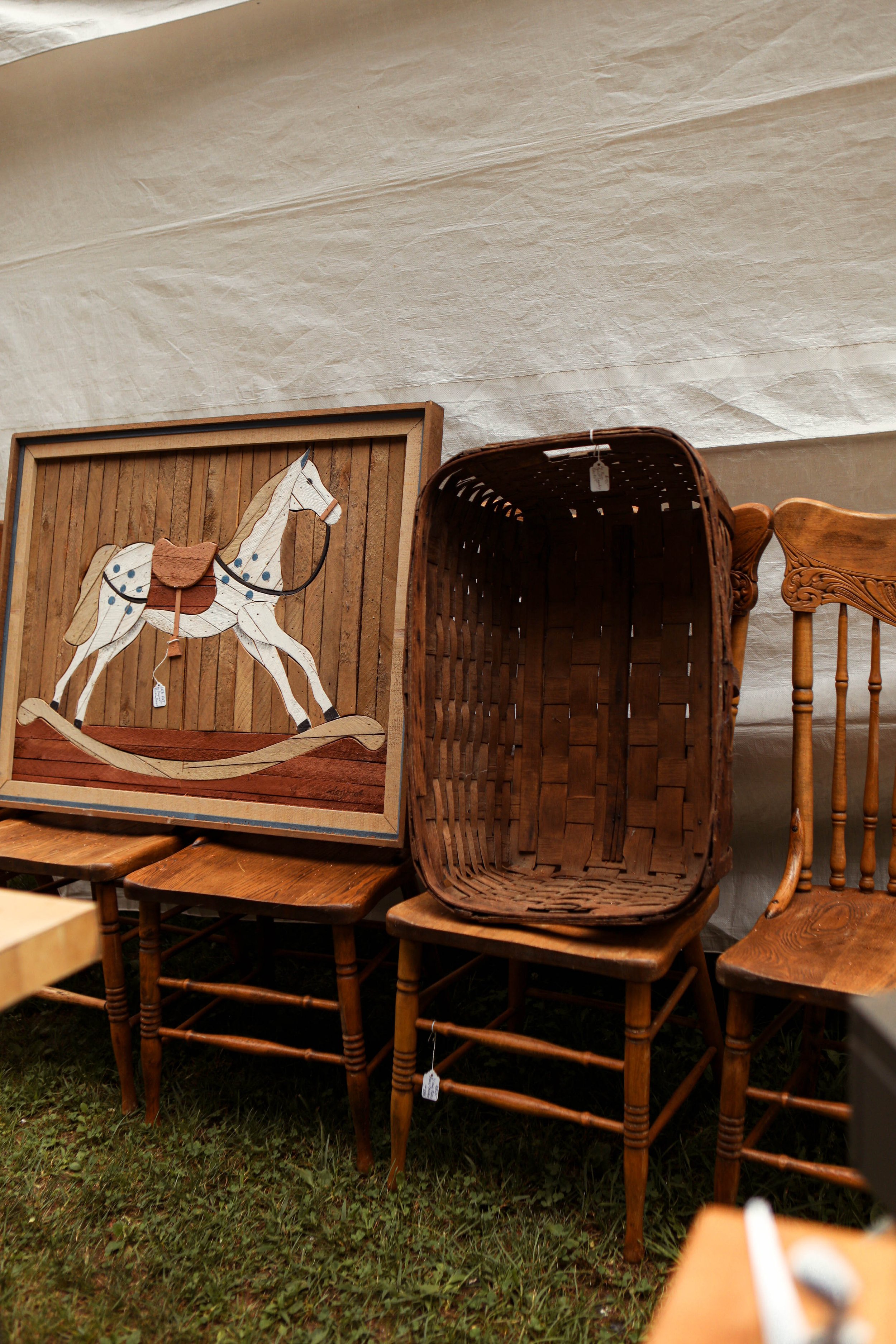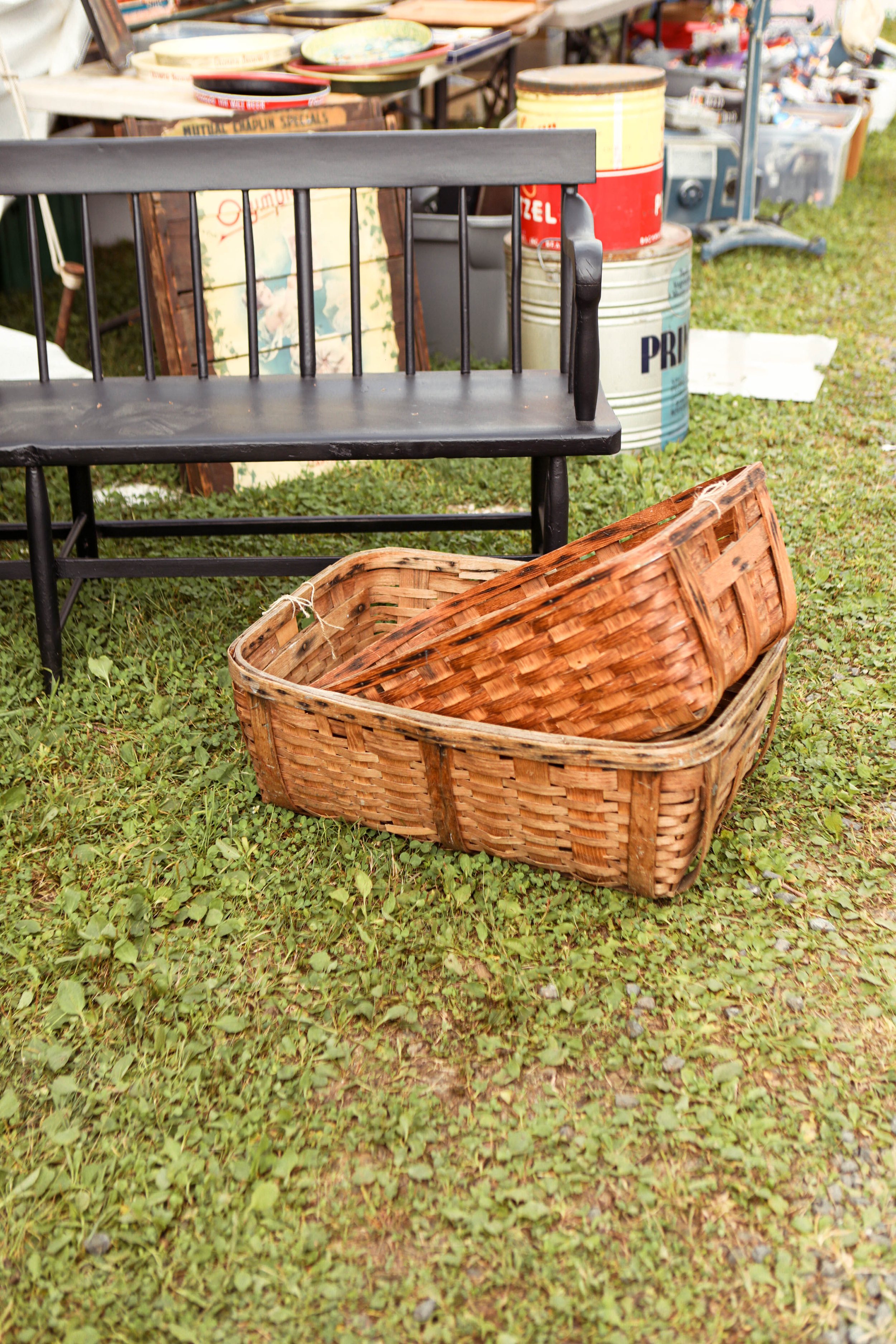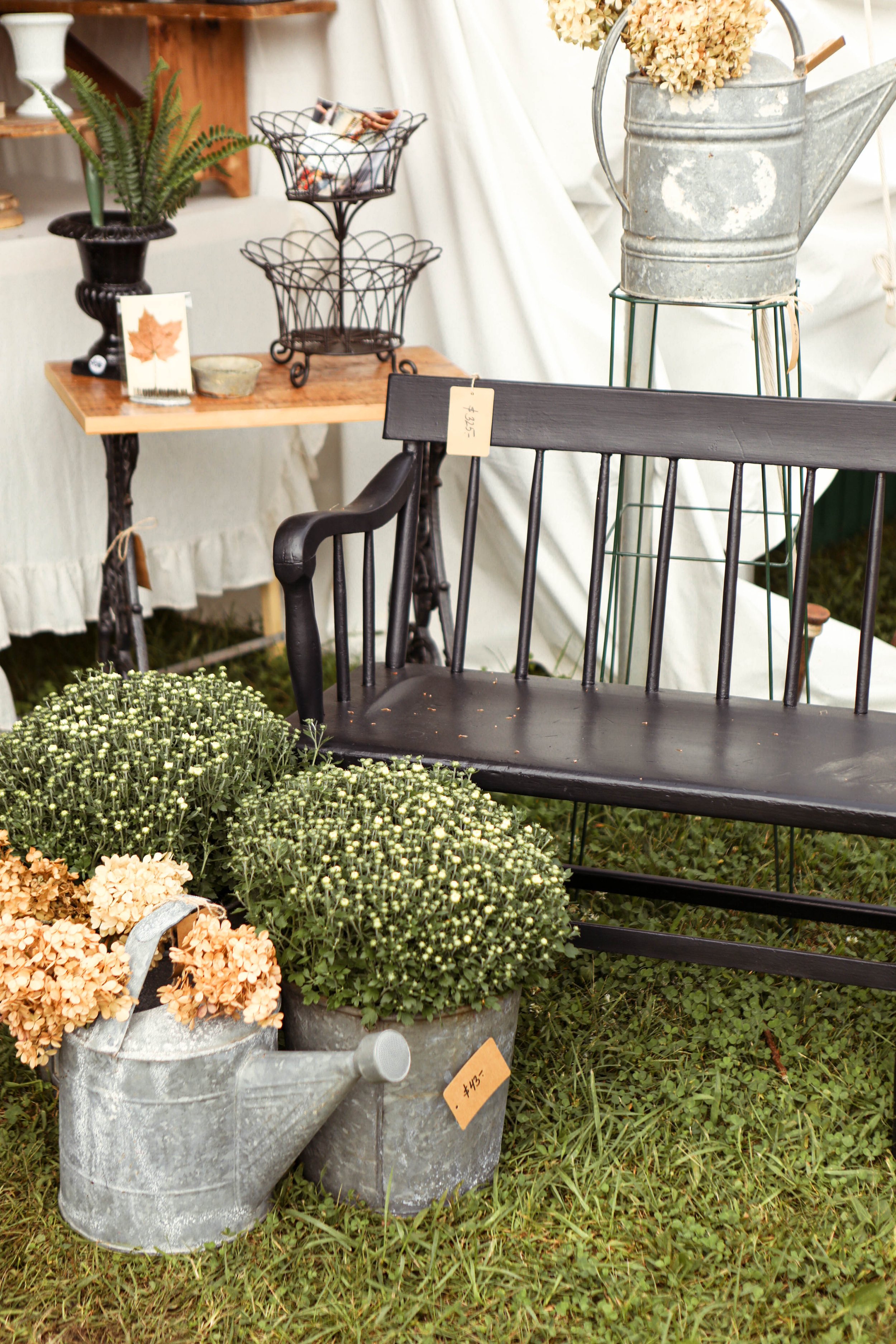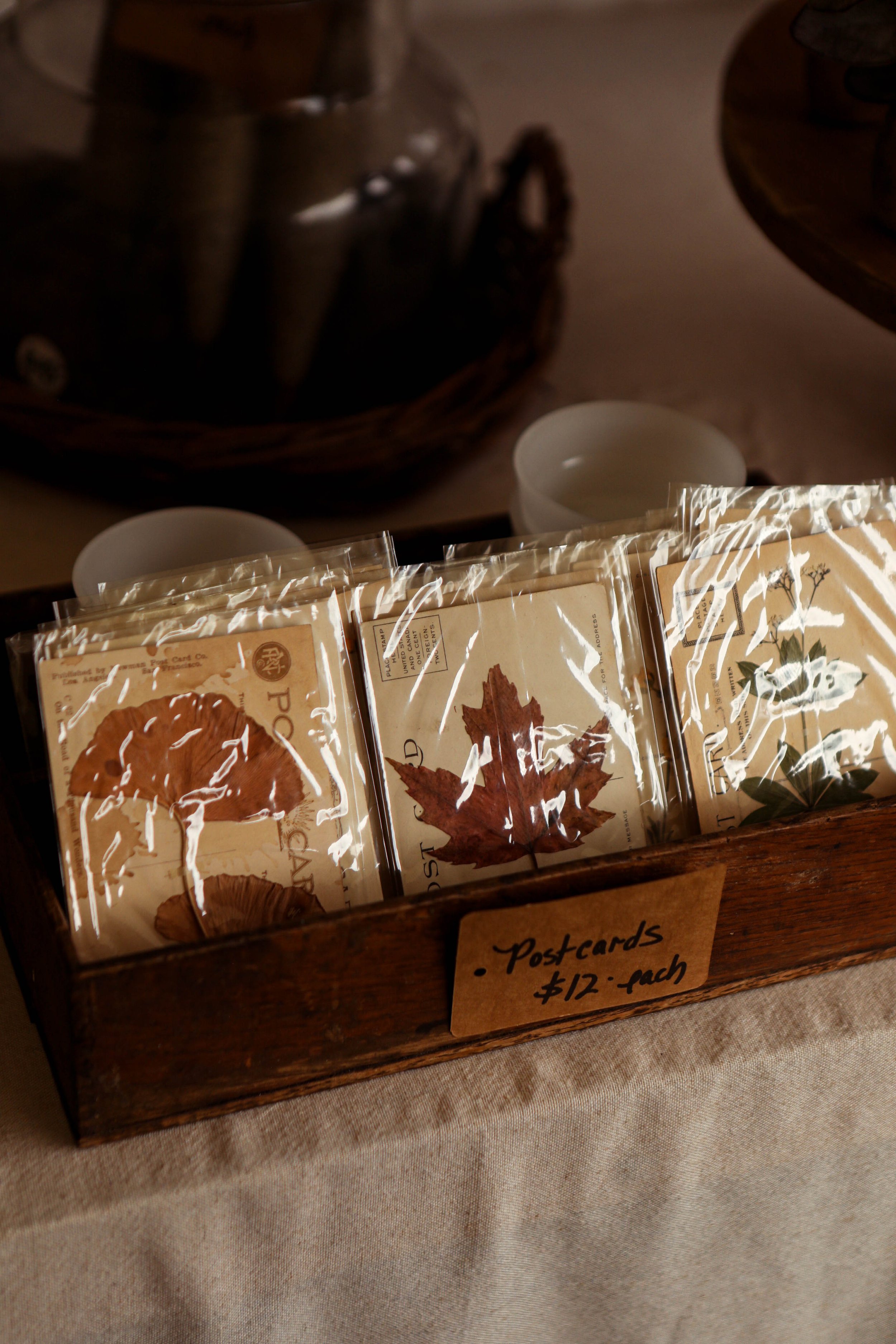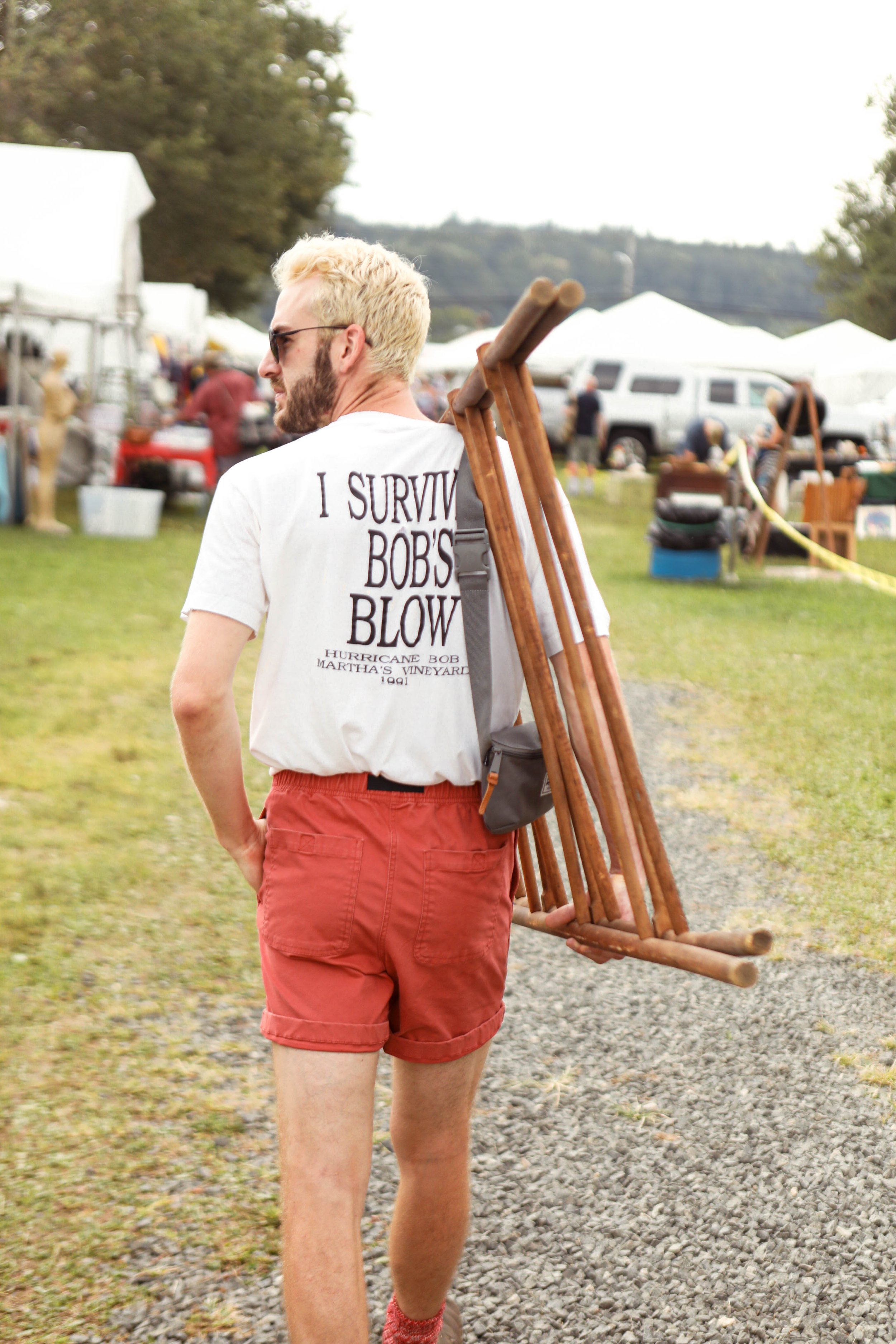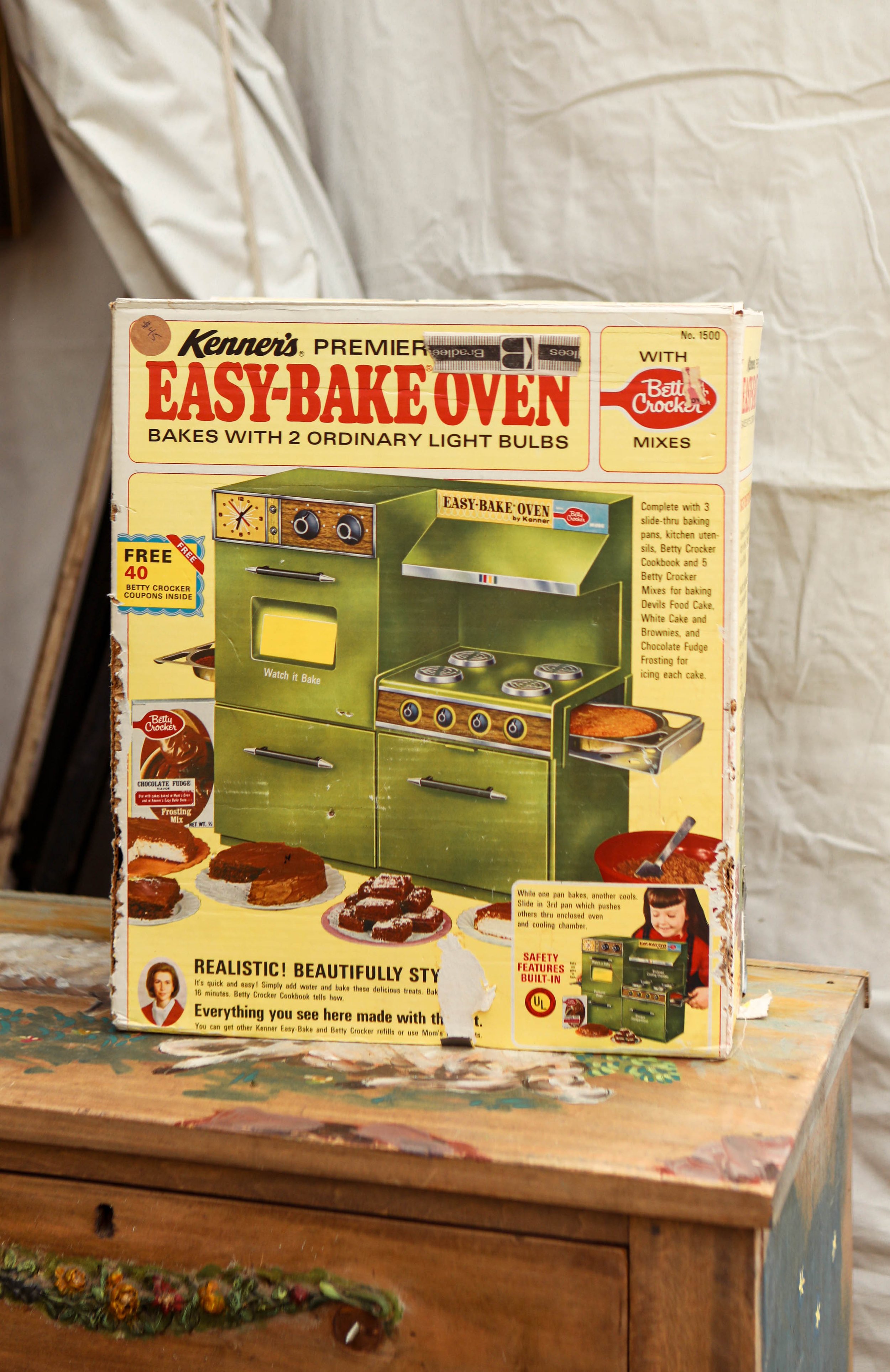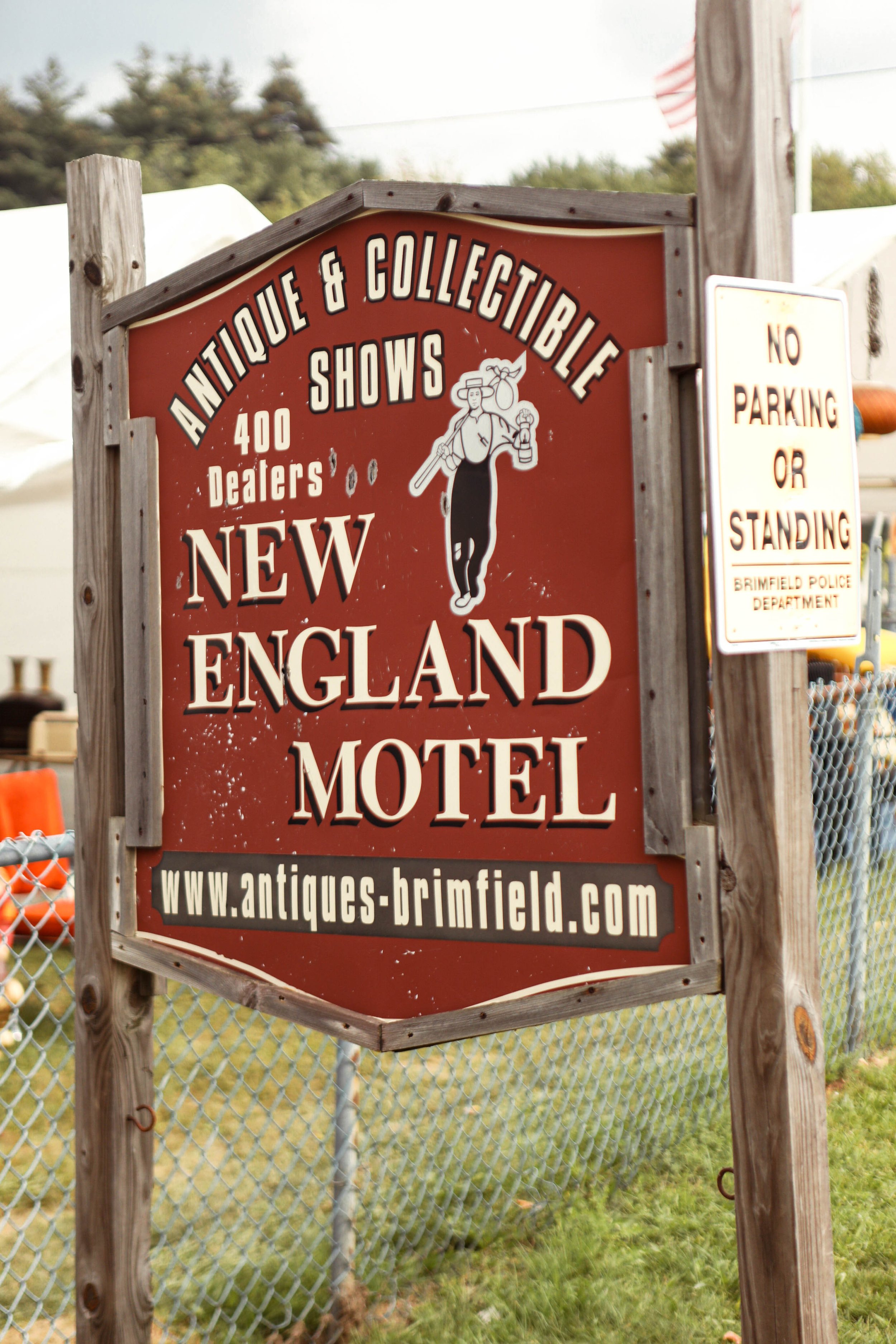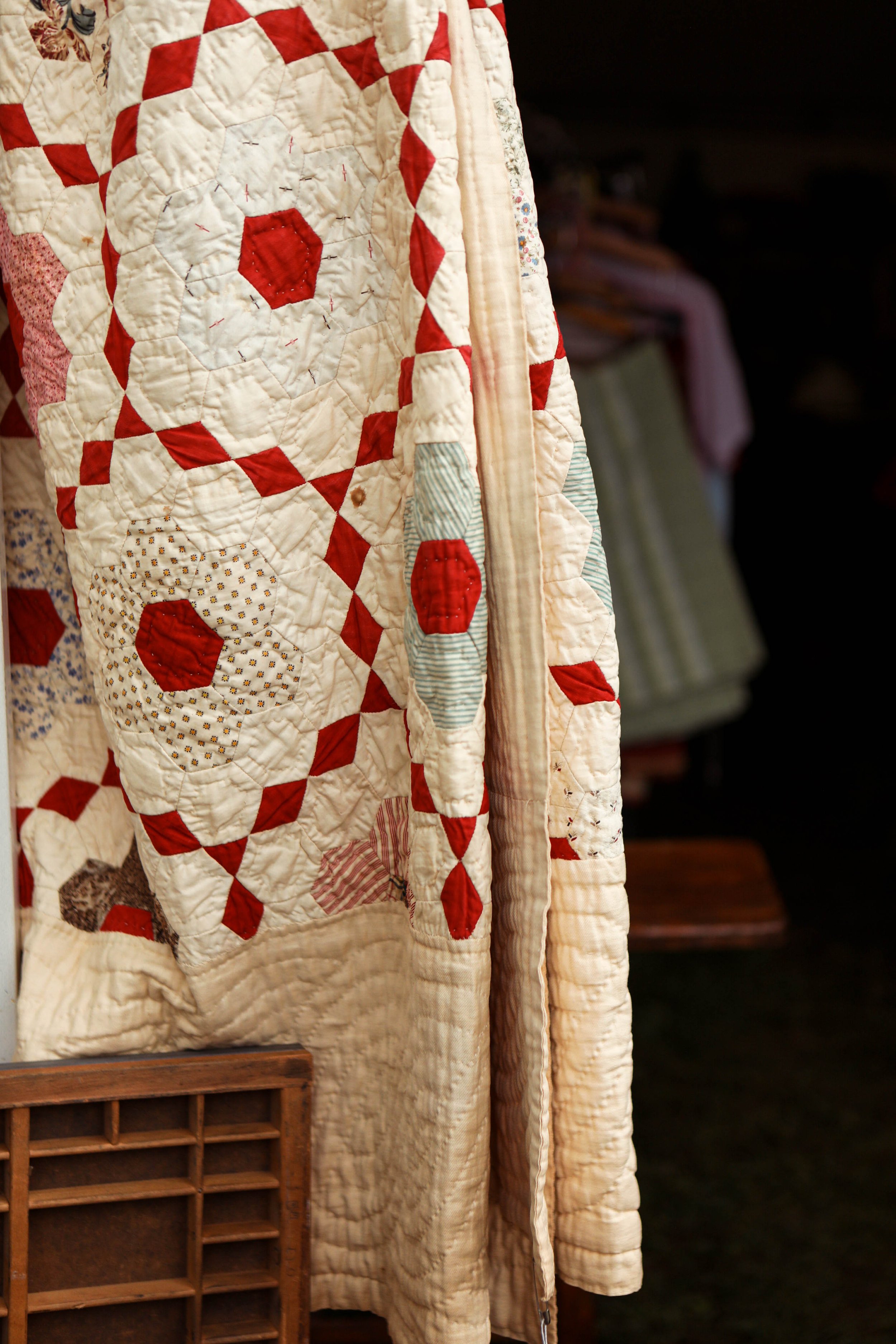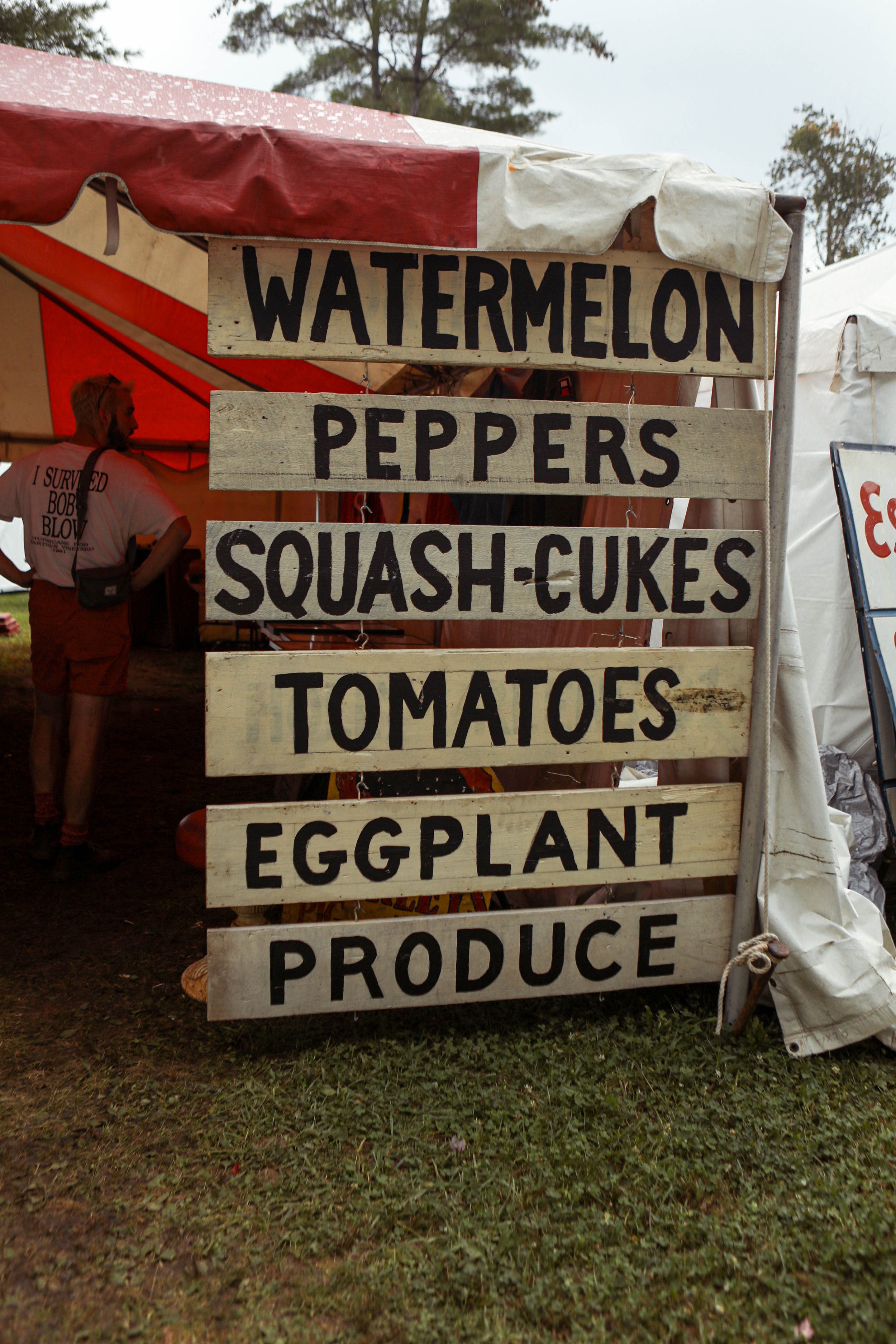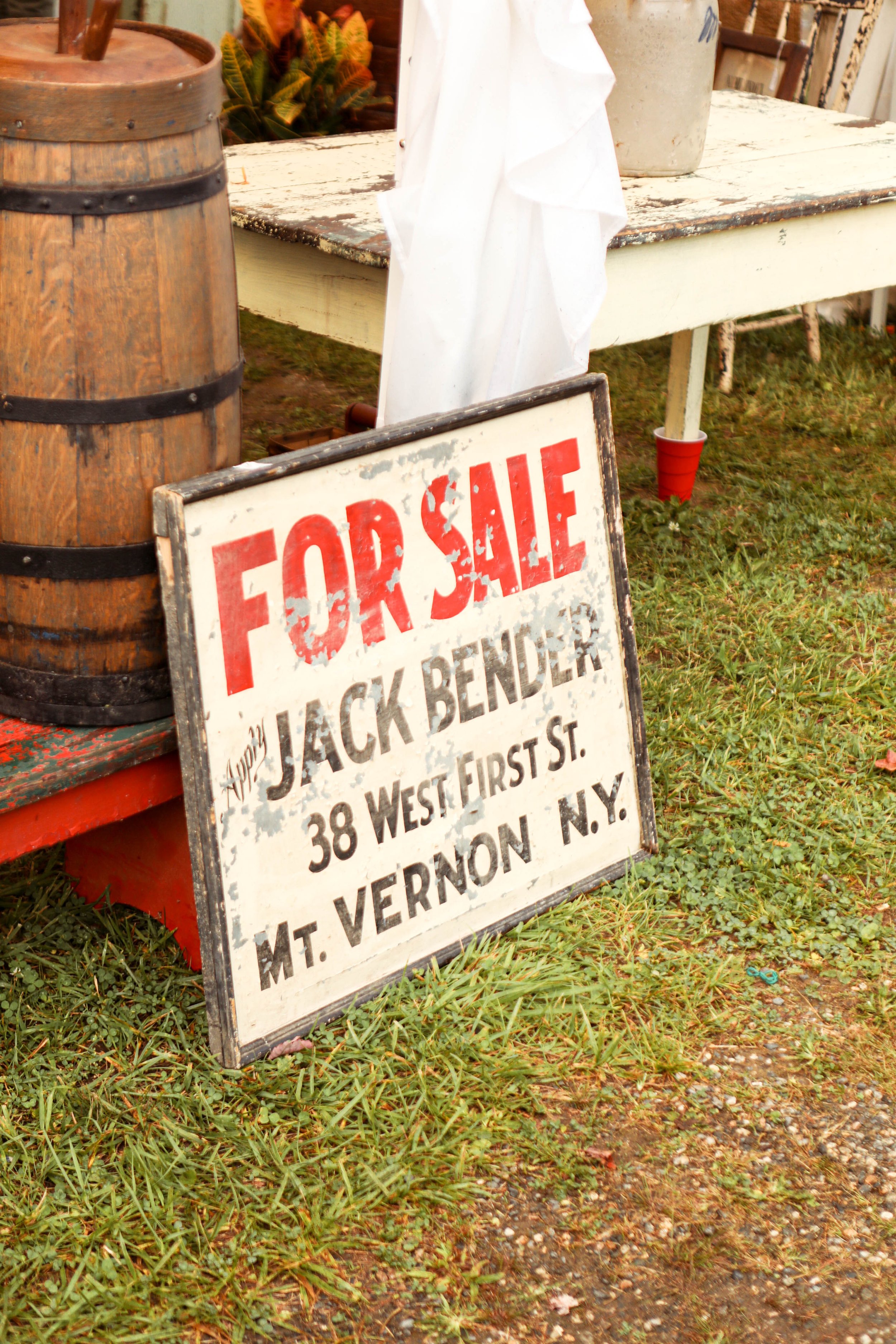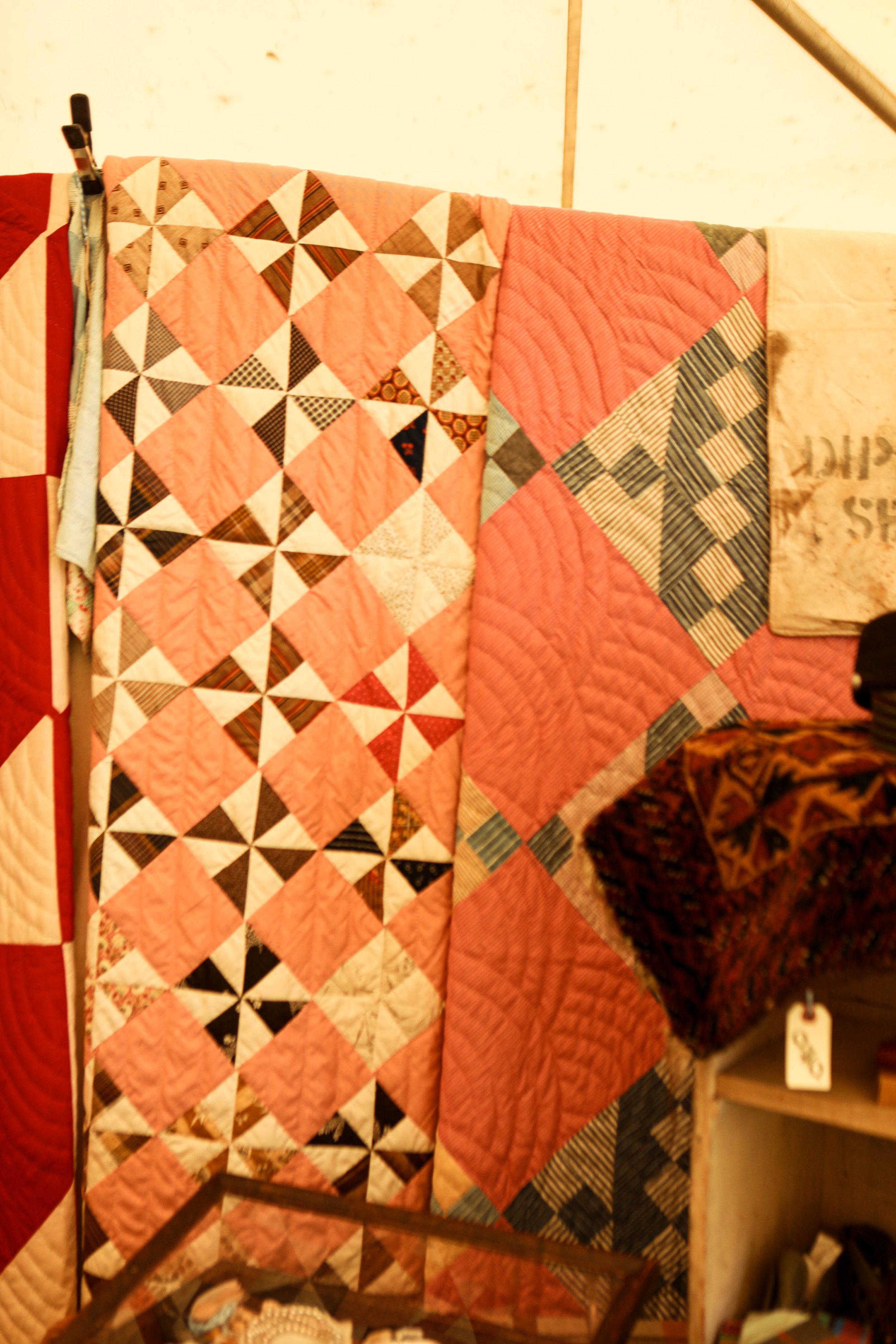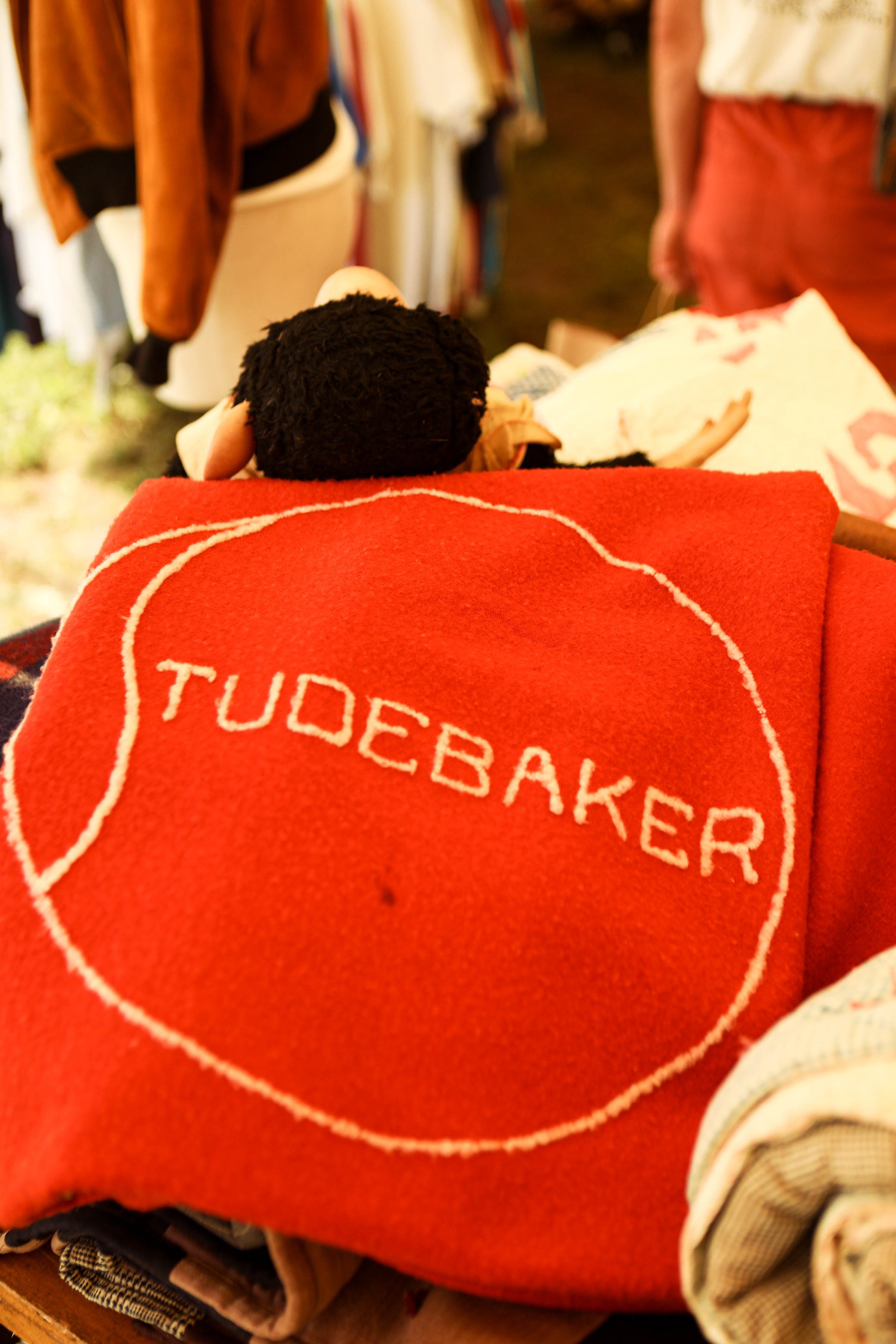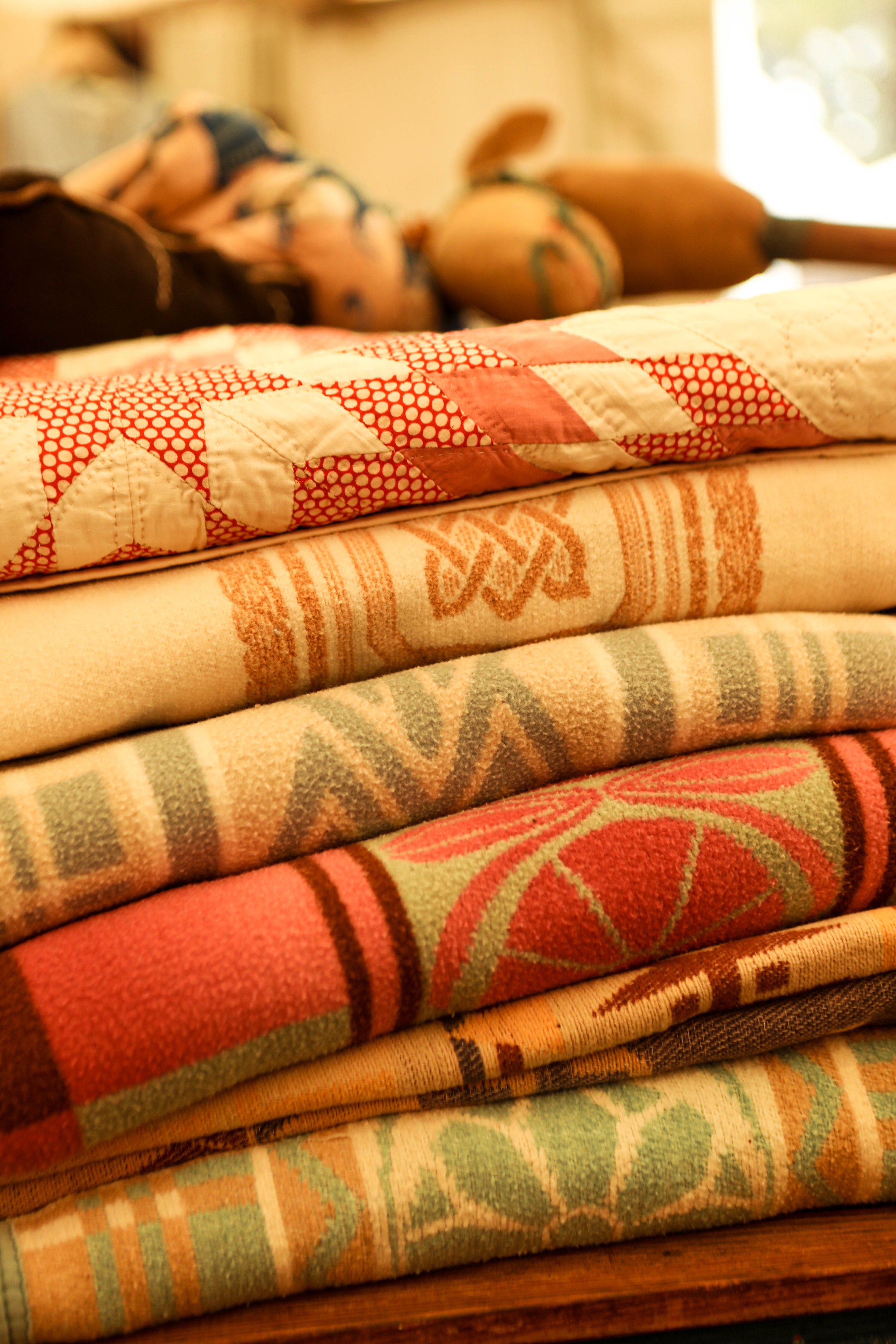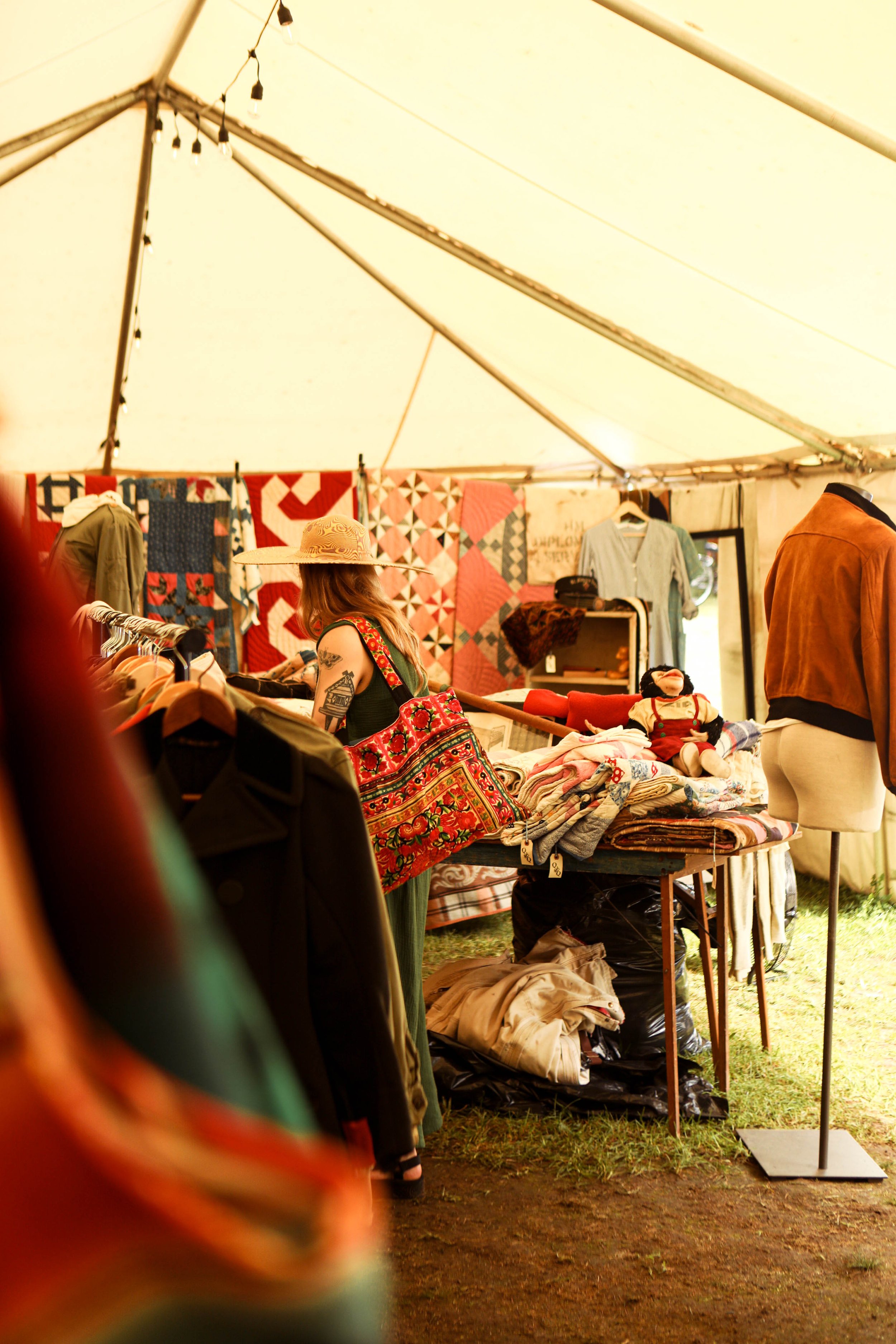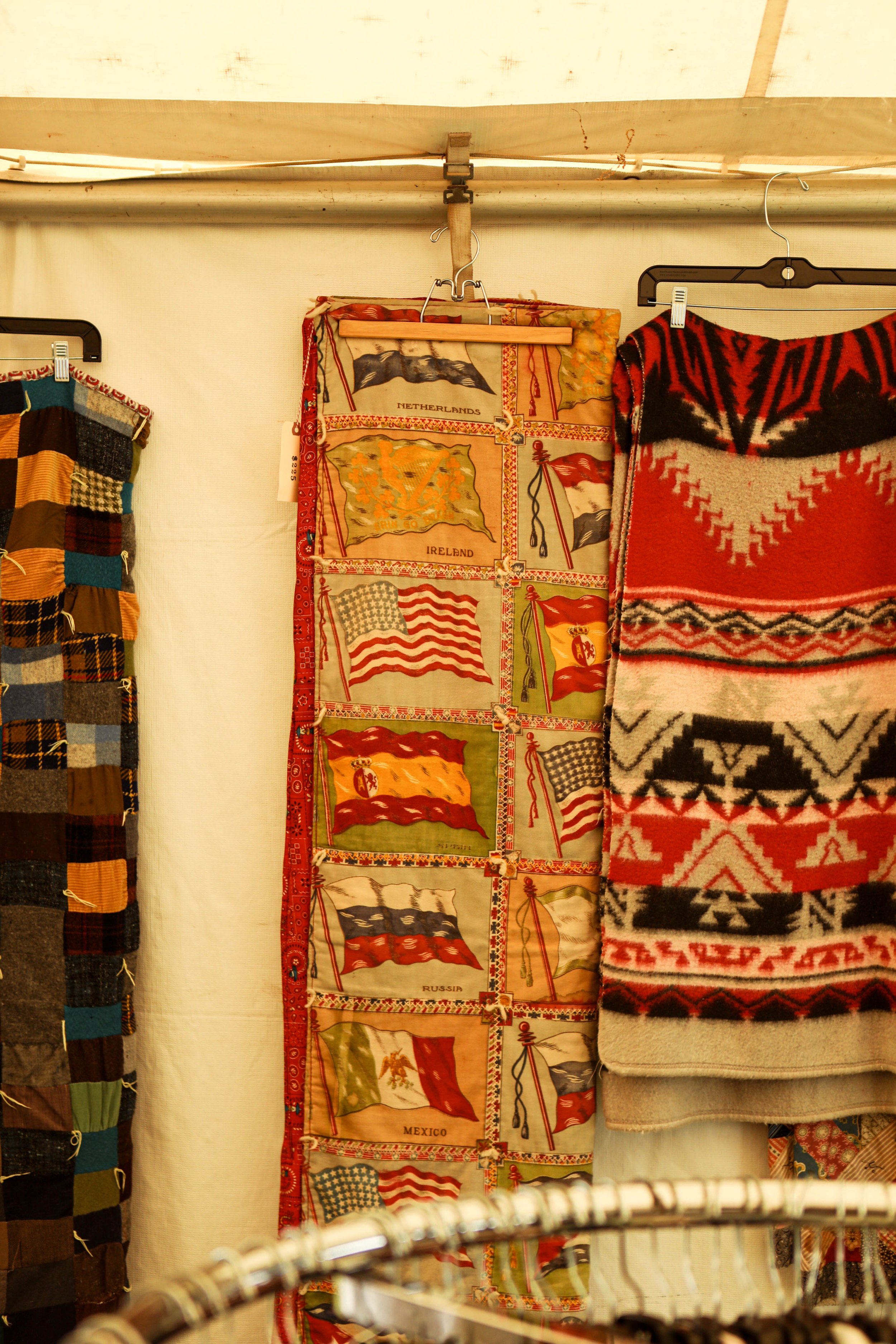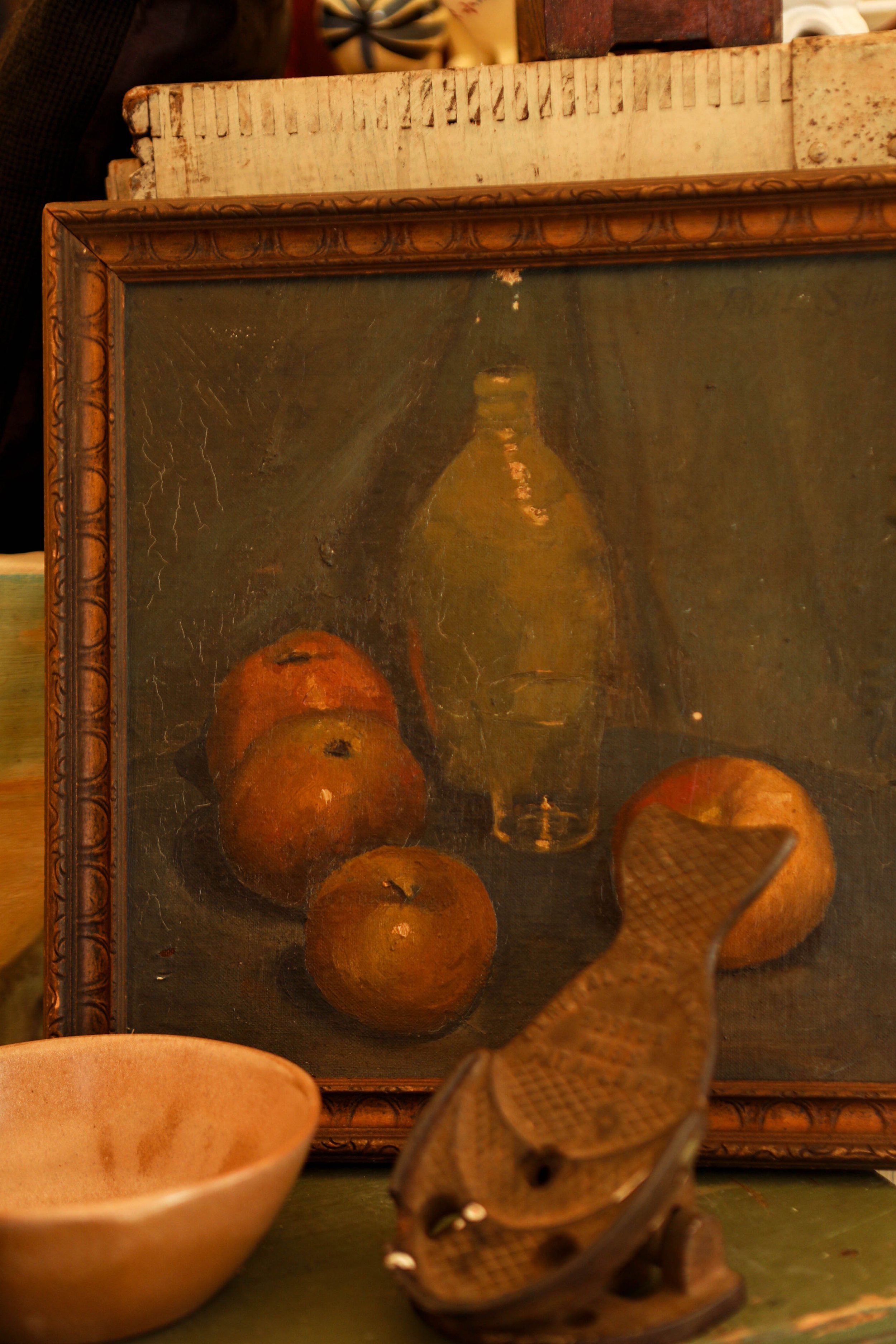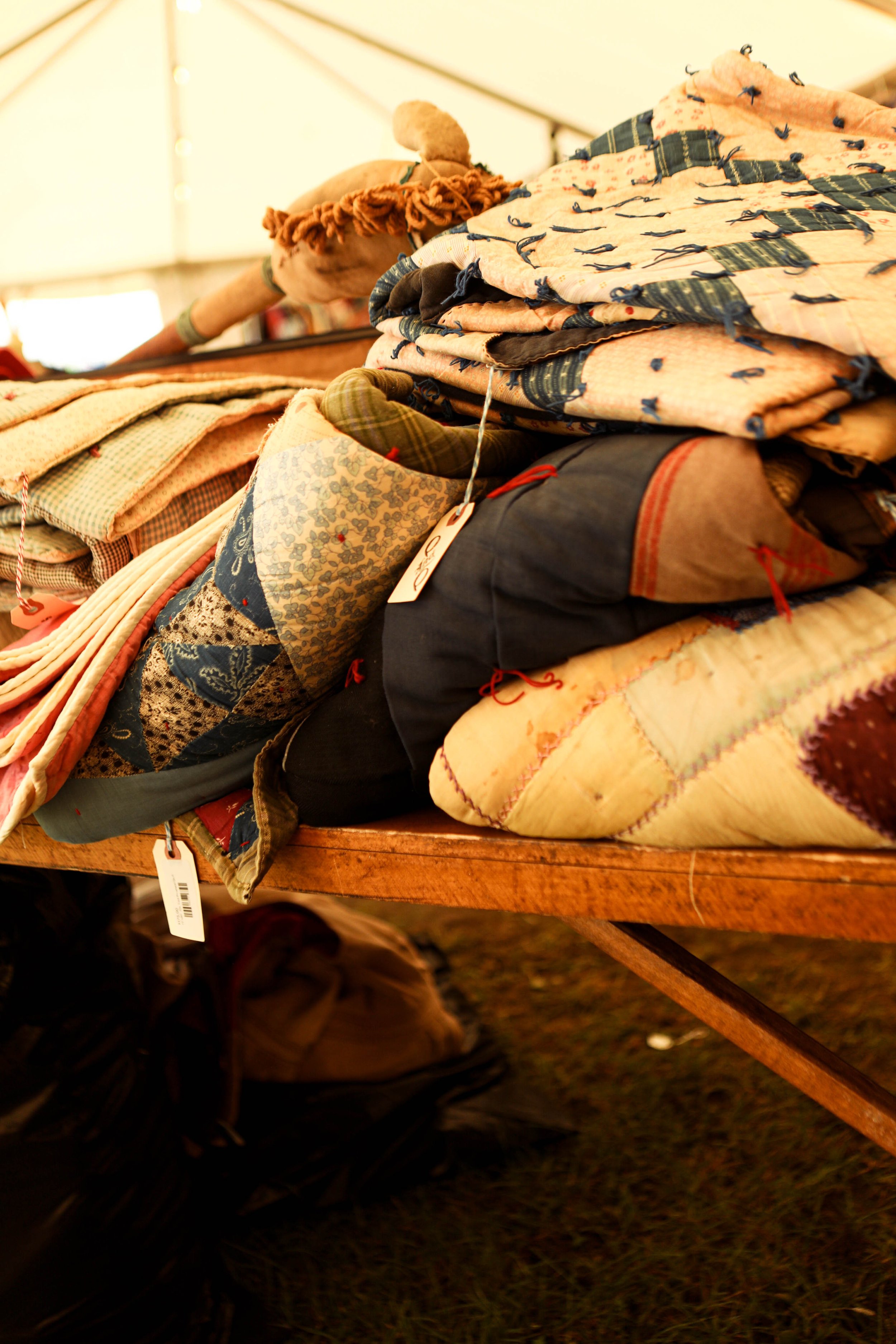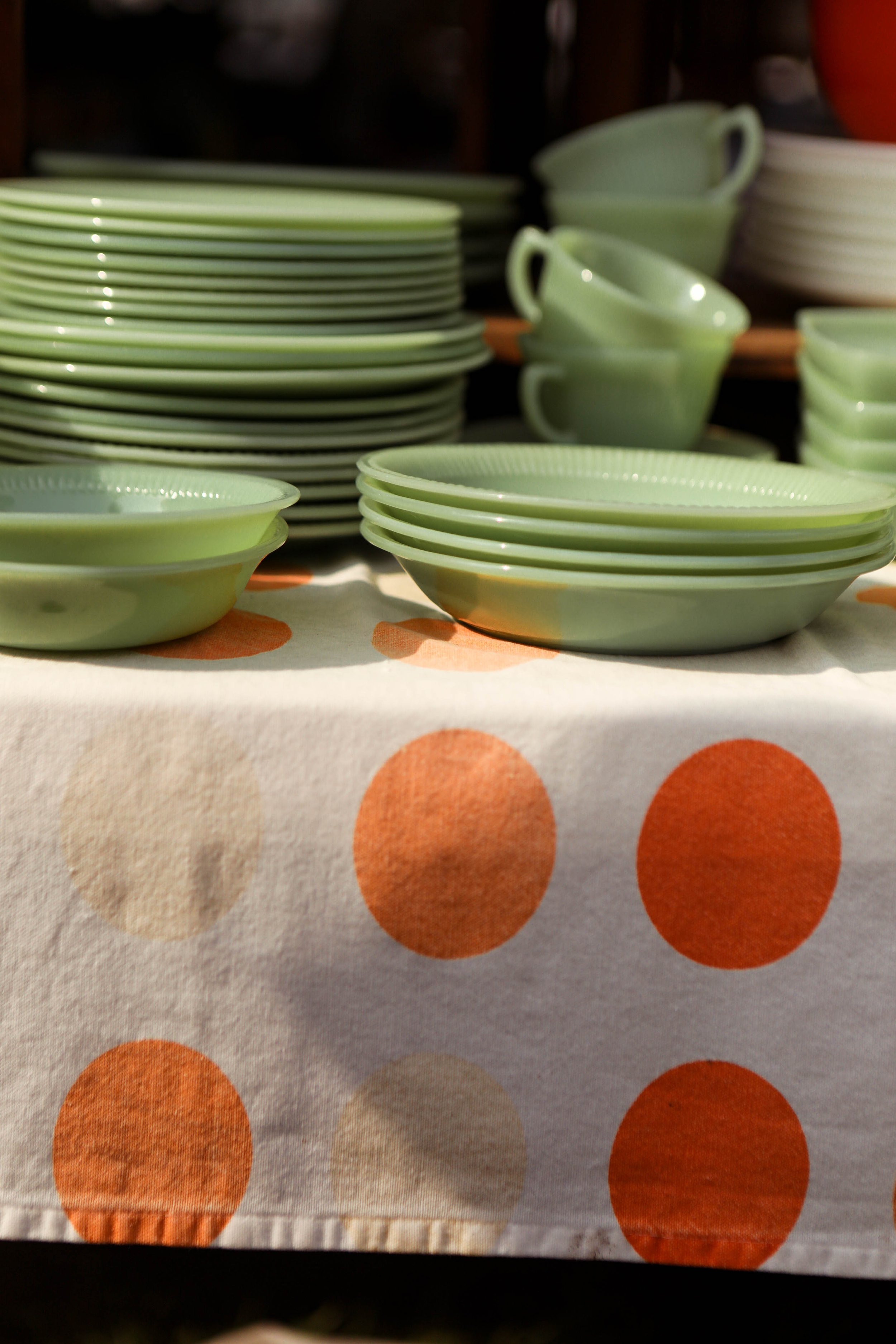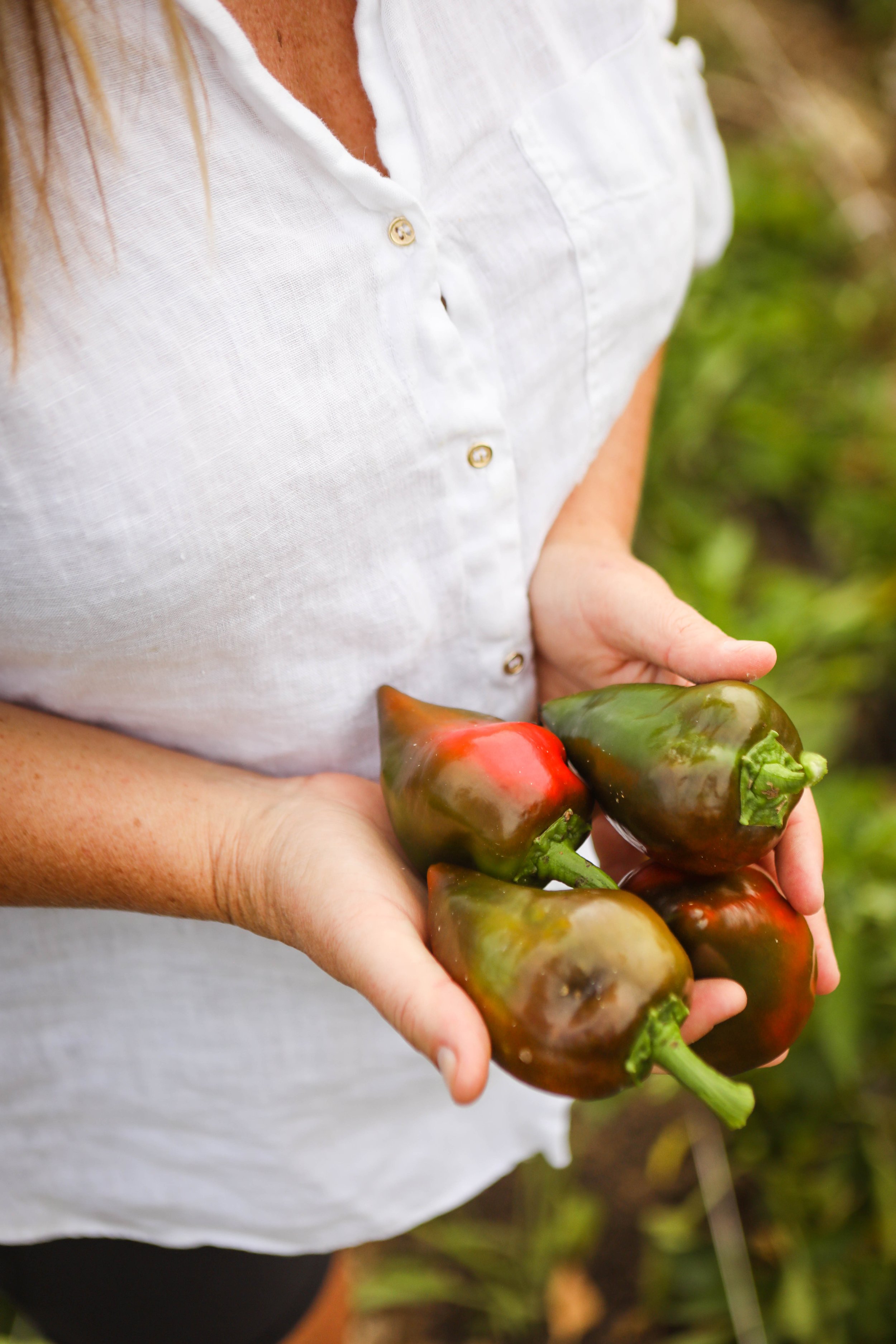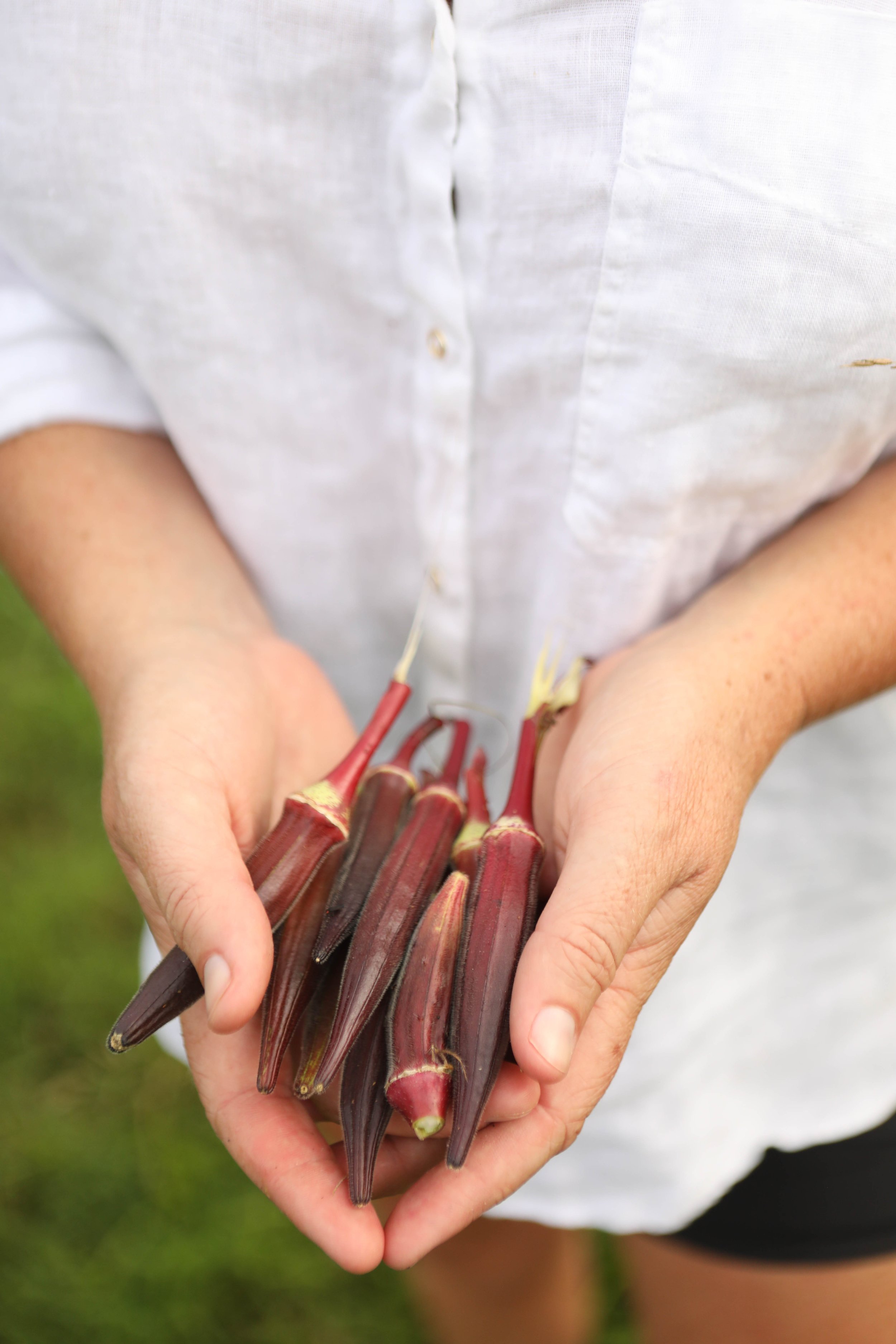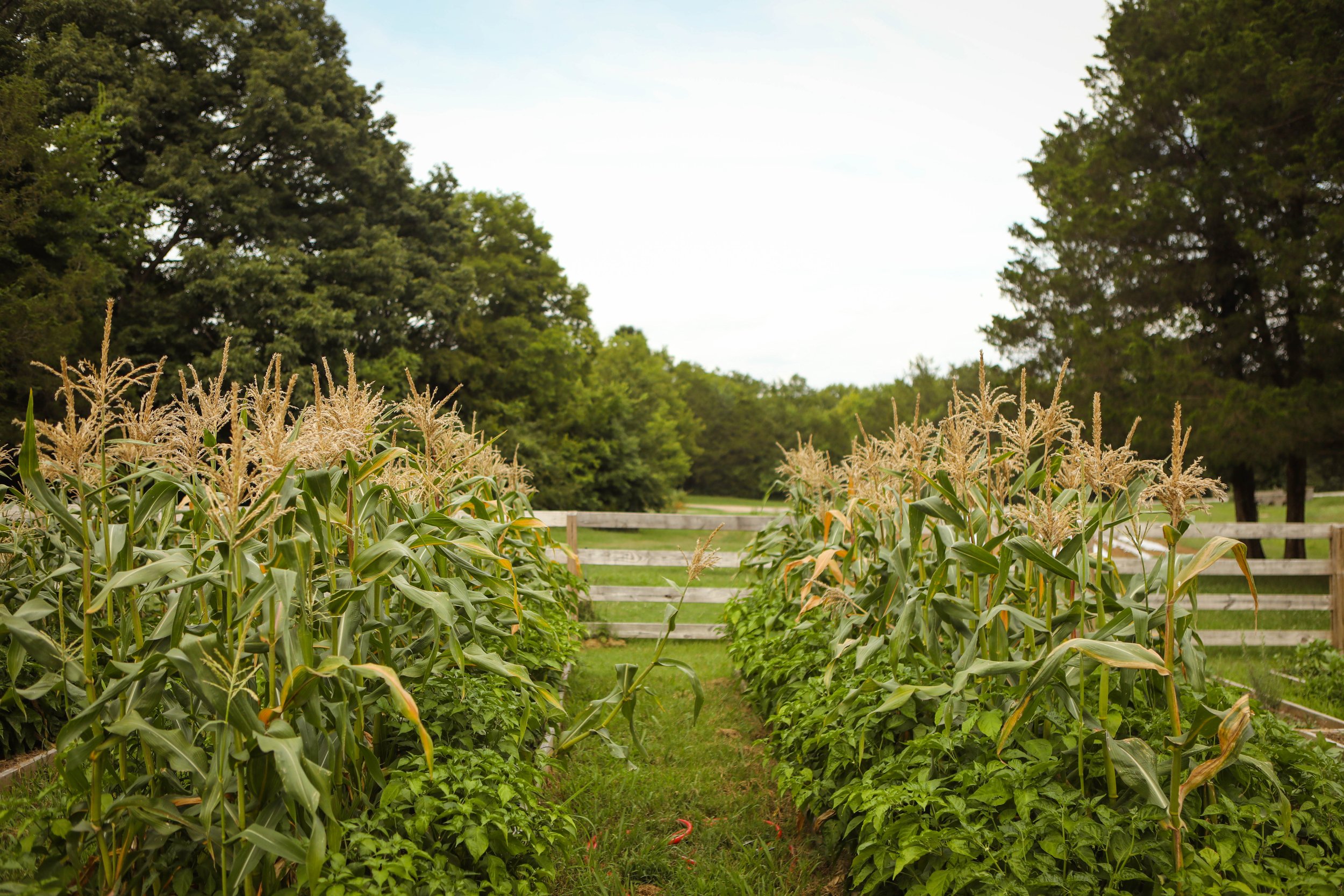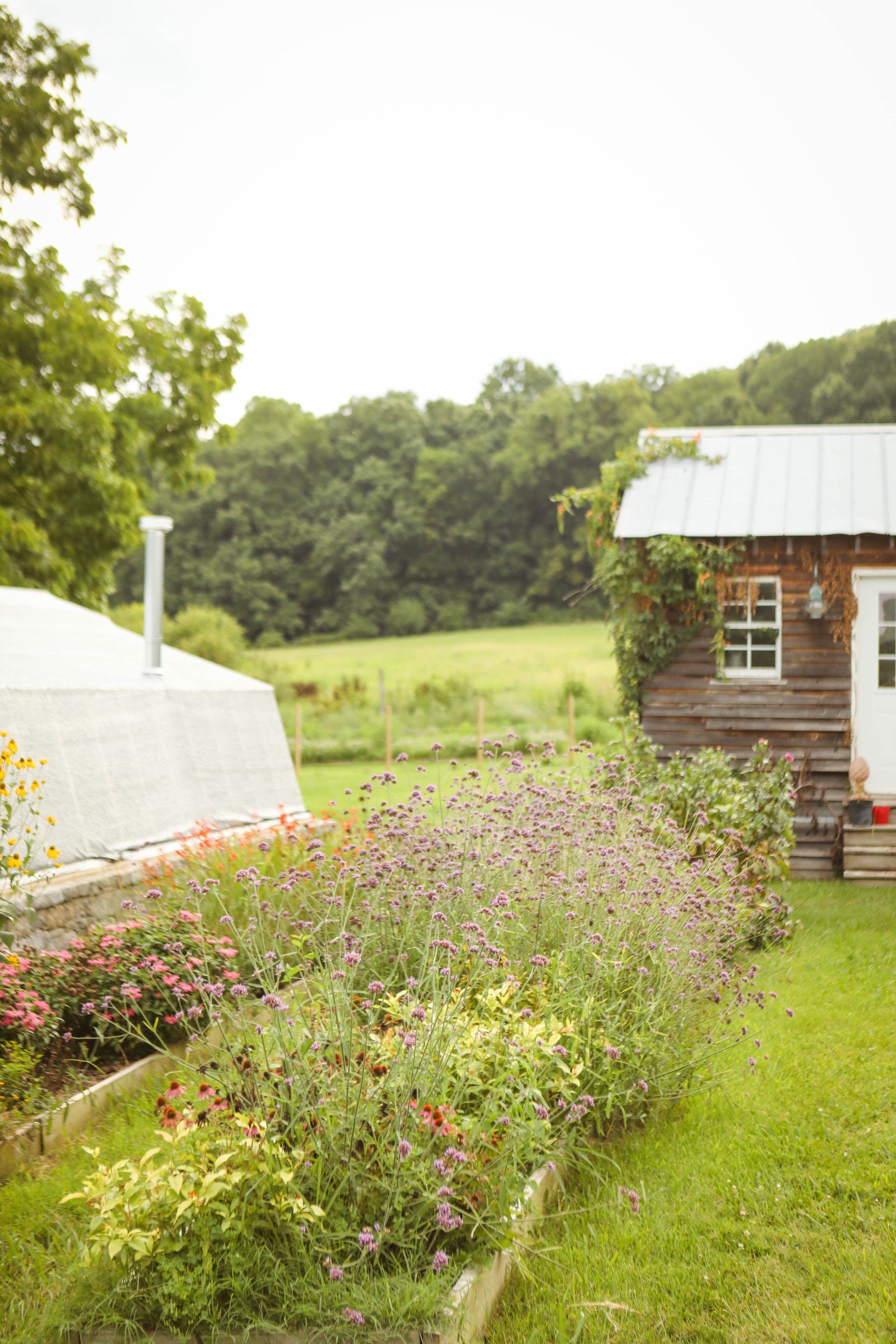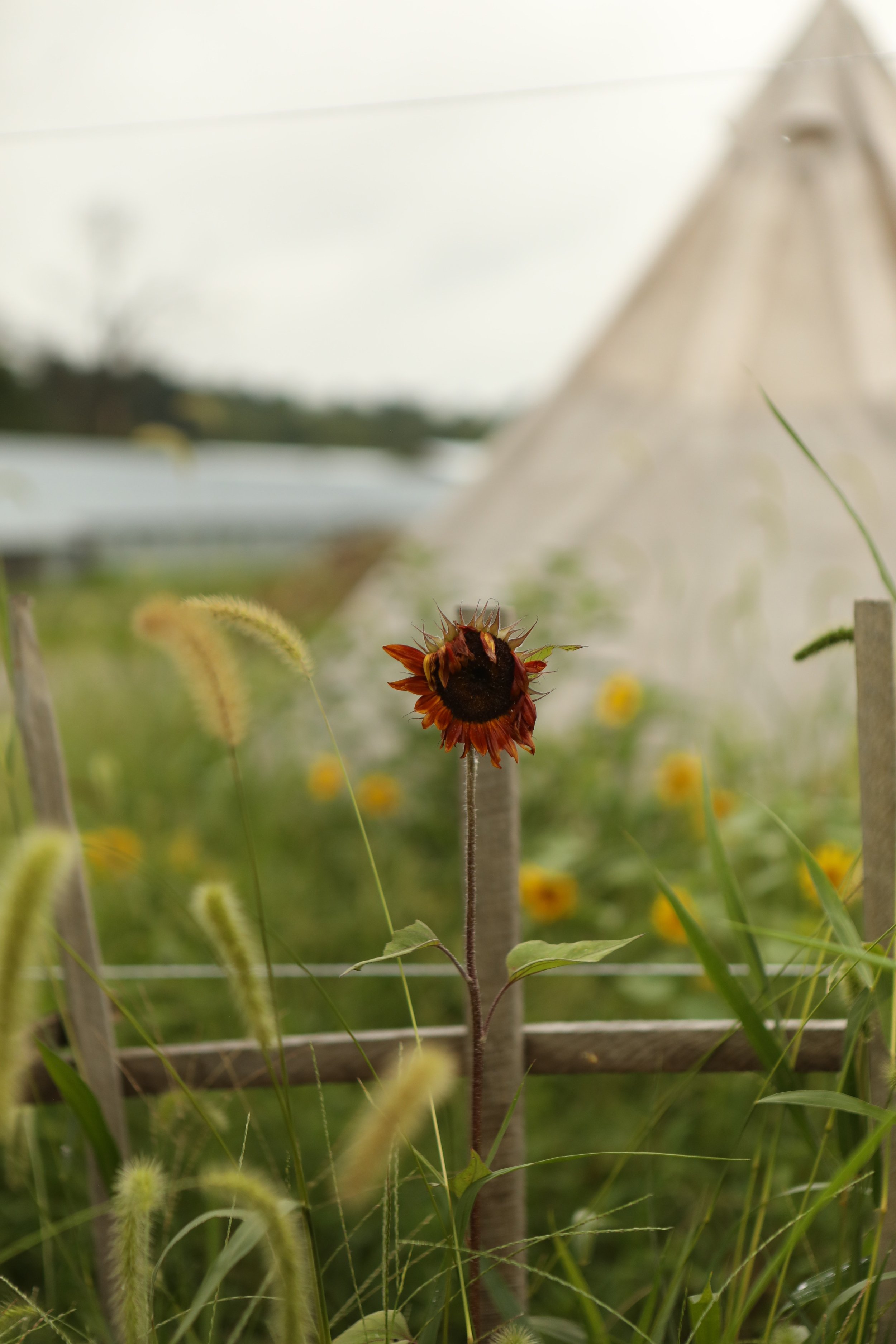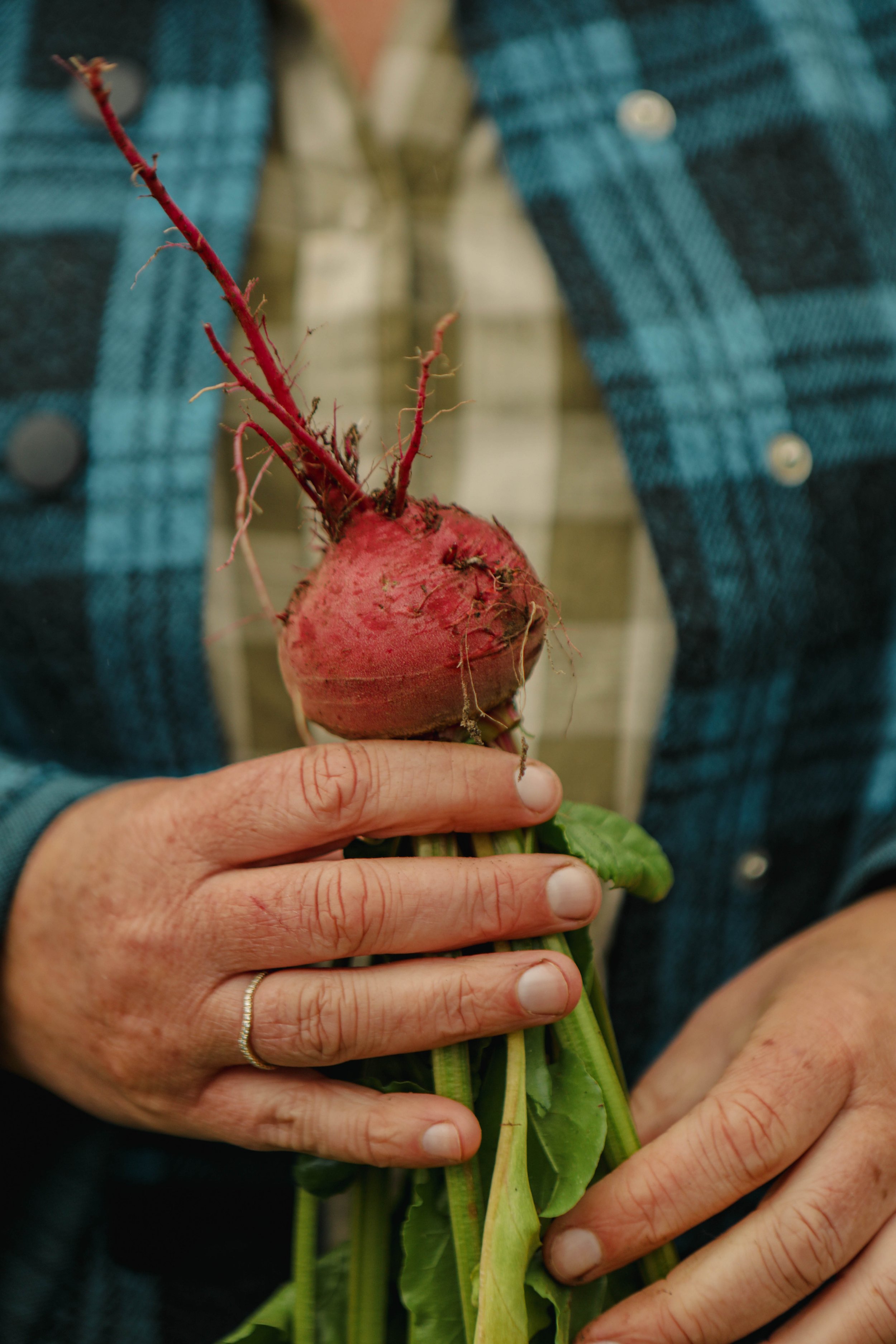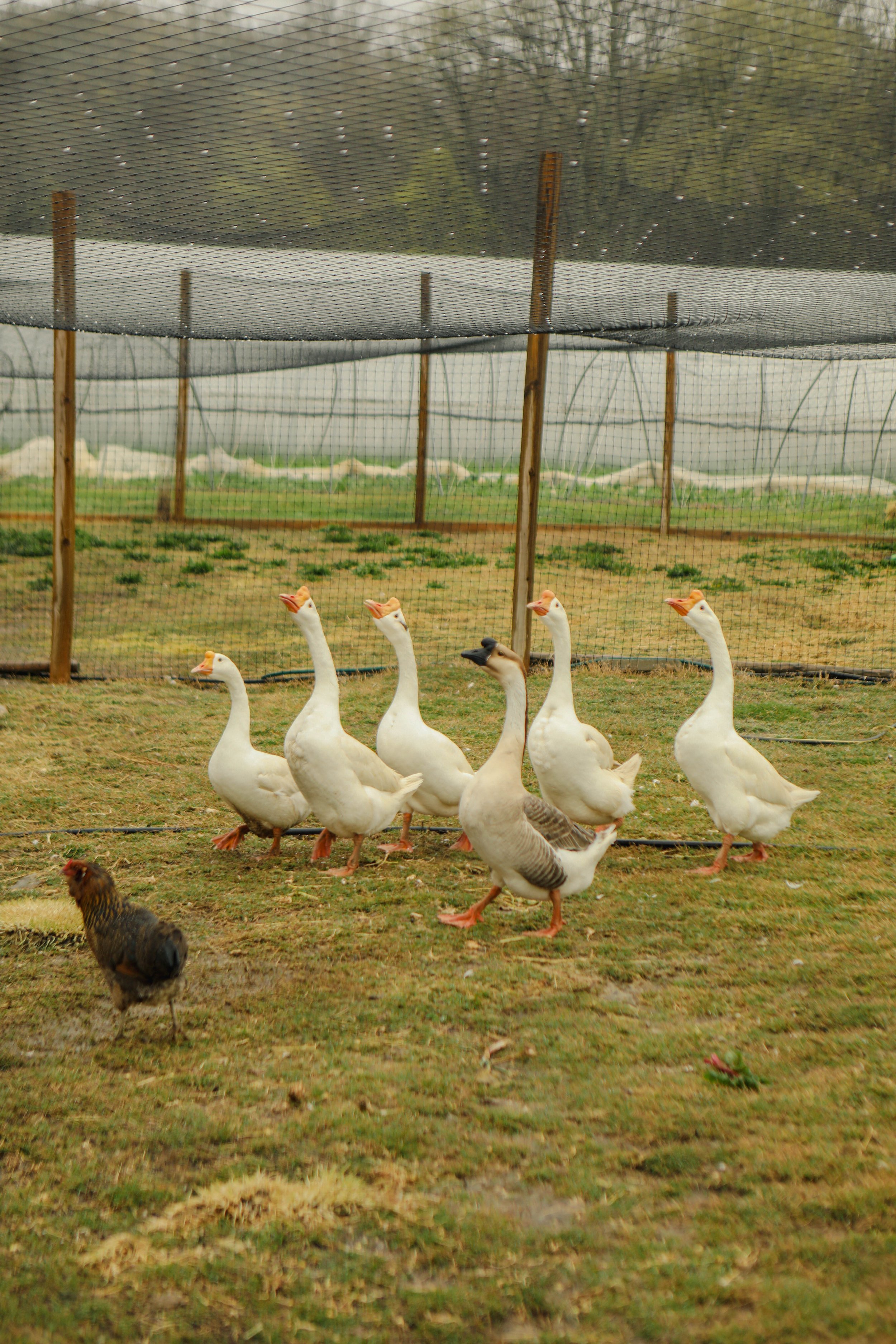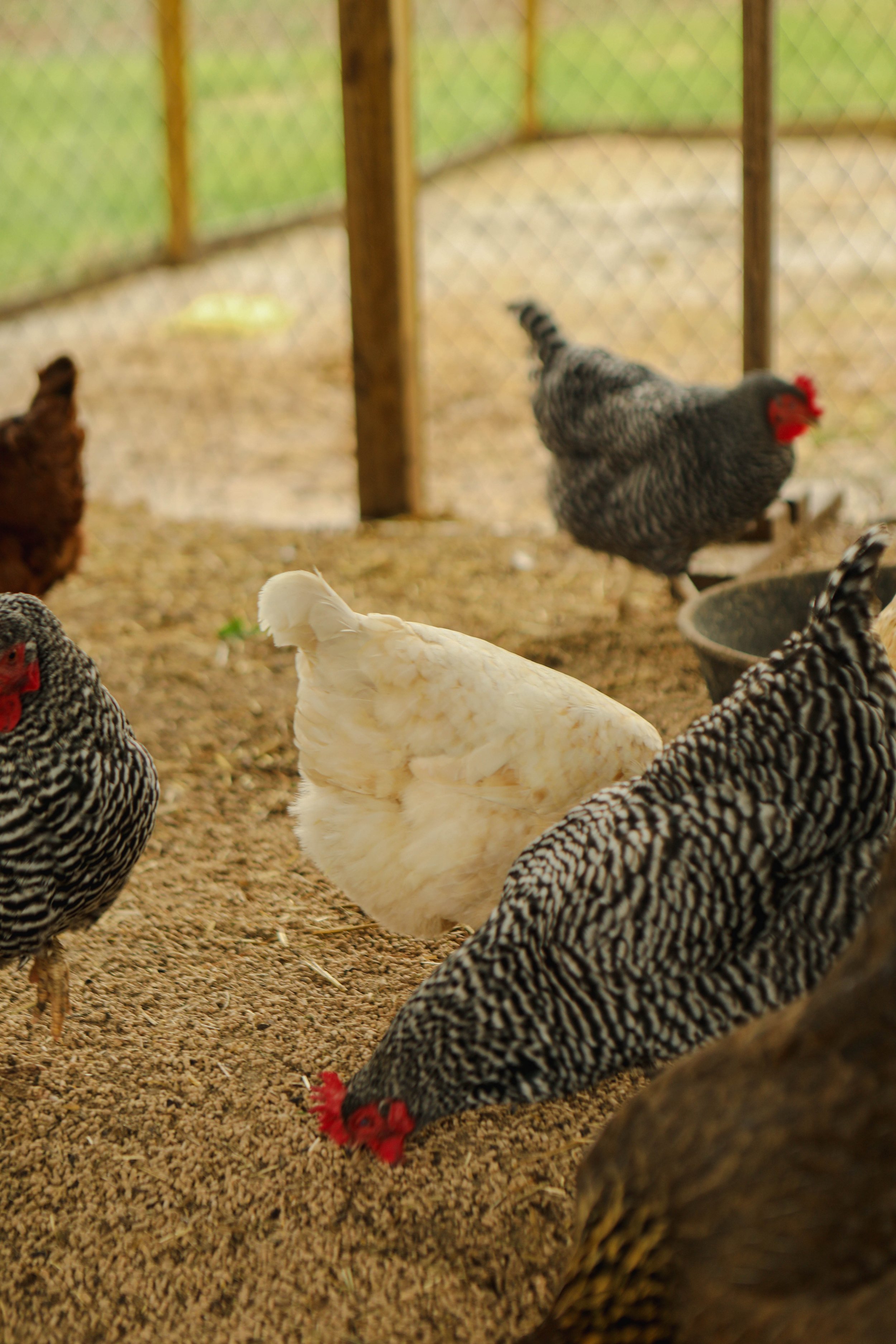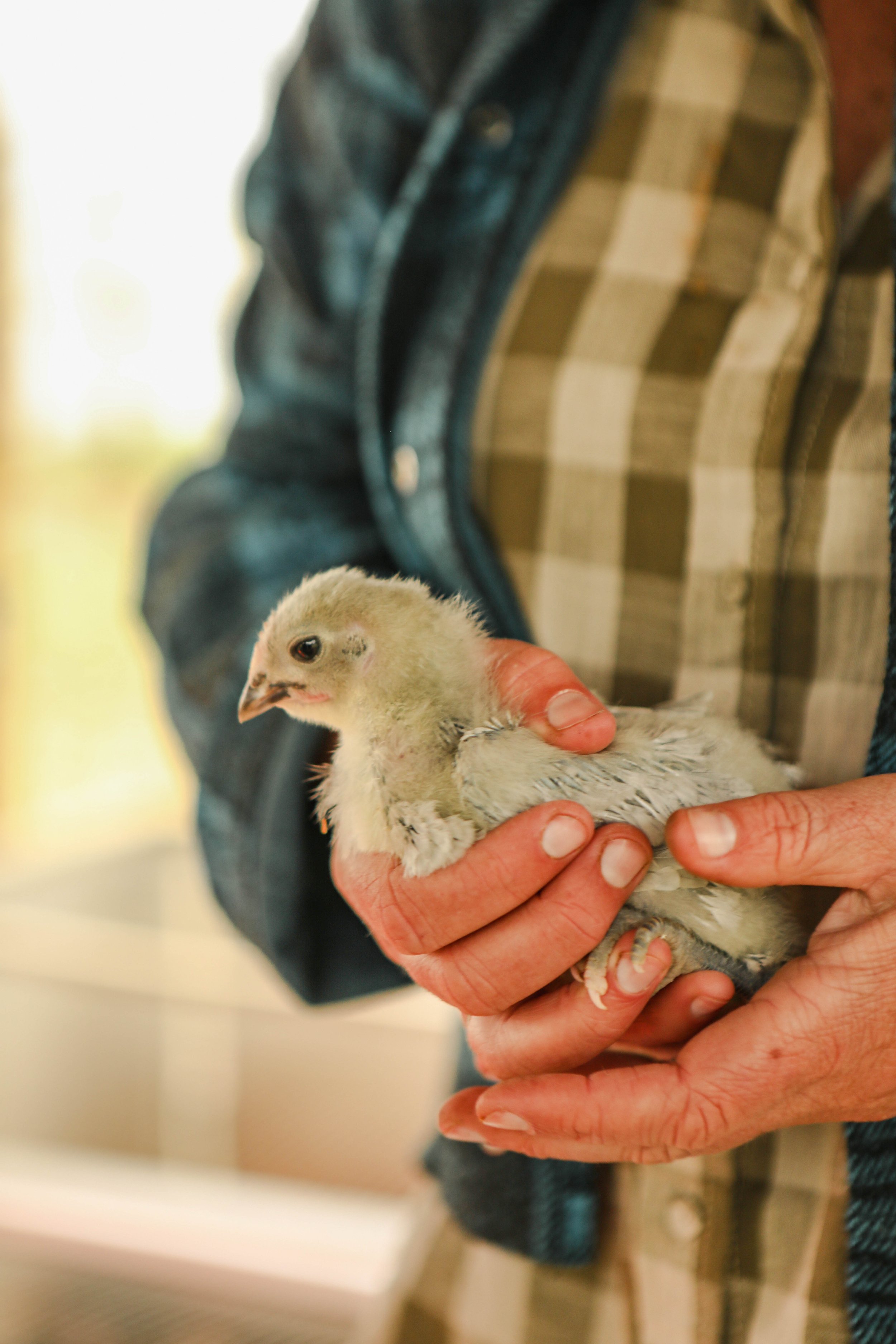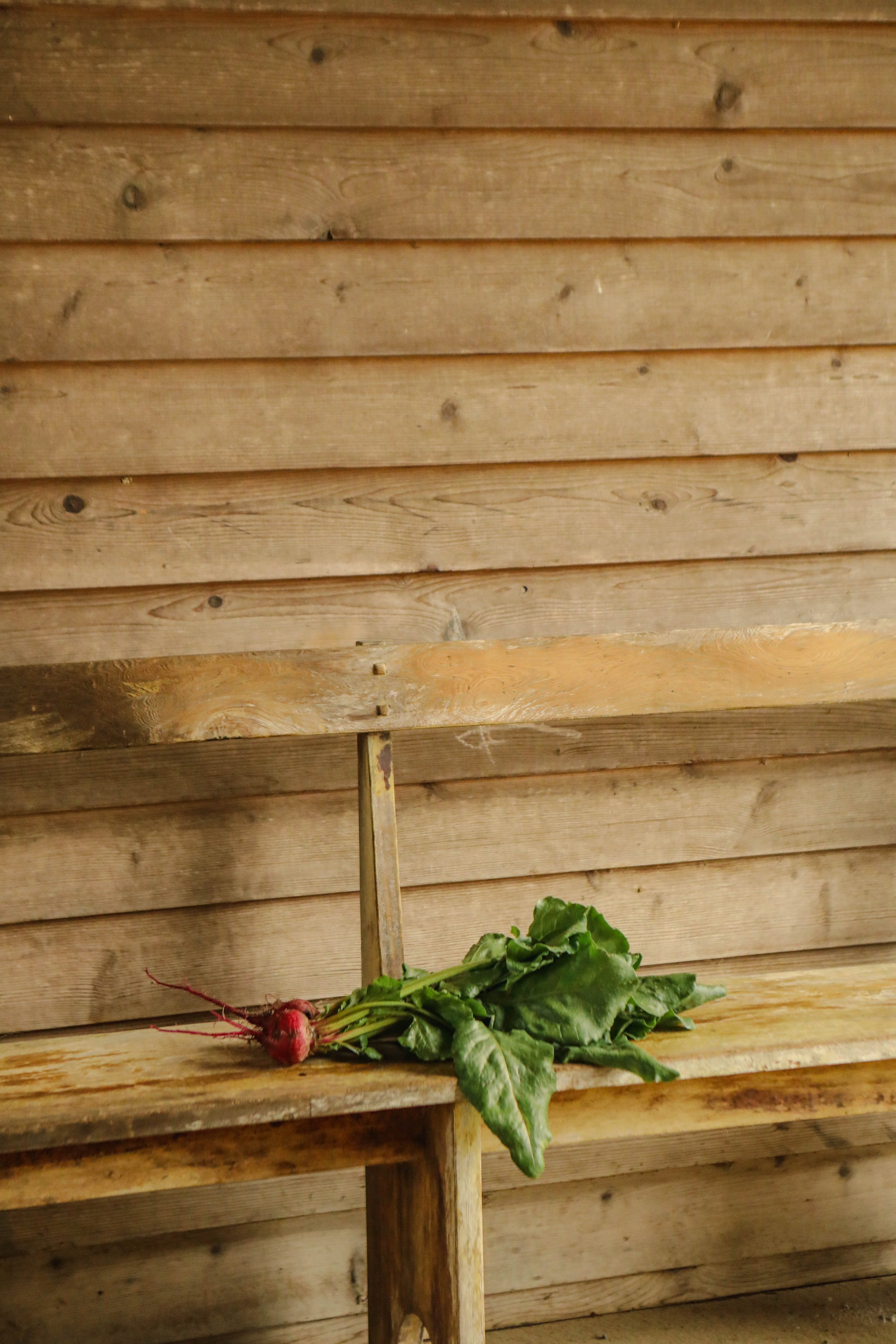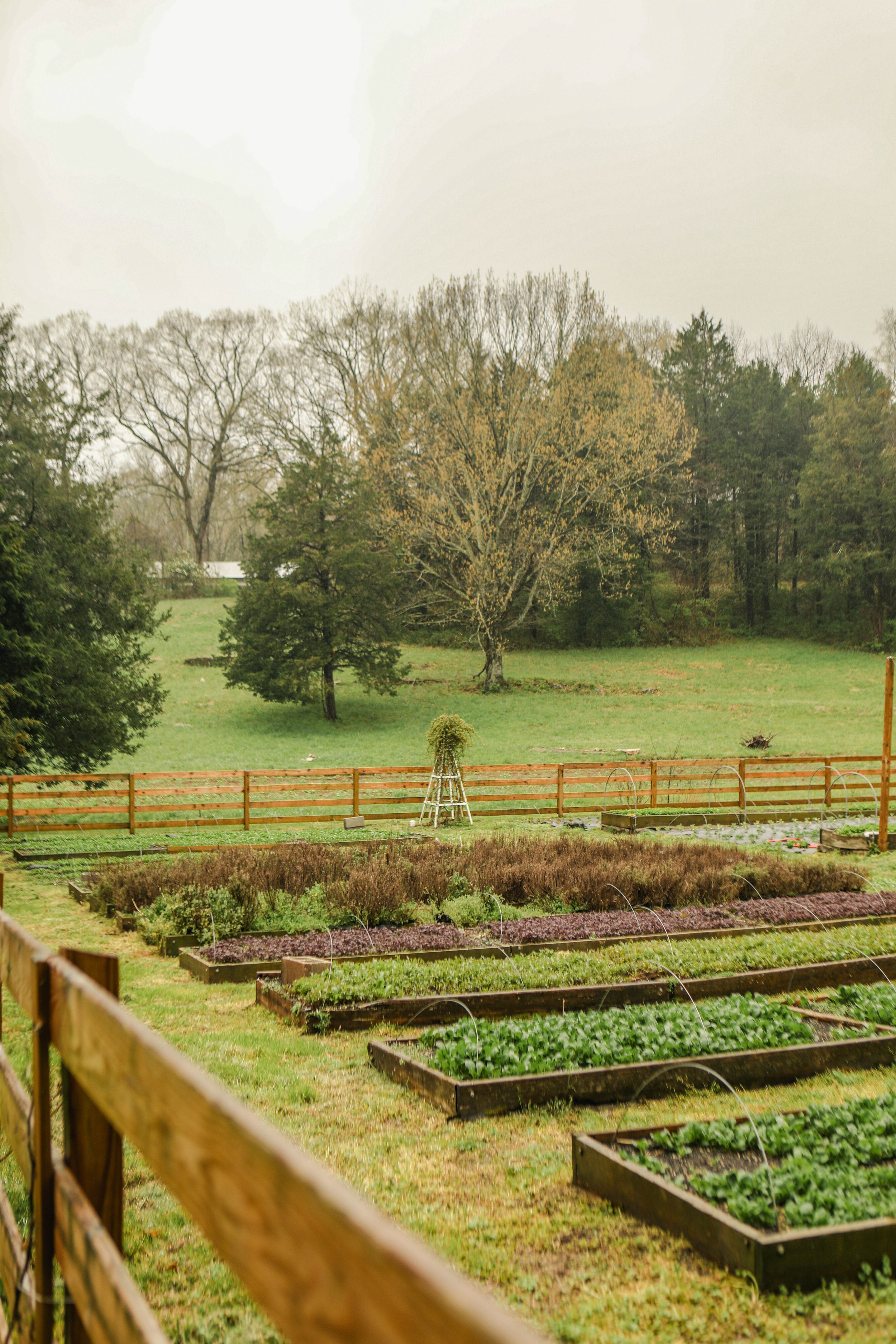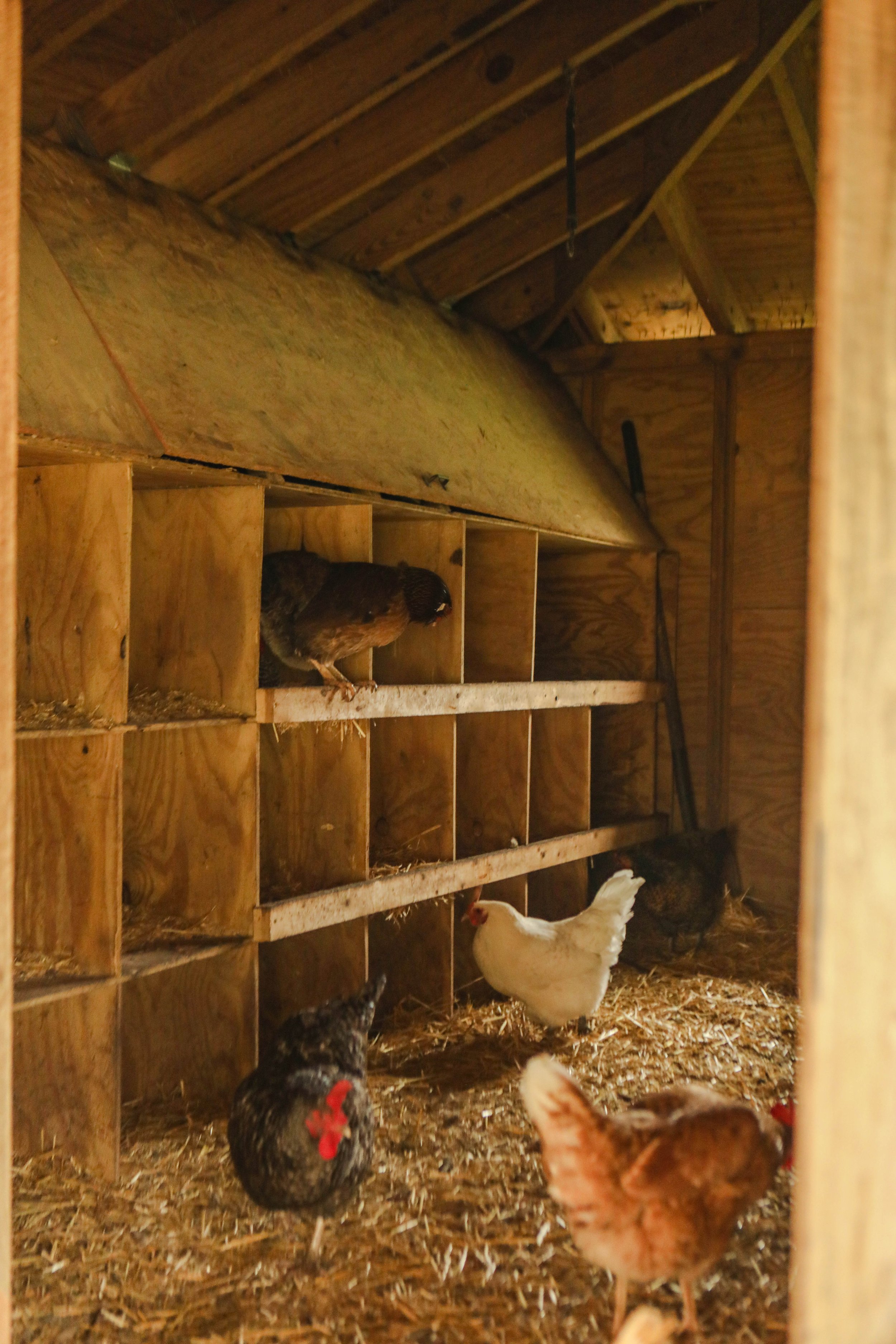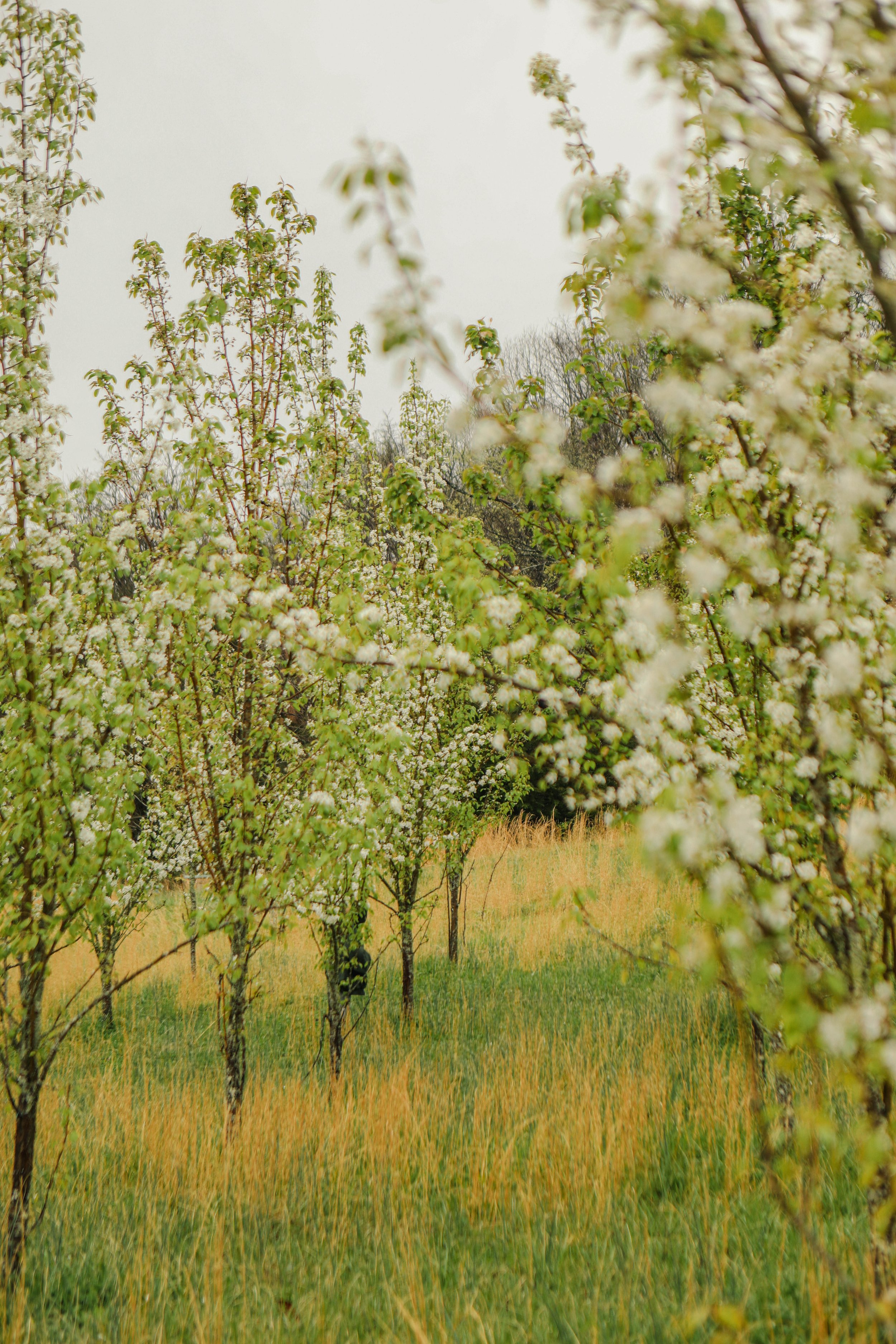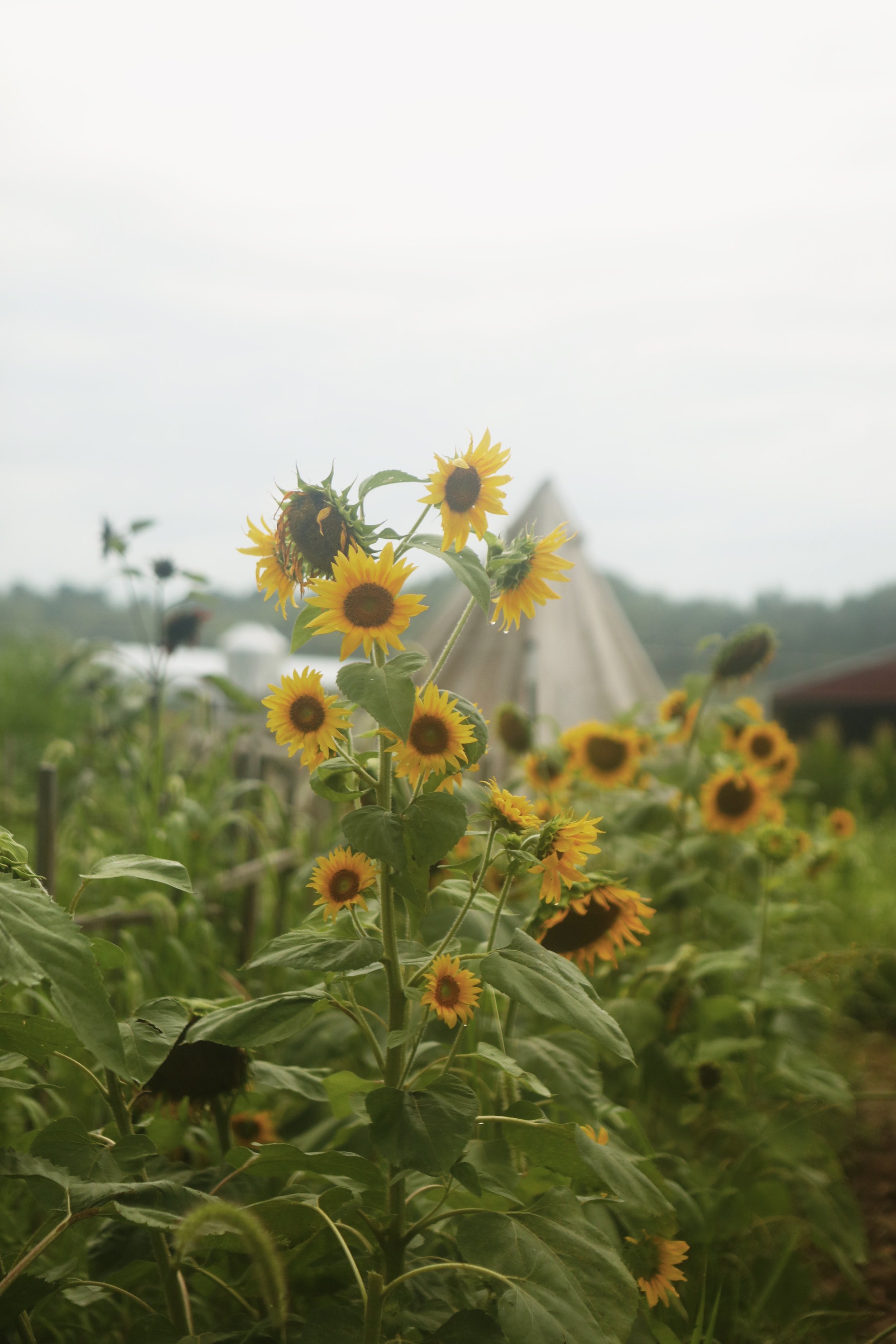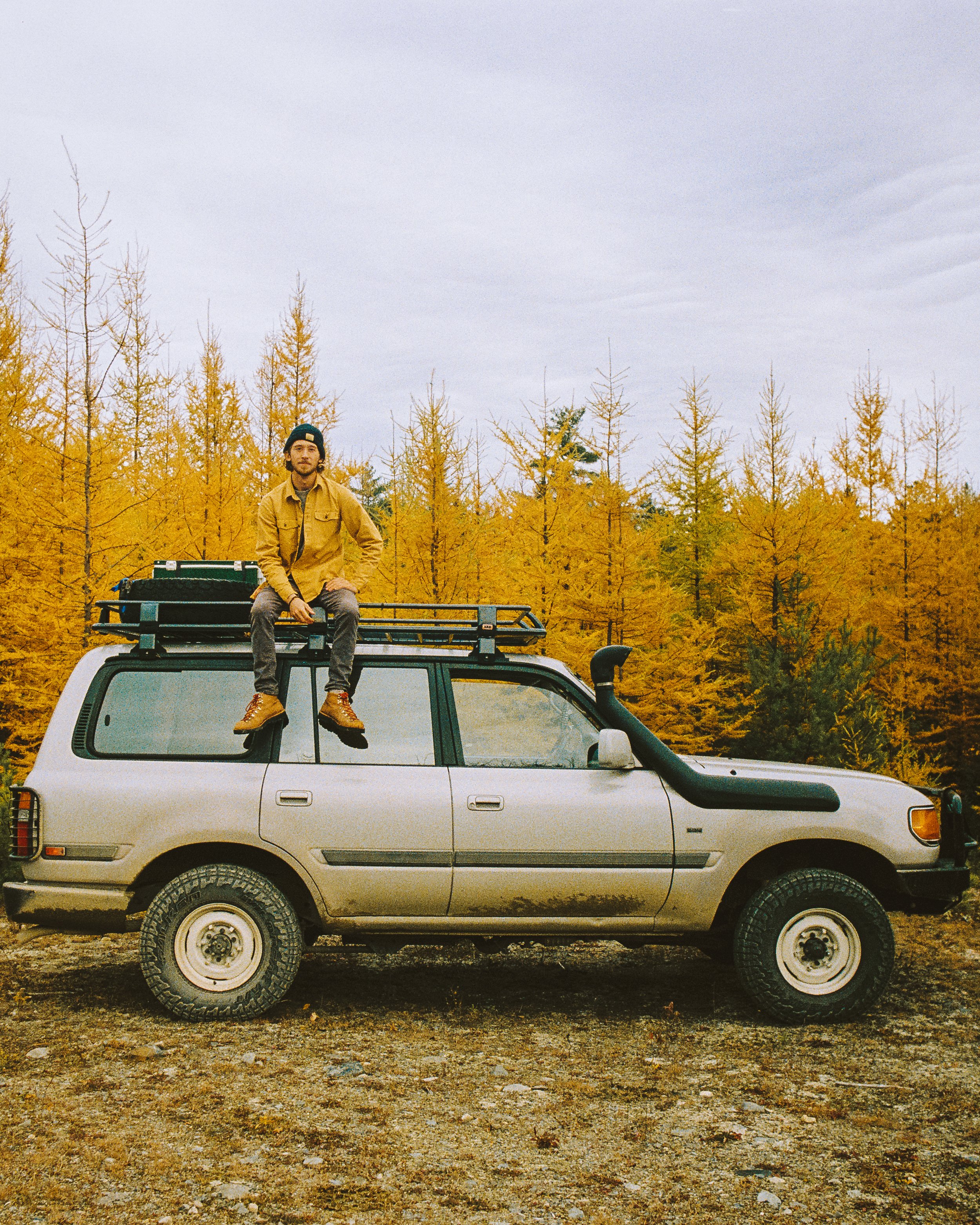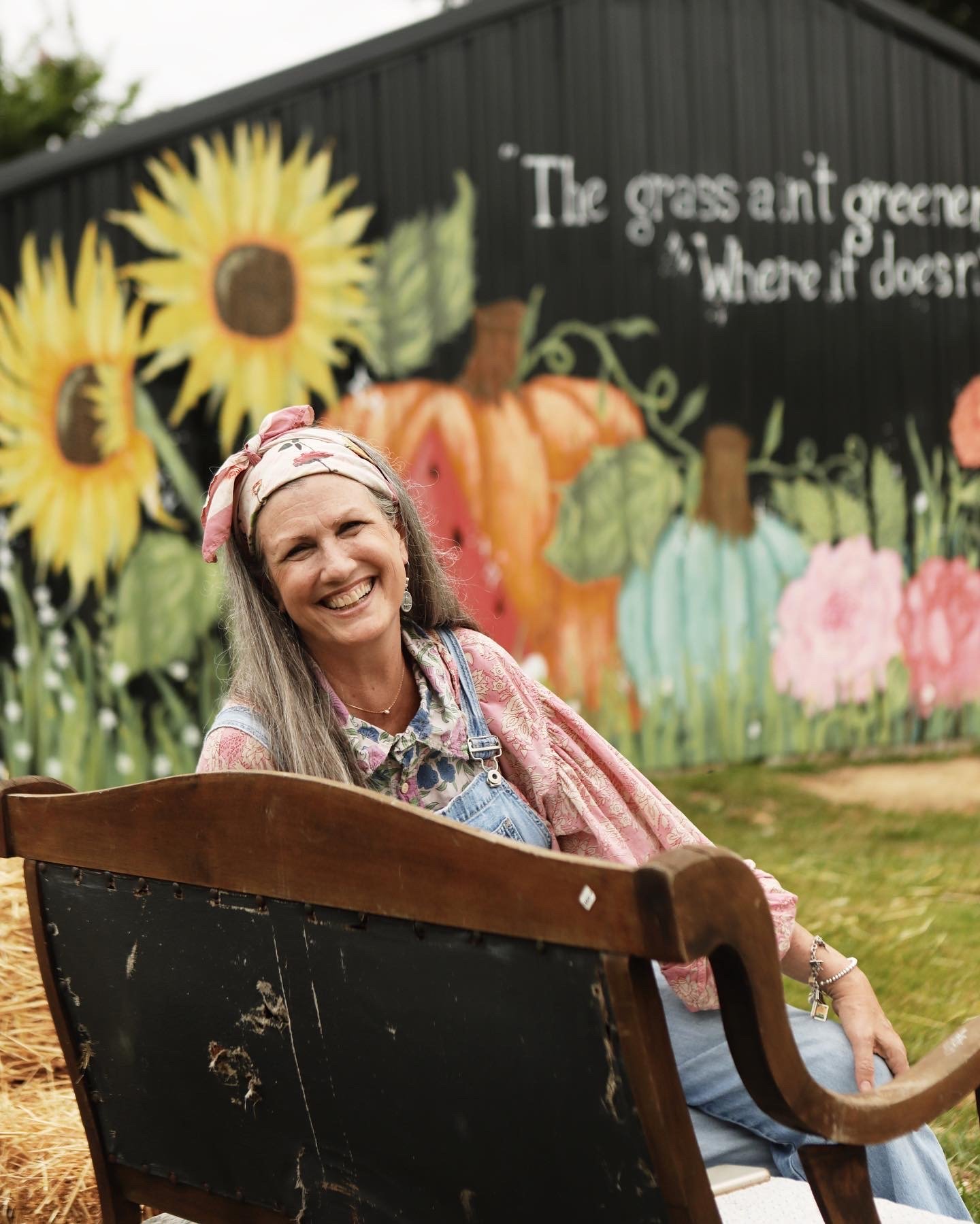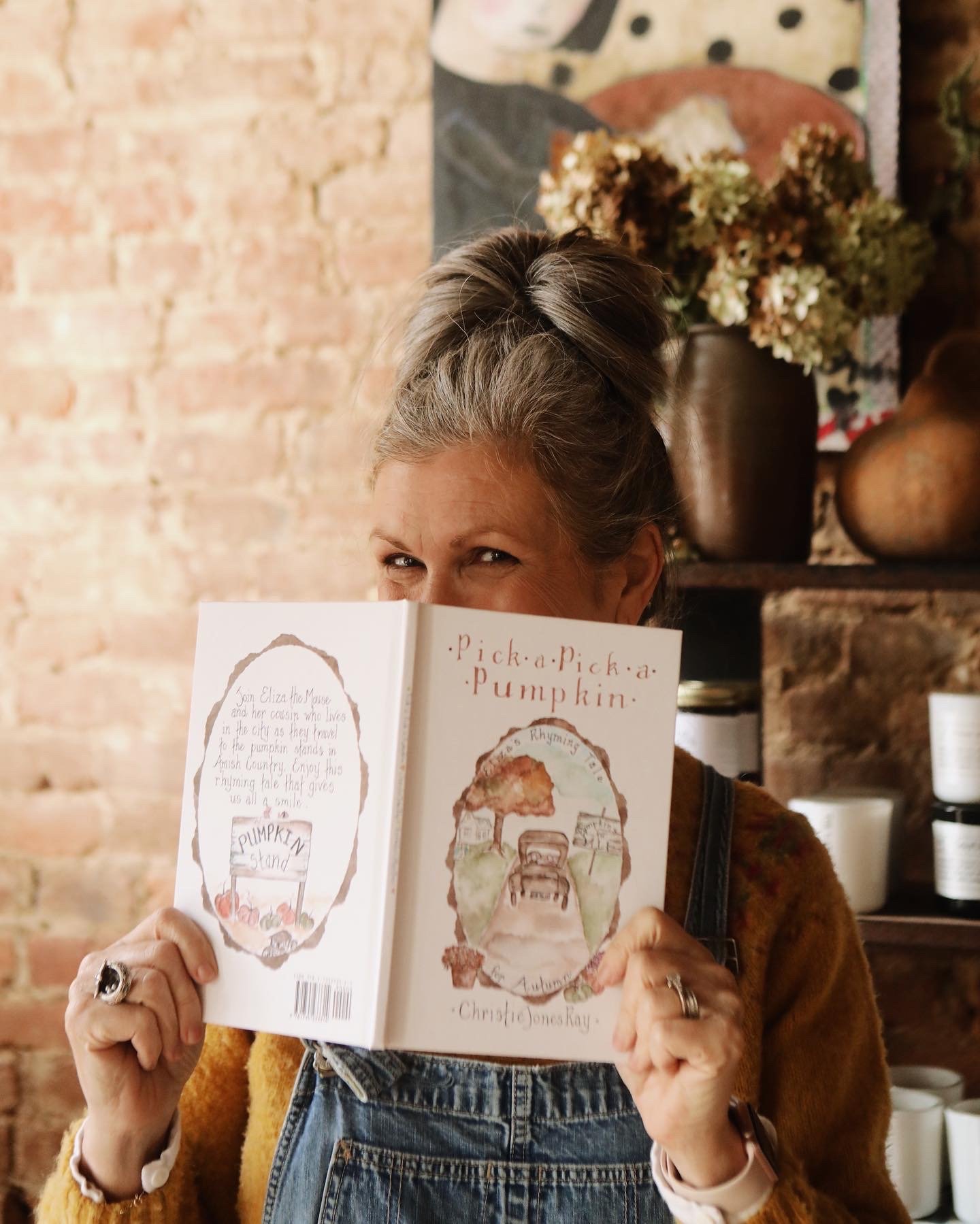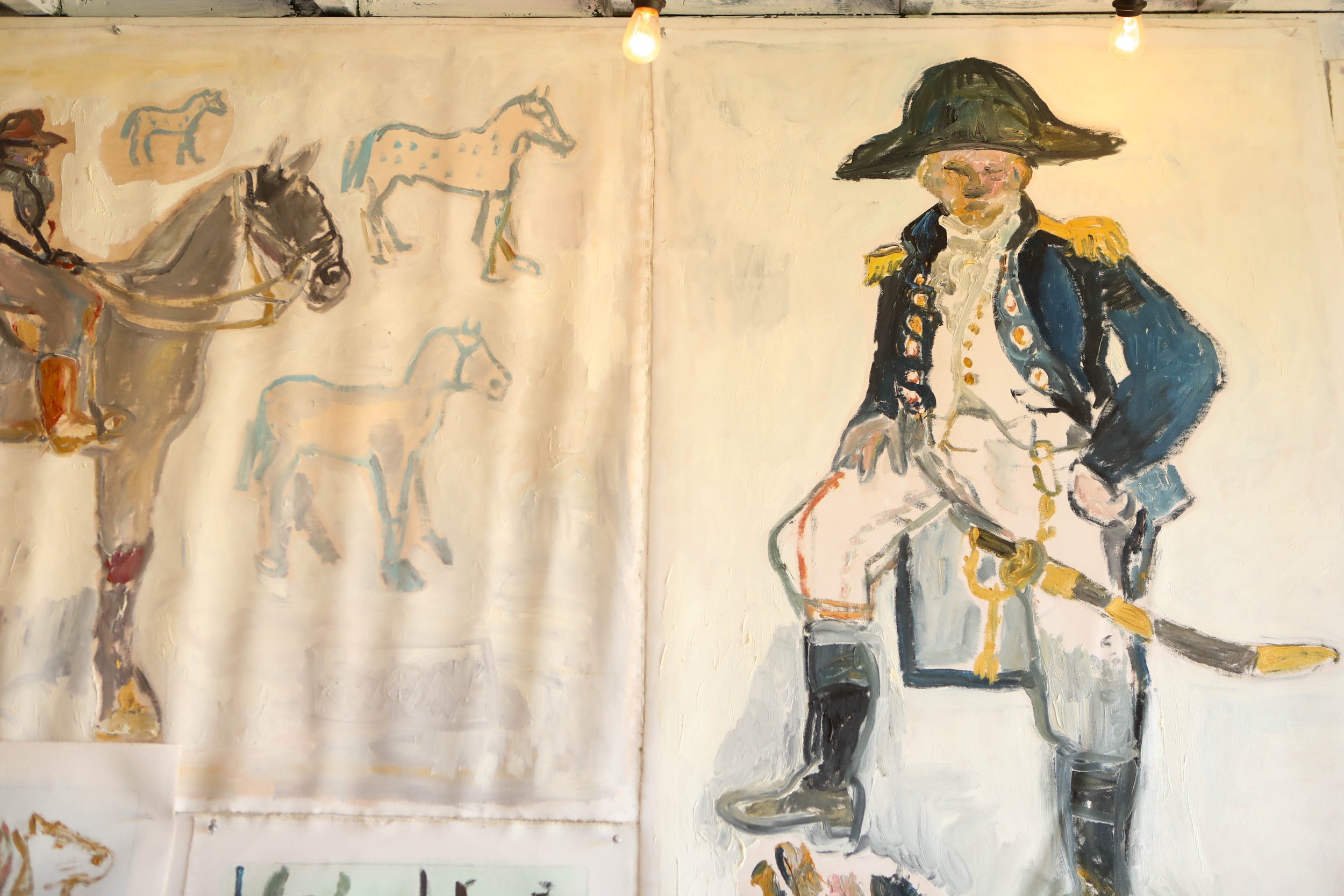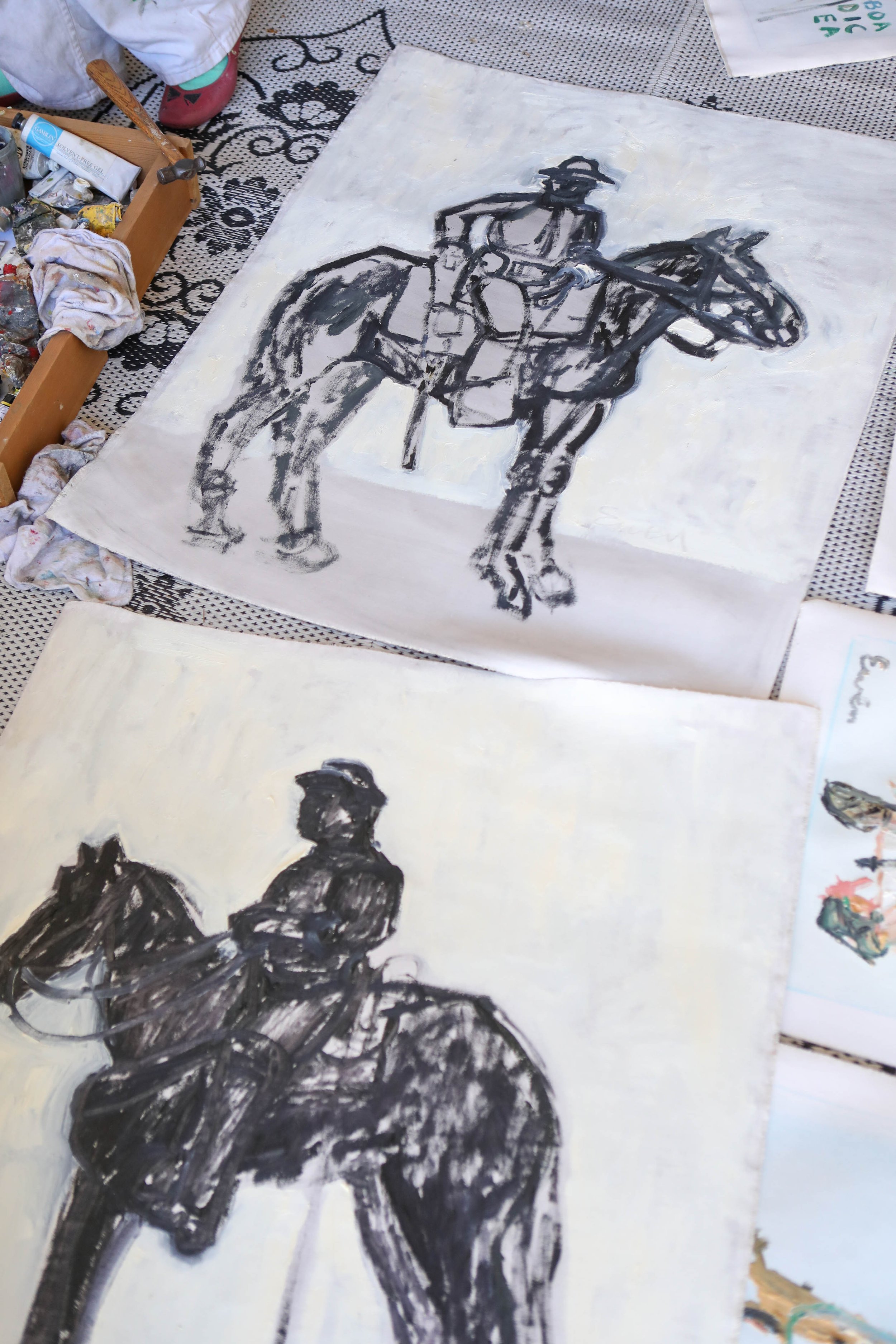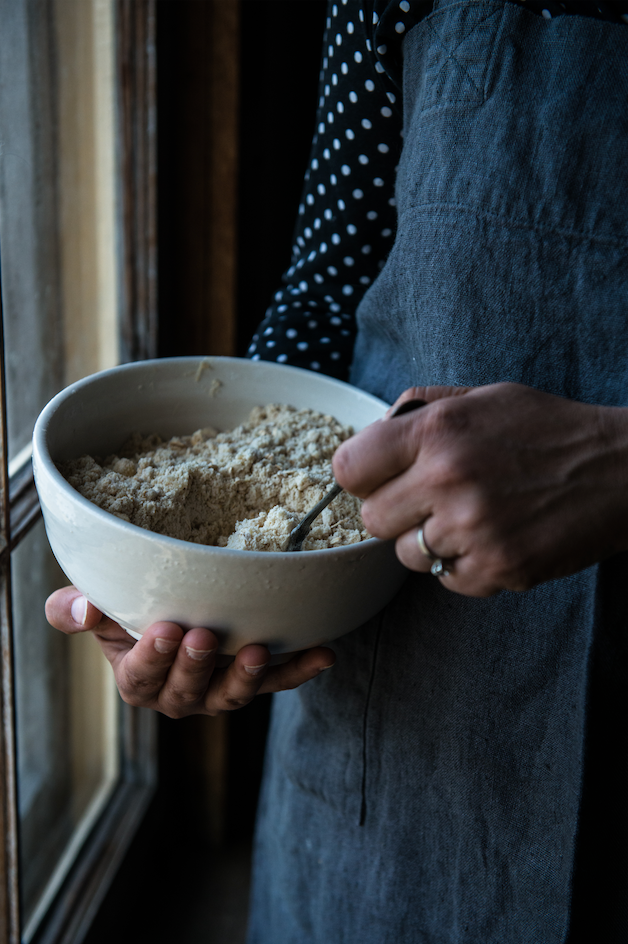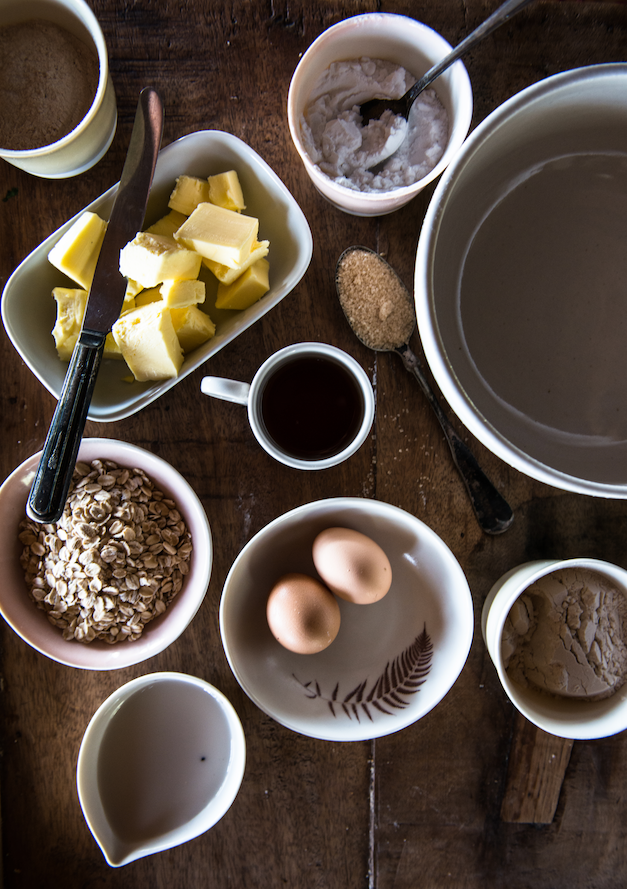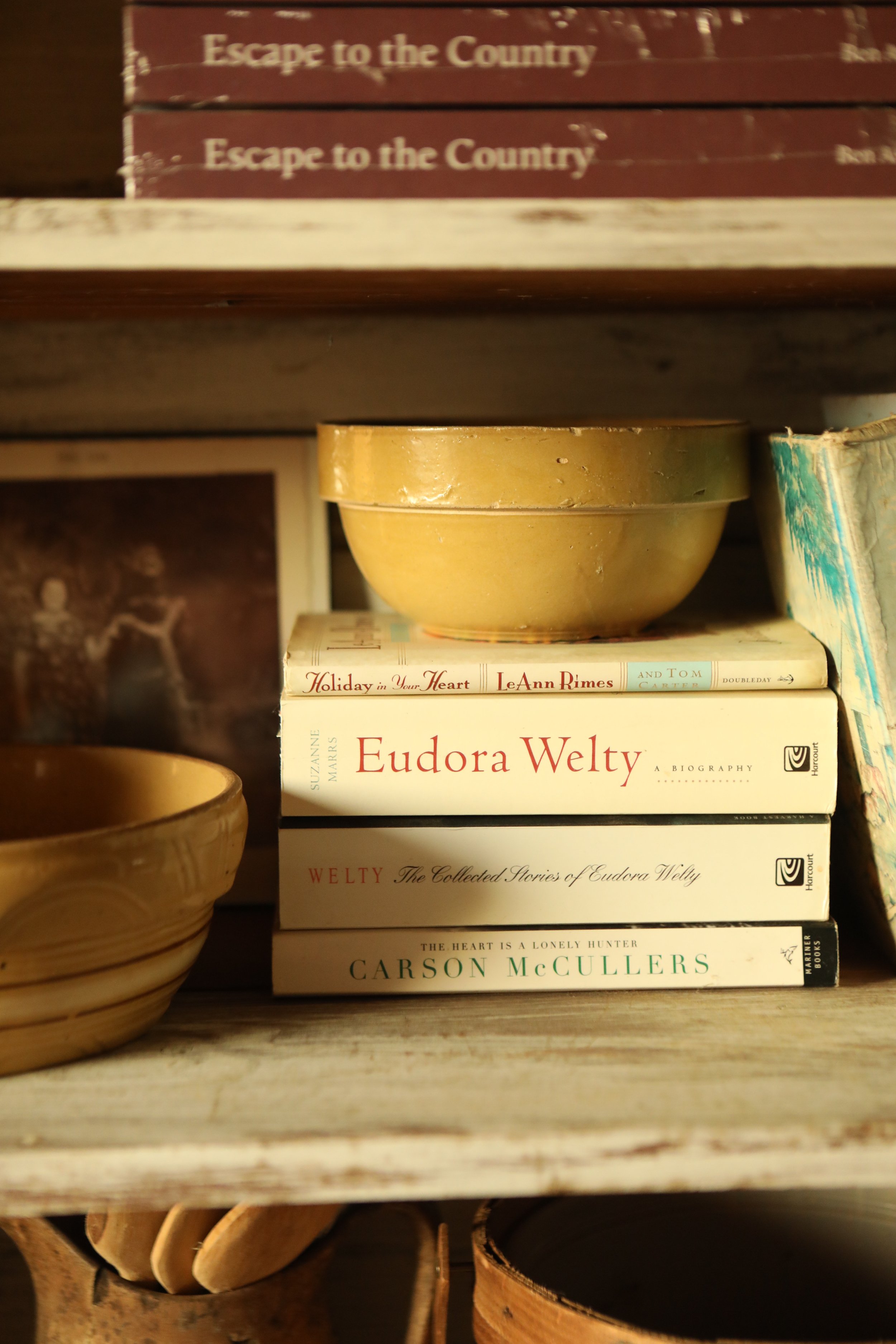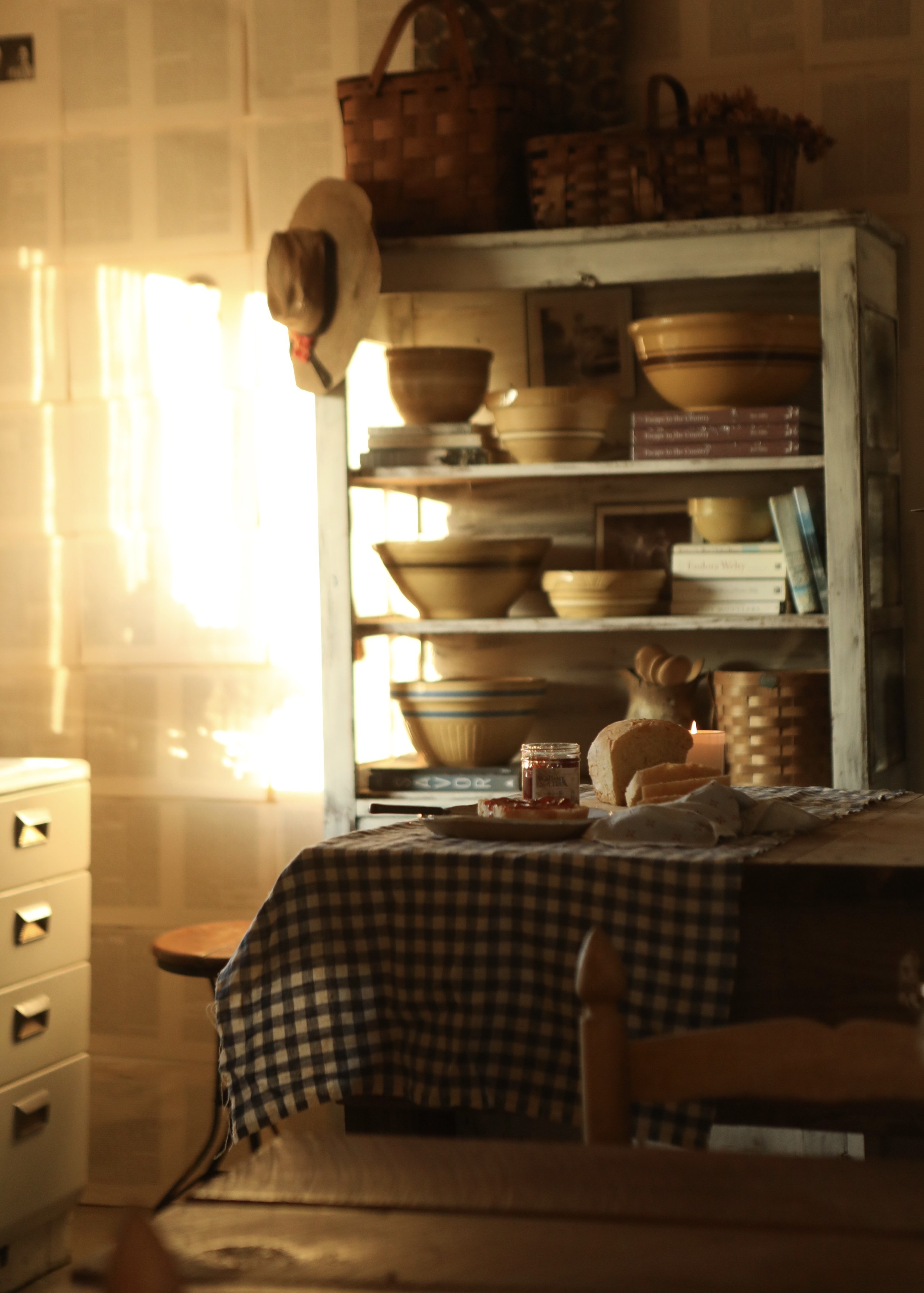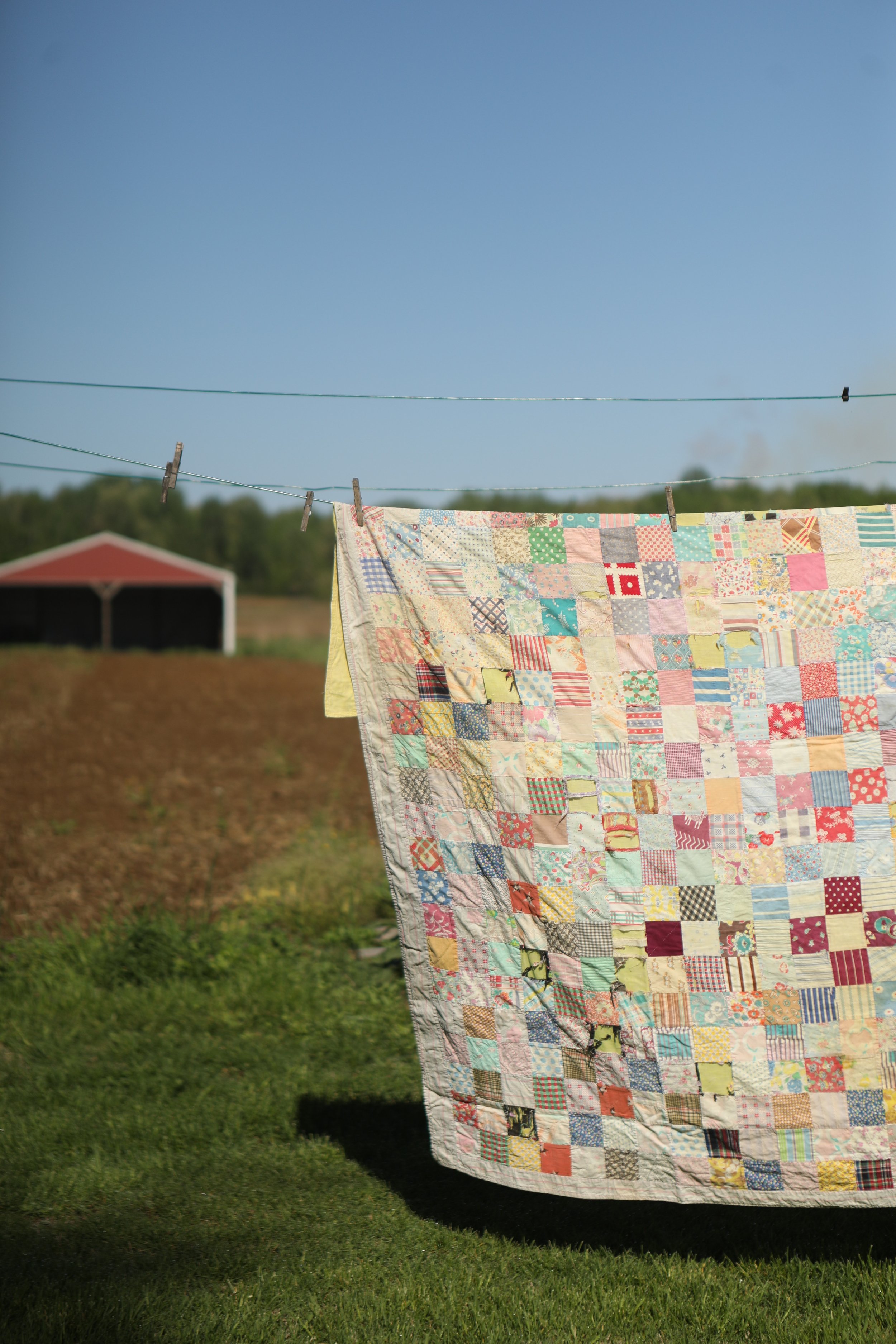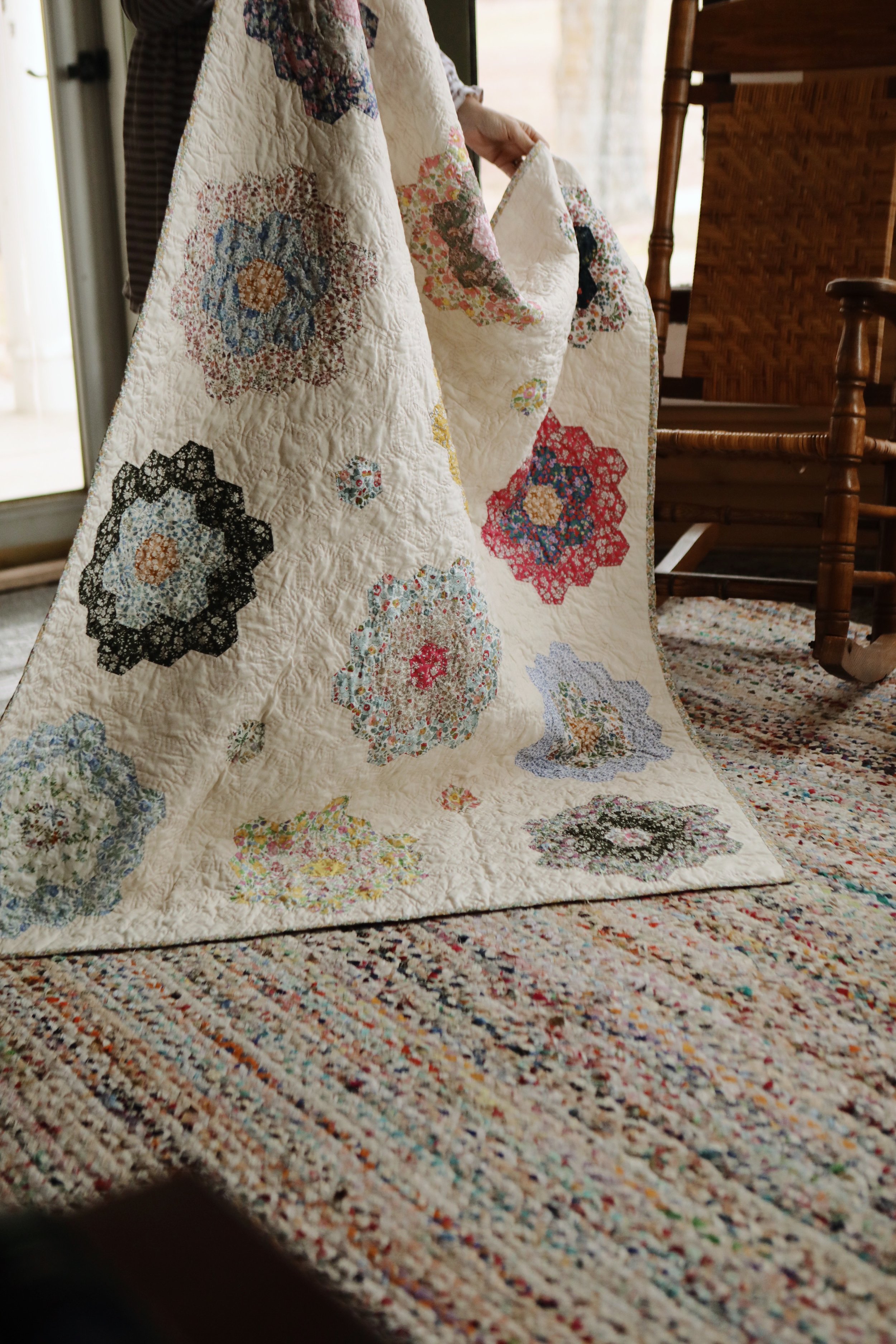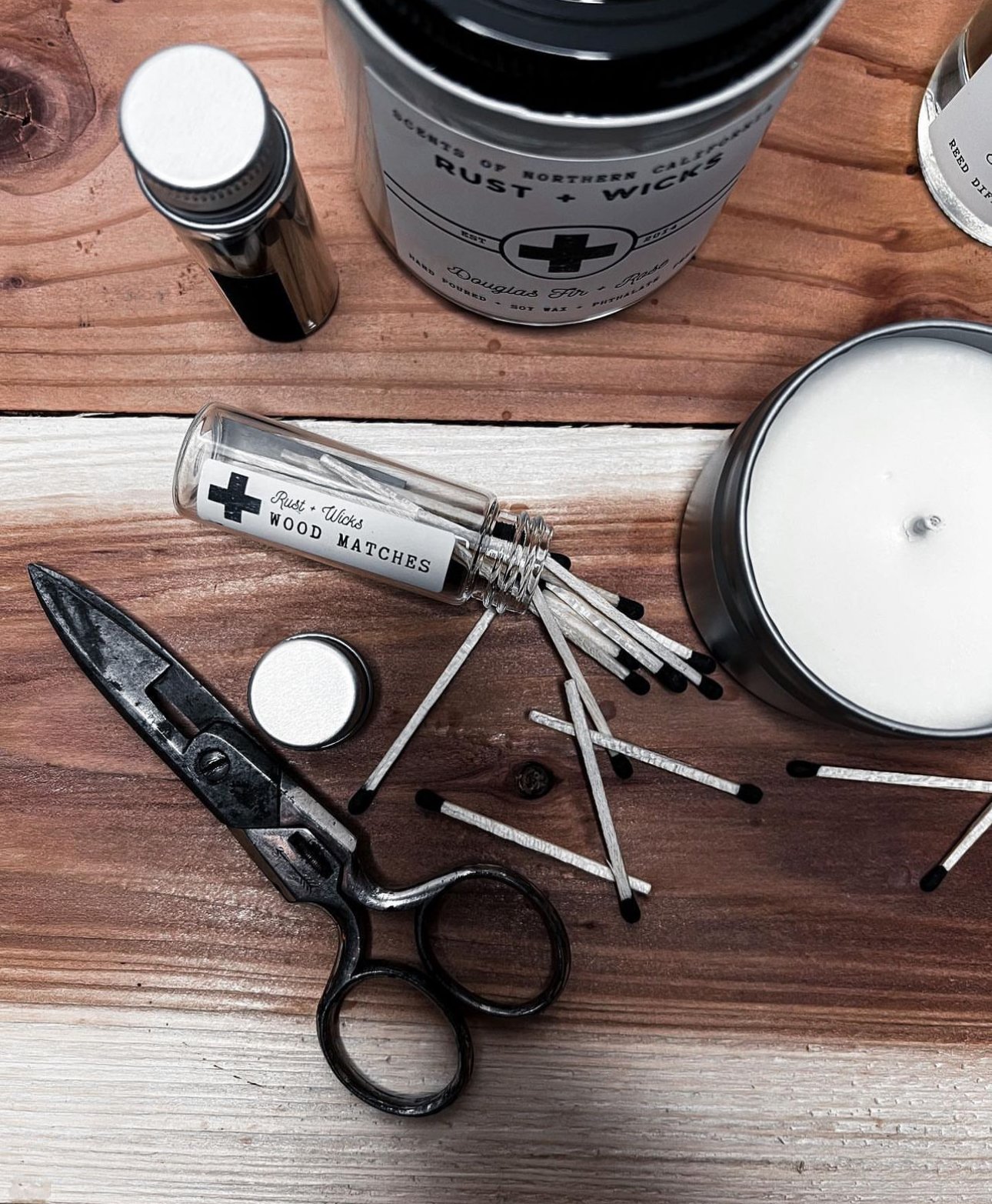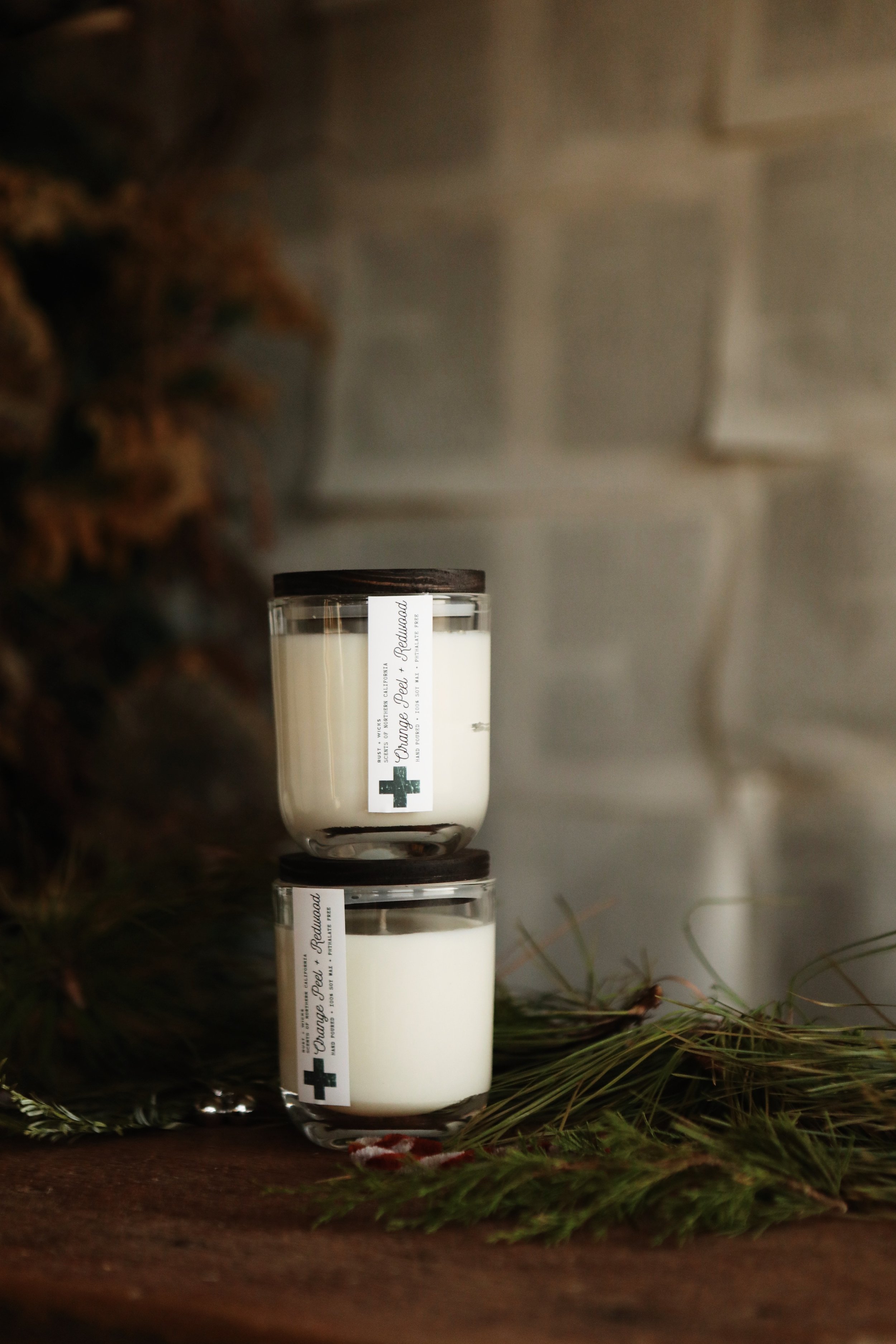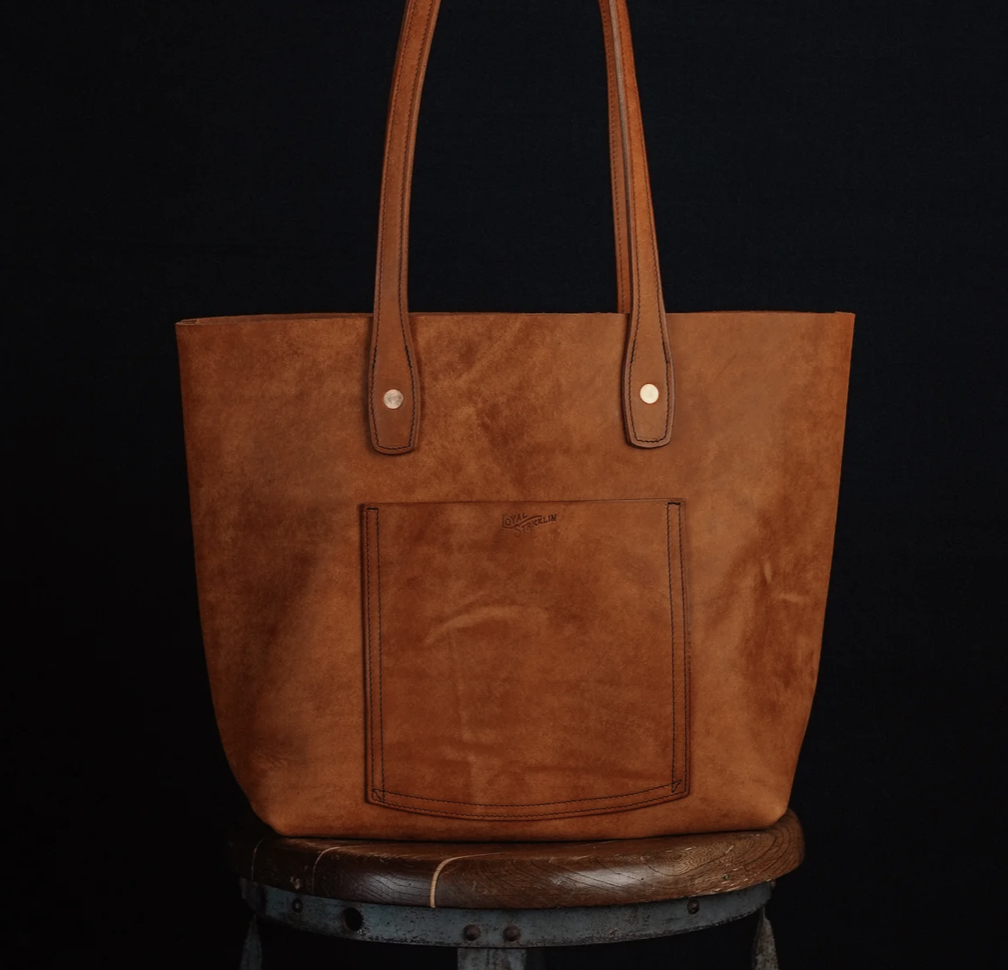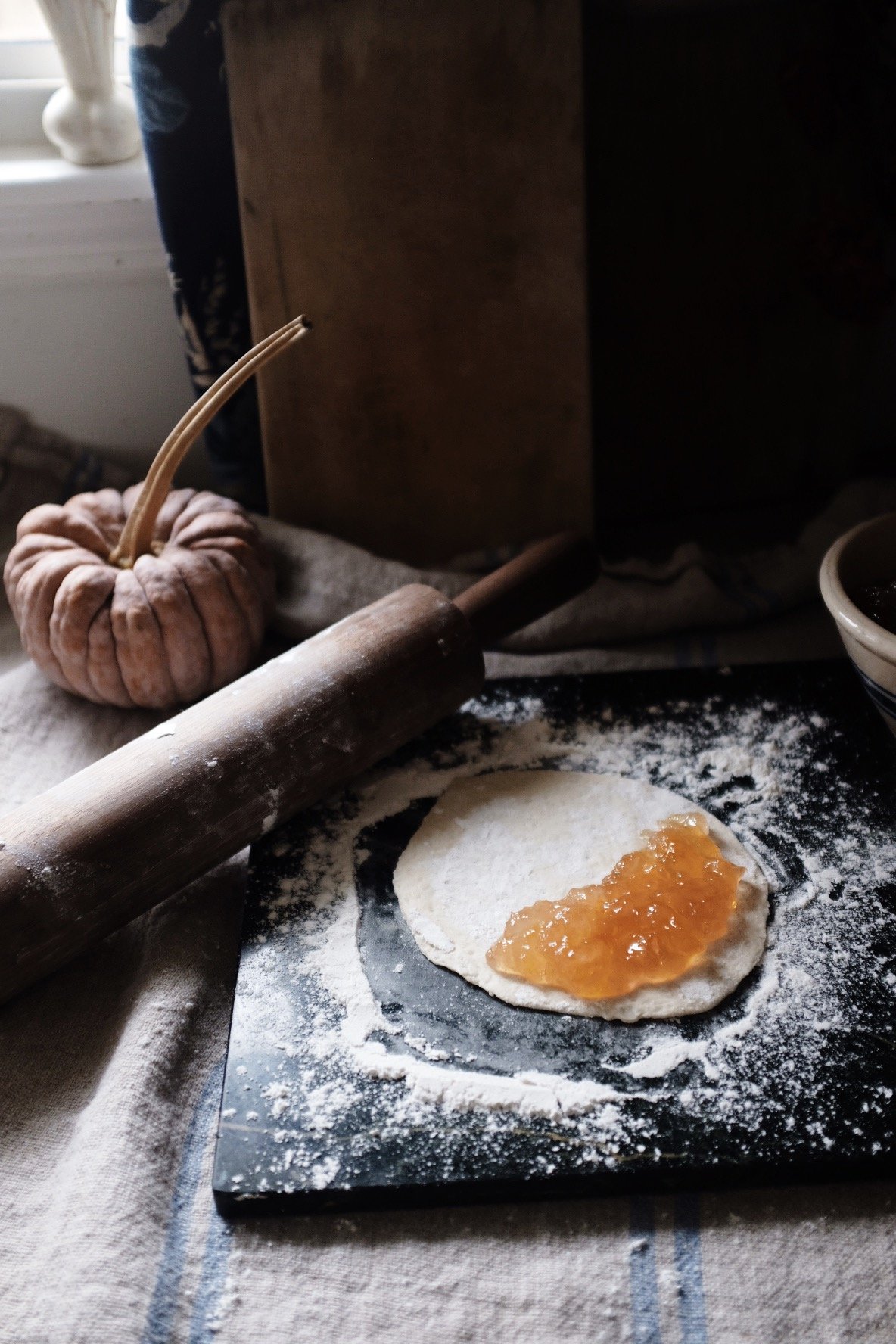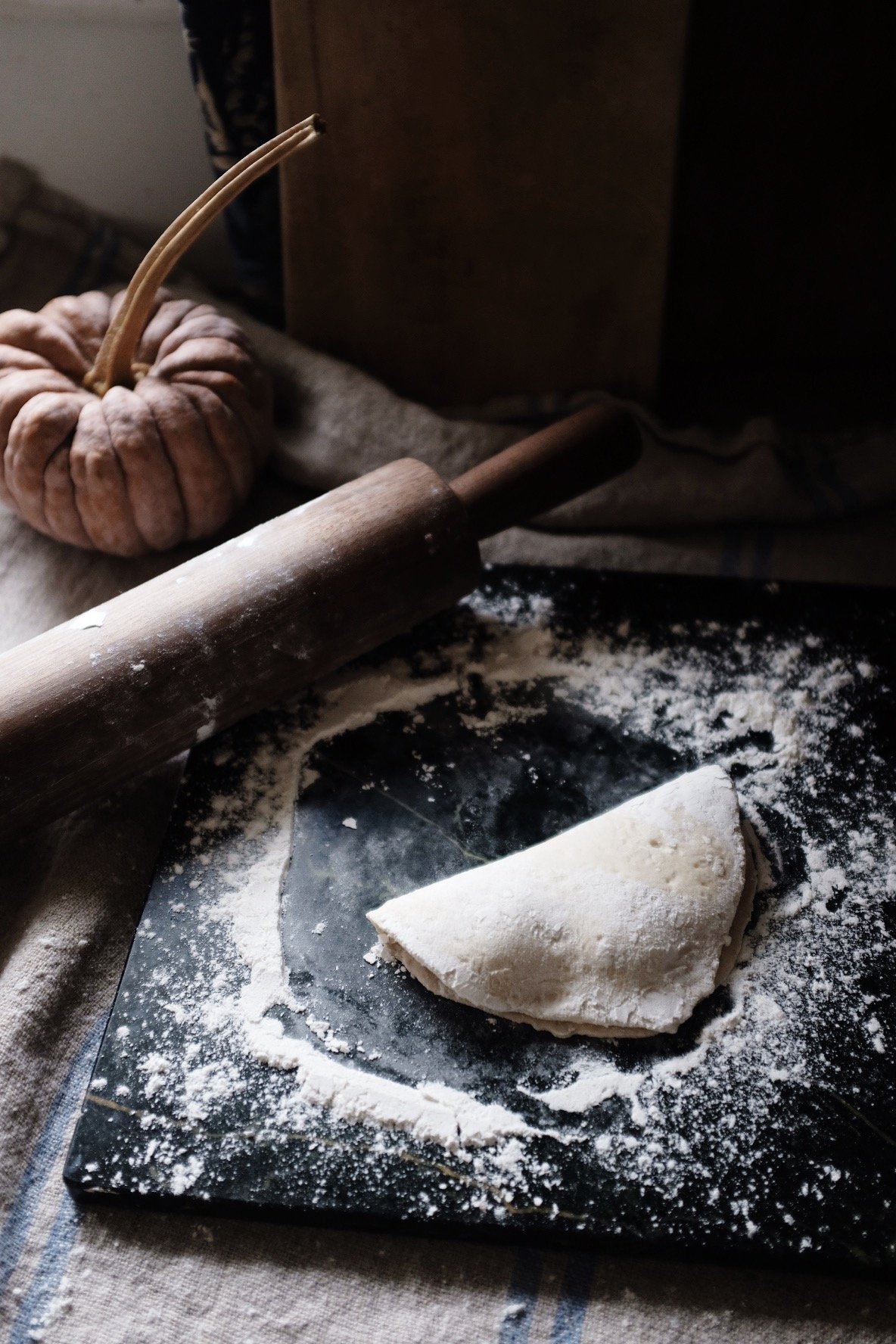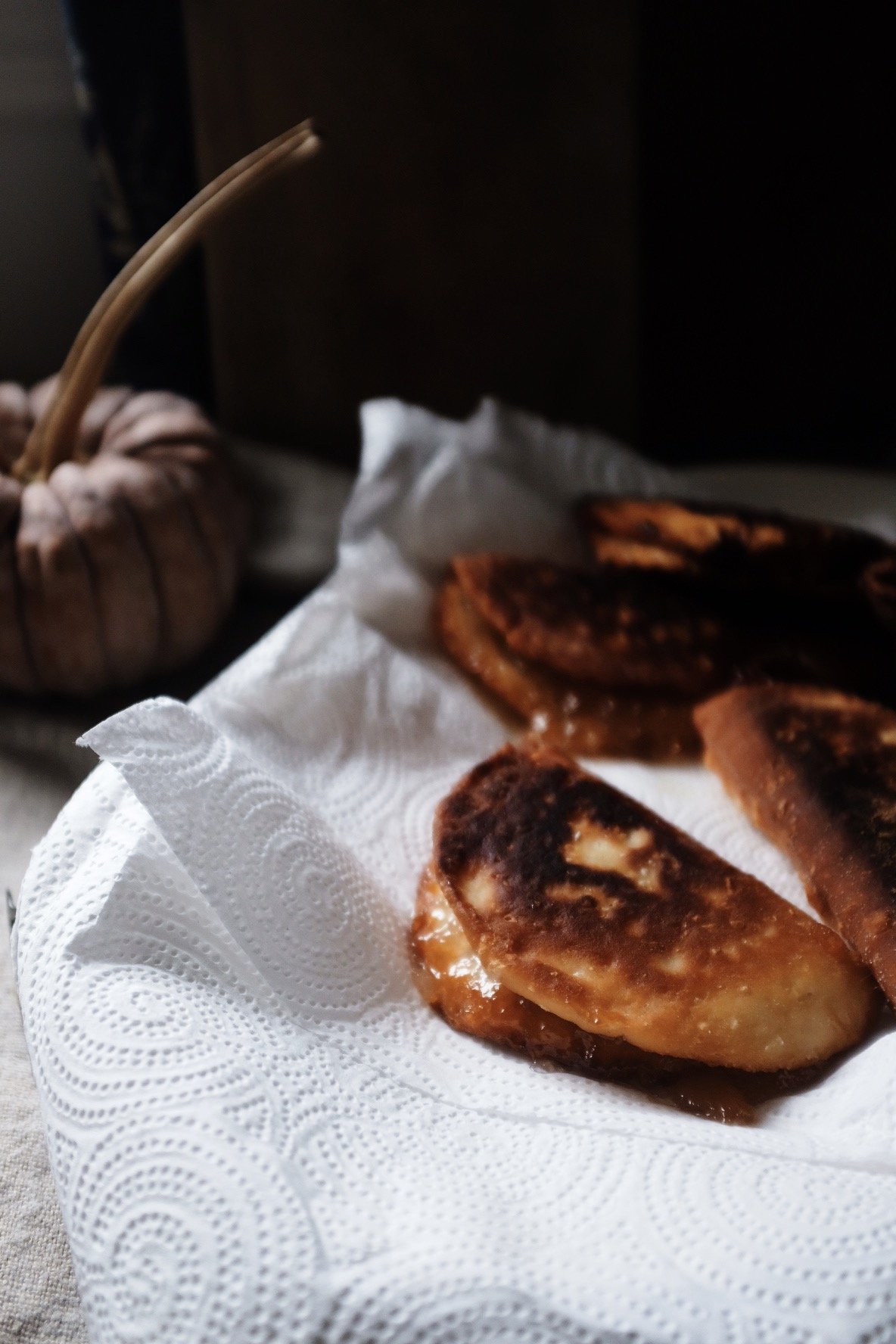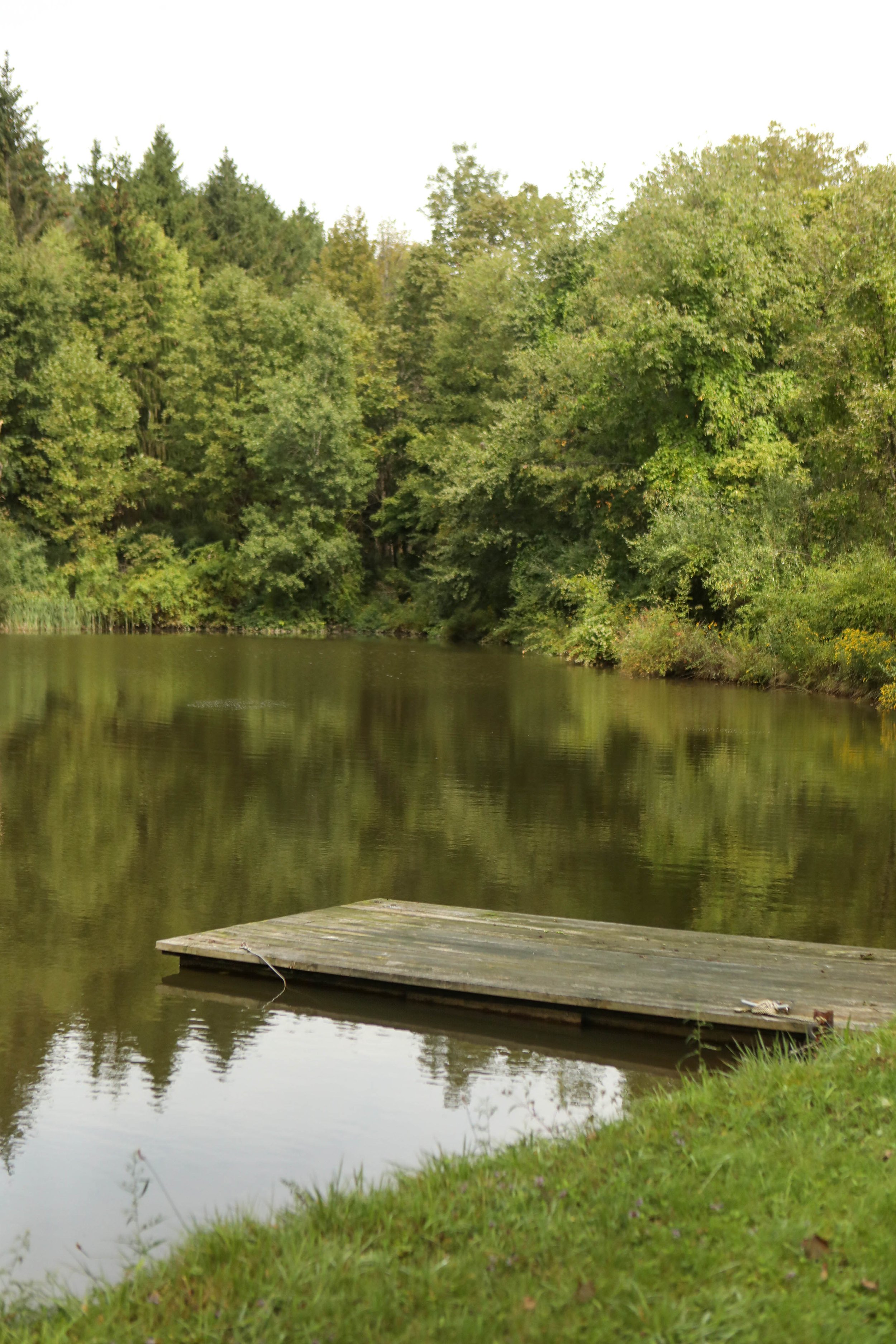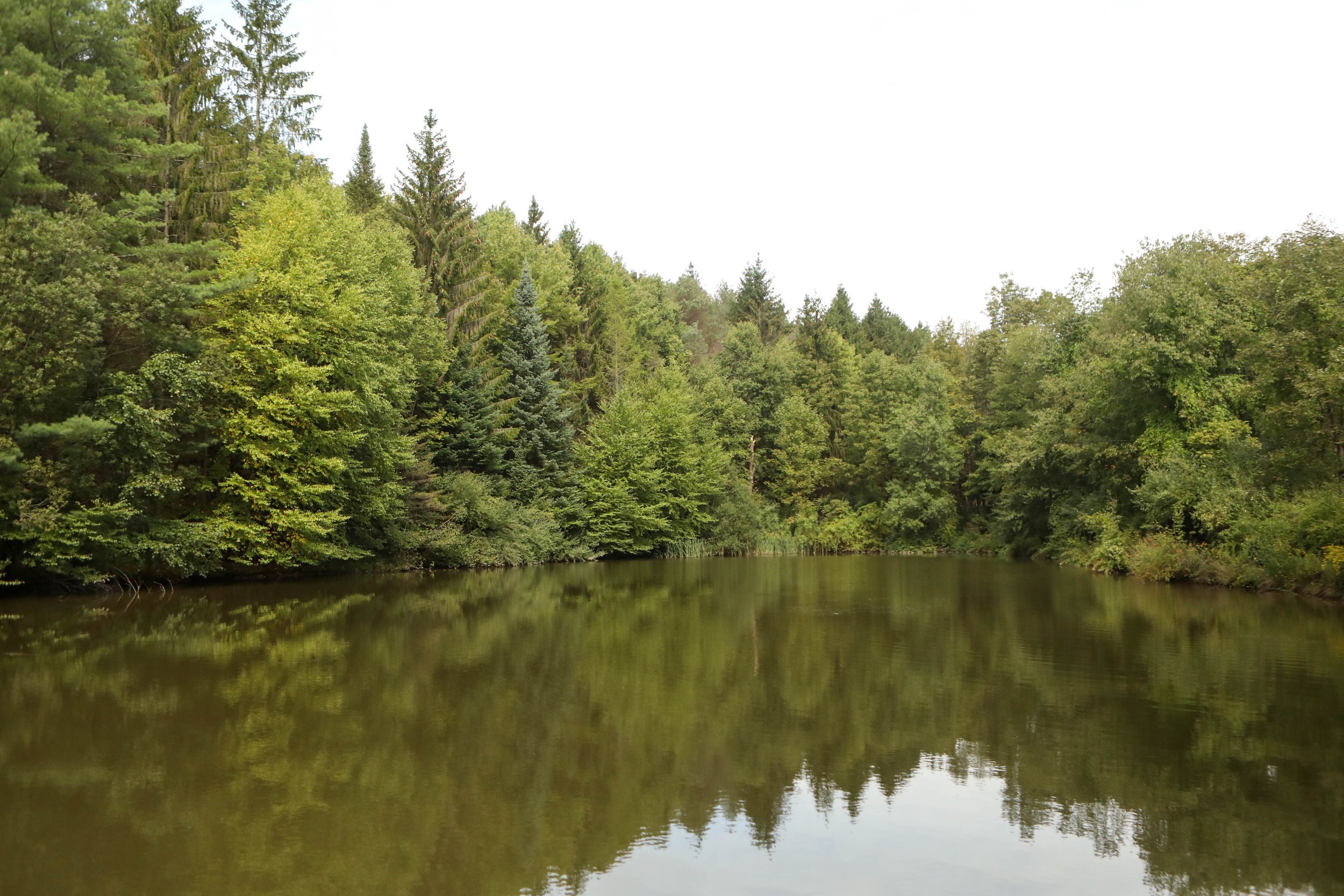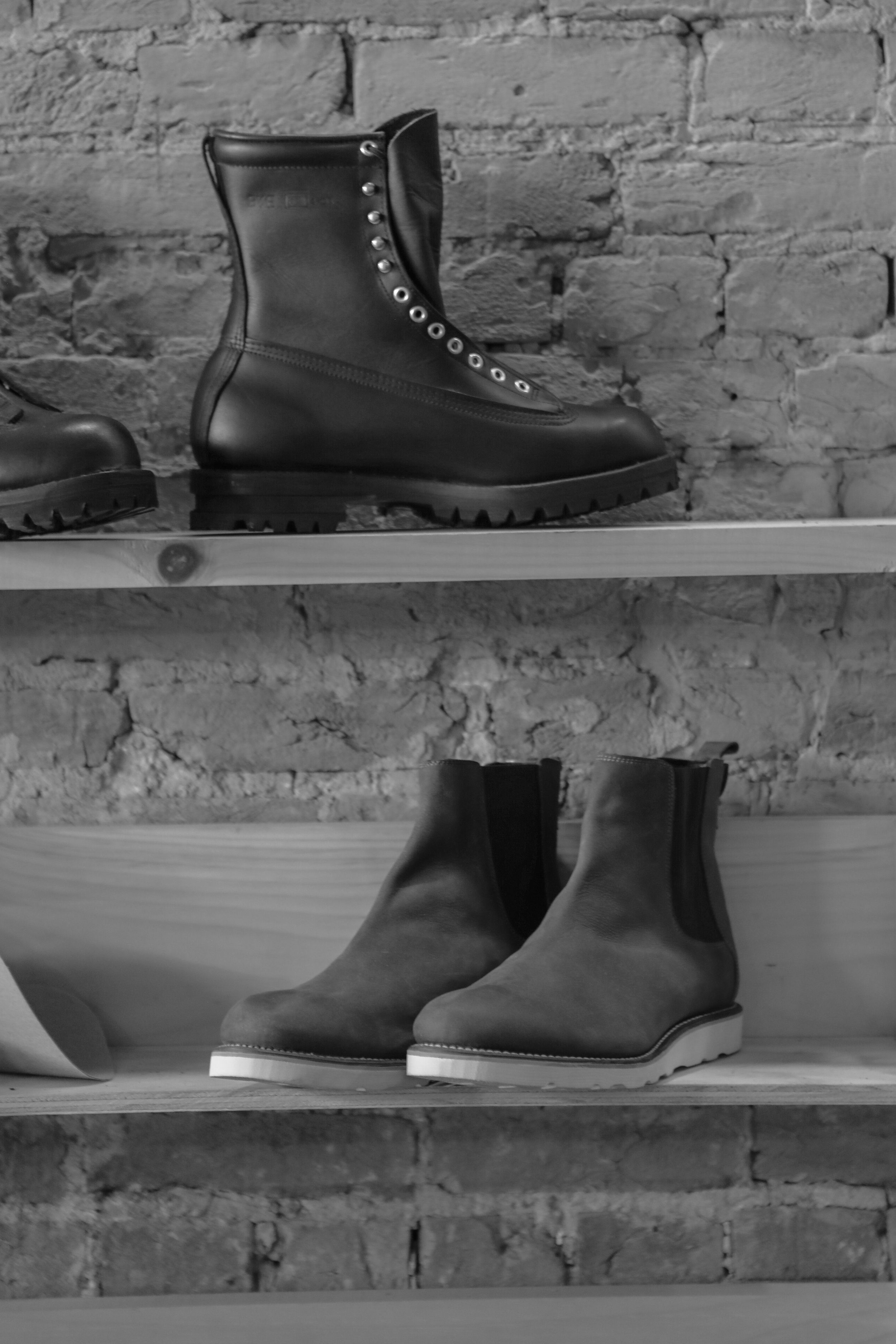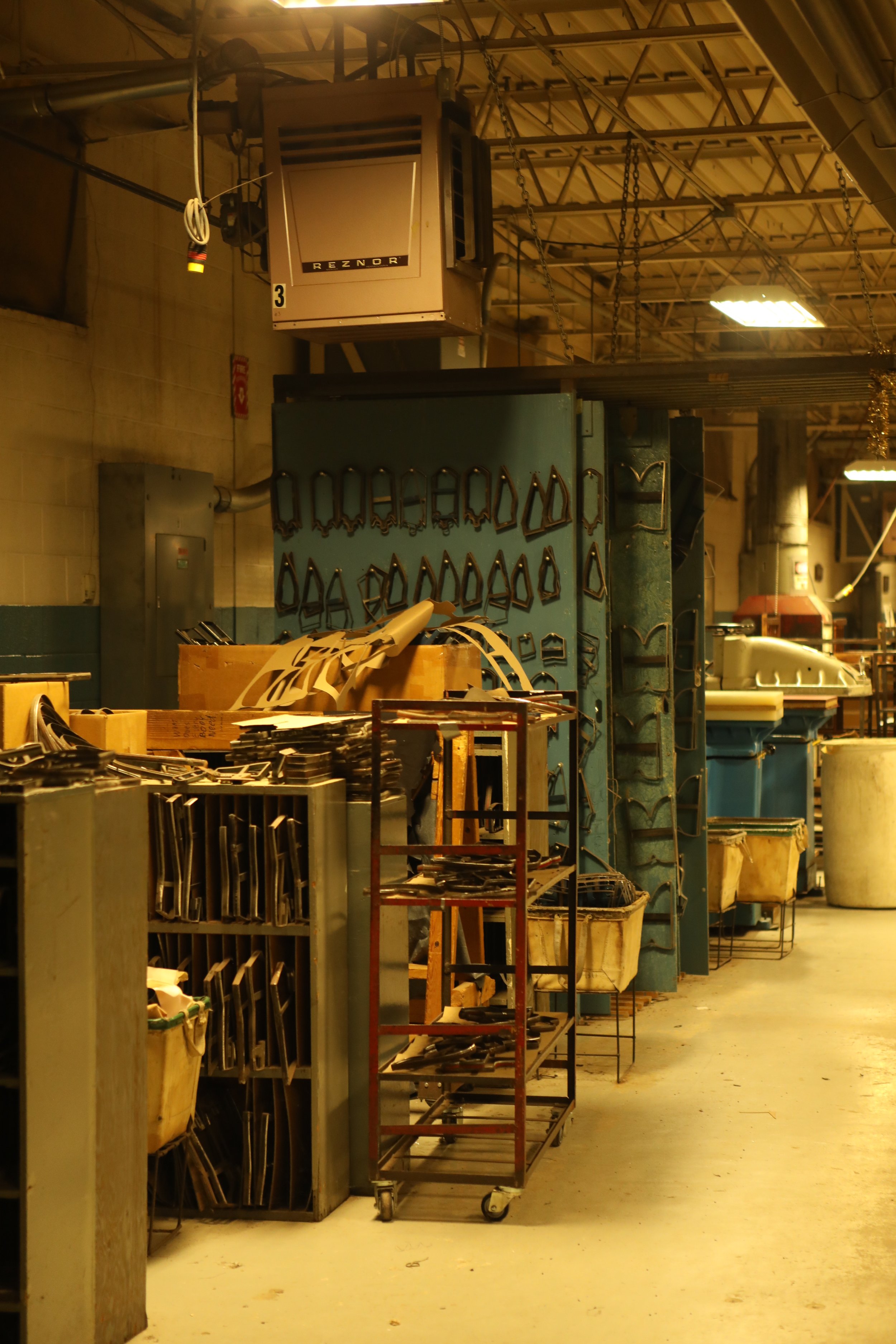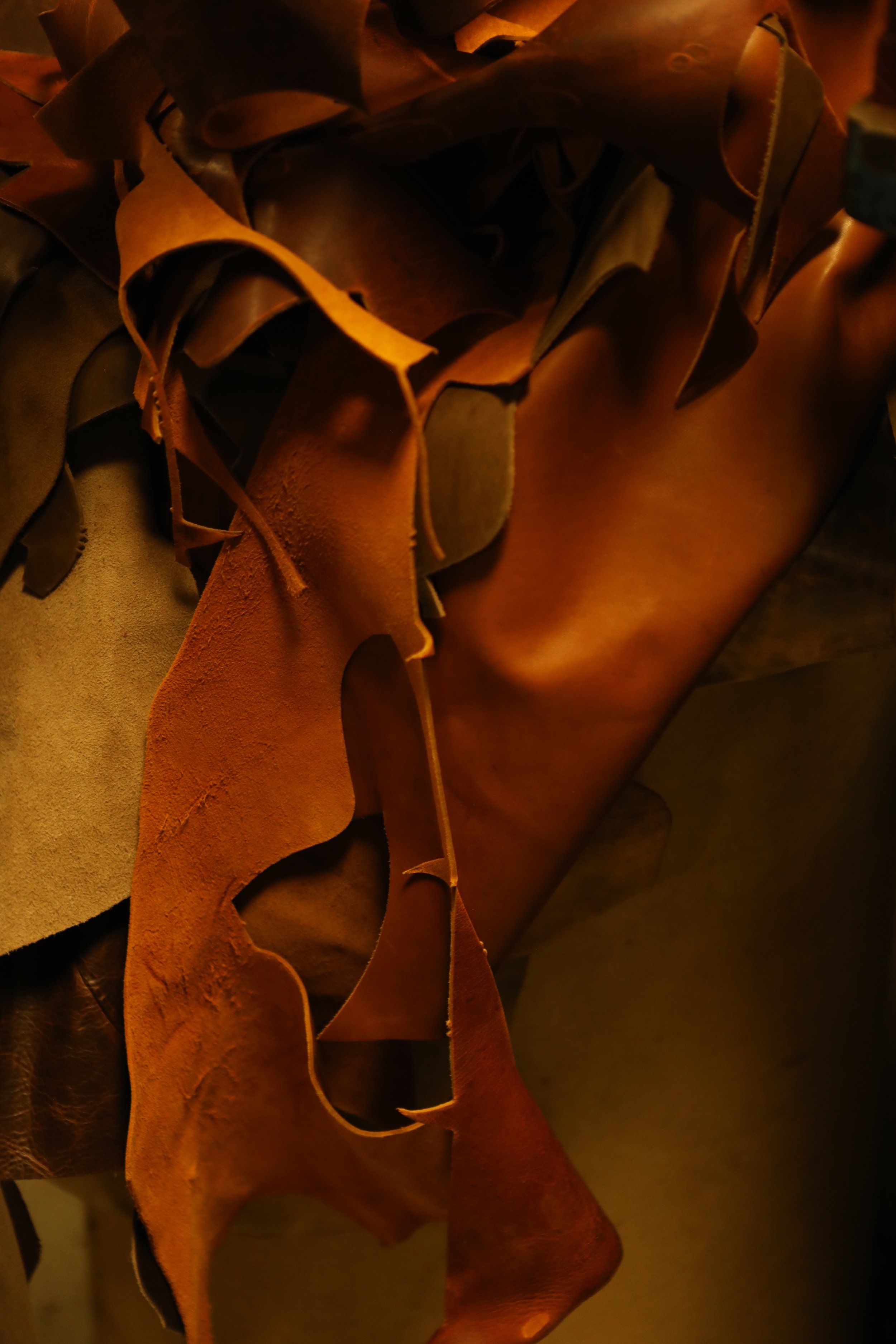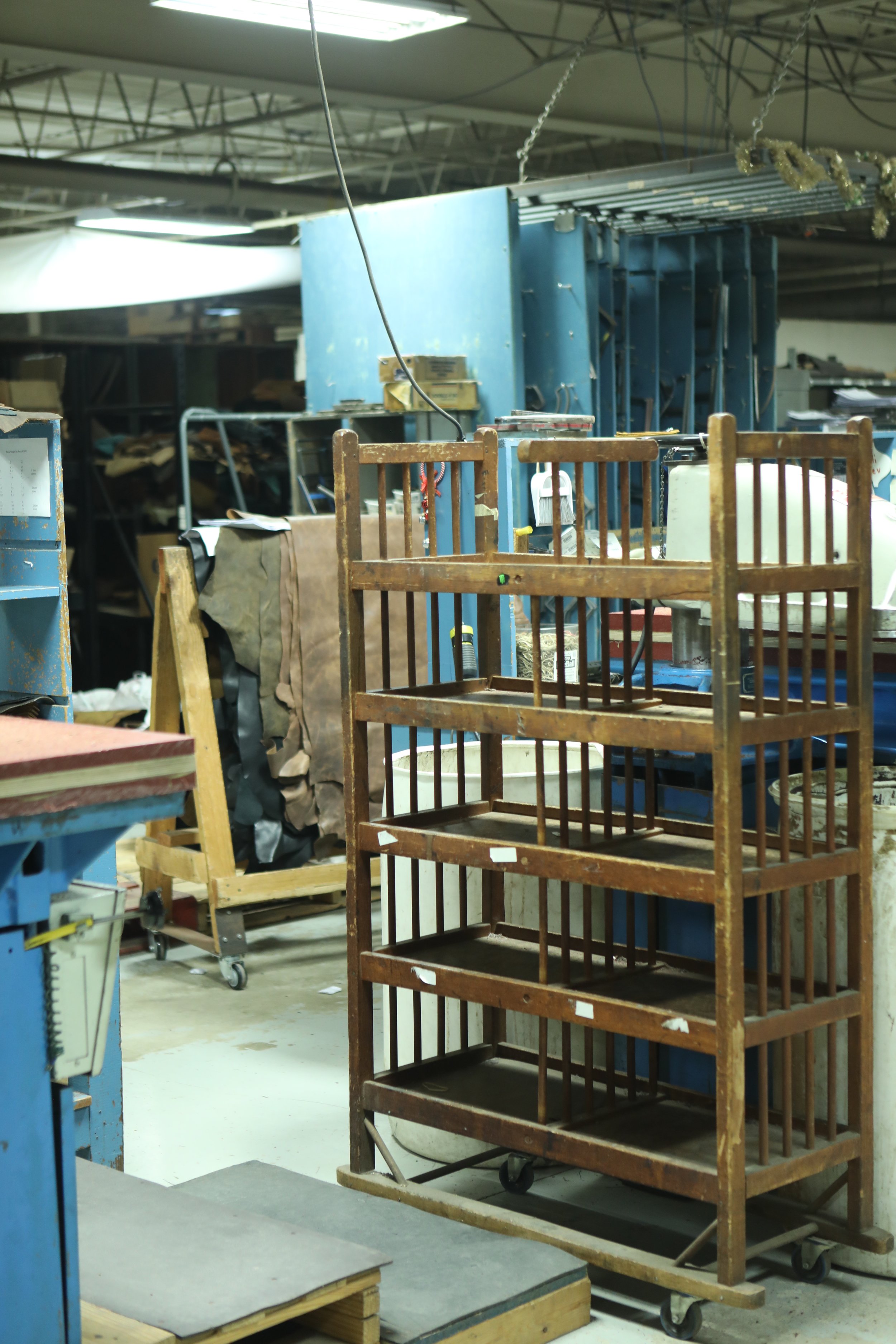Cowboys of Canvas: Stout Tents
Ben Ashby
Photography & Story: Little Schooner Studios
STARING AT A FIRE, or looking off into the vast ocean, our senses are entranced by the sound, the smell, and the intangible fluid element dancing before us. These kinds of visions cast a subtle incantation that is entwined in our being from creation, we cannot help but succumb. We come to reflect on memories so distant and pure that we grow nearly as infinite within our being as the elements we gaze upon. But as fleeting as the tide or as fickle as a flame, we cannot reside there and will soon return to our categorical existence.
The desert offers that same mystery in its own unique way. The great emptiness is filled with wonders. It is an environment of frozen time, where the mind and spirit can connect with the infinite. Time itself is perceived more slowly; both in the long record carved in stone, and in the slow passing of the amplified sun. One can wander through this mystery as if walking through an alternate reality, slowly taking in all of the beautiful nuances that constitute the grandeur of the desert.
Out here, there is a great resonance — one that is easily perceived and confided in by the human spirit. It is the music of Creation.
To spend time in this place for most people means a mobile camper of some kind, but there are still those who mean to live a bit closer to the experience. Those who can be found in canvas tents or in bedrolls under the stars. They lead an entire culture of nomads, and ensure that their tribes have sound shelter in any weather.
They are Dave Ellis and Jim Stout.
Dave Ellis has been making canvas tents for thirty years. His hands show the memory of the process, and as he creates a tent the profound wisdom of his experience shines through him. To take pencil to paper and design a shelter made entirely of flat material and tiny bits of hardware is an art of the highest form. Drawing inspiration from the cowboys who harnessed the west, Dave has perfected these shelters in both form and function. His tents are immaculate.
Jim Stout is a different breed. Driven by adventure, he signed on as a parachute rigger for the U.S. Army straight out of high school. Jim wanted to jump out of airplanes and run tactical missions. His time there served him well, giving him the discipline and skills that continue to fuel his adventurous life today. Adrenaline-fueled moments aside, and much to his surprise, there was a lot of time spent on the ground, building and servicing the gear itself. He ran huge sewing machines that punched through multiple layers of heavy webbing, and found that the craft itself was quite meditative.
When Jim arrived at Dave’s shop and he saw and heard the industrial sewing machines that Dave was working with, he was immediately carried back to his time in the military. It was as a fleeting smell can carry us back to our childhood home, or the presence of a dear old friend.
Although Dave and Jim had known each other for years, they had never worked together. Now, they were coming together in a grand collaboration, planning to build a canvas structure of immense proportion. Even Dave, in all of his decades of tent-making, had never created anything of this scale.
Still, there are few people in America who can do what Dave Ellis does with canvas, so when Stout Tent decided that they needed to build the first Norwegian-style tipi event tent sourced and crafted entirely within the U.S., they knew that Dave had the experience and design skills to make it right. Over the course of three weeks, the two men worked together seven days a week, sixteen hours a day. They howled over the radio to all of the old country songs, and neither of them was particularly concerned with staying on key. They laughed at themselves and each other with great admiration and respect as the minor triumphs and failures of the process unfolded. Three massive prototype tents were made in this time, but the bond itself between the two may be the greatest thing they built together.
As their time in Dave’s shop in Durango drew near an end, product testing time was fast approaching. For Dave, testing a new tent usually meant setting it up in a grassy meadow near his shop. Somehow, it was silently understood that this new creation deserved its own destination. It needed to be set in a special place in order to truly understand its form and grandeur.
Durango, Colorado is uniquely situated in that it is surrounded by every kind of wilderness; mountains, rivers, and big pines are all within reach, but it is also on the doorstep of the mighty desert. A three-hour drive from Durango in southern Utah is a place aptly named the Valley of the Gods. Located on public land, this part of the red desert features an immaculate series of towering buttes. The scenery is otherworldly and the energy is equally powerful. To set their creation in the Valley of the Gods among the water-carved ancient stone would give it life.
All of the little details that rule the end of a project like this can be exciting after what may seem an eternity of mundane toil. To take a moment to paint fresh hardware, or to whip the ends of guy-lines is the sign of the end. It brings fresh energy to tired minds, and as the methodical frenzy of last-minute works subside, the tired tent maker’s exhaustion wanes and they do what they know best. They pack up the truck to go camping.
Ripping out of Durango at 5 a.m. the next day, the dim light and slow dawn gives a subtlety to the transformation of the scenery. The change seemed to come on slowly, following muted signs of a place in between one wilderness and another. Then quite suddenly, but at an indefinable point, the desert reveals itself. The blur of deep orange stone and green brush blow past the cowboys of canvas as they descend deeper into the dramatic landscape. Dave takes an odd turn off the highway down a long dirt road. Jim asks no questions about the detour, and turns up the volume on the radio.
At the end of this road rests the ruins of an ancient Pueblo civilization. It is a homage of sorts to stop and take a moment to imagine those who carved out lives here in the past. To walk among these stone dwellings, the very homes of the ancestors of North America, brings careful thought to our universal need for shelter and society. These things are easy to forget in a world ruled by meetings, spreadsheets and incessant immediate messaging. These structures are evidence that people existed in rhythm with nature, in harmony with one another and in unison. There are lessons here, carved in stone and wrought by hand. There are lessons lost in time.
The two men interweave their steps along the same trail that carried the Pueblo people to their home. Carrying themselves back to the truck and to the highway beyond, there is a pensive silence between Dave and Jim. The vibration of the gravel through the wheels and into the weathered Toyota seats brings the return of lightheartedness, and the off-key singing slowly resumes. The highway and the high midday sun announce the changing scenery with greater urgency and the rigid landscape begins to bloom.
Monument Valley arises in the distance as a momentary distraction, but a reminder that the destination is near. The exhaustion of the past few brutal weeks is now gone, the energy has shifted back into high gear. The Valley of the Gods is not visible from the highway. There are no advertisements for this place. There is but a tiny sign at the entrance marking the turnoff, and a deep ditch that follows to ensure that the vehicle and driver are worthy of the road ahead.
The Valley comes on as subtly as the day itself. Slowly and methodically, awe-inspiring scenery prevails along the high entry road to the Valley. Then, all at once, the road begins to wind through massive gardens of buttes. Dave and Jim slow their pace to consider the many options and challenges the landscape has to offer. Pitching a 35 foot tall tent is no easy endeavor on soft ground, but out here, the earth is nearly immovable. This search goes on for hours, and finally, just before evening sets in, the space is finally found. Sandwiches around a lantern are the comforts of the evening, and the two men fall to slumber in their canvas bedrolls with modest anticipation of the day ahead.
Stout Tent is one of the premiere canvas event companies in America. Despite its stature, the Stout family runs their events and location based logistics with a small tactical team. The company reflects this family orientation in all aspects of their business. Setting up a gigantic lounge tent in the desert requires hands, so Jim has arranged in advance for three of his best team members to meet him in the Valley. They also carry a precious cargo. Handmade spruce poles from New England, primary and supporting poles that will create the internal skeleton of the giant tipi-style tent. On top of this frame Dave and Jim will see for the first time the canvas covers they’ve spent the last weeks creating.
Once the first four poles are joined on the ground, the team begins to raise the structure into the air and a ladder is set to the center point, which Jim will slowly ascend until the entire frame is assembled and secured at the top. All the while, Dave sits in the shade of a low desert tree watching patiently and measuring how best to set the canvas. His sense of this process is as sharp as a sailor about to launch a spinnaker. If anything should go wrong, the wind could carry all of their work away in ribbons.
Jim clings to the peak as the bundle of canvas is hoisted. Many hands work below on his orders to pull the billowing tent into alignment in the stiff afternoon breeze. Dave, on his feet once more, helps from the ground. Dave and Jim work in perfect unison, never pausing to take in the magnitude of their work coming together until every last detail is fully secured. They notice and mentally adjust a few minor changes, before slowing the pace to look around at what they have done. It is then that they are able to stand, laughing in awe at the interior of the 900 square foot Norwegian-style tipi before emerging into the dramatic landscape again. Fifty paces from the tent, it comes into focus for the first time. The power of the Valley and the grace of the canvas are intertwined for a moment and all that is left for Dave and Jim is to rest and admire their creation.
The pondering of the human spirit in a moment like this is the reason that we have climbed Everest, or sailed to the Moon, or sought the bottom of the ocean. We gain a sense of place in our work and our wandering. We feel a worthiness in our souls, that the work is right and meaningful. We feel that our purpose on this earthly plane is being fulfilled. Dave speaks to this in a moment of deep reflection:
“I just think that tent living, and what we are giving to people in tent living is… Craft, it's just Craft… that’s what it is.”


















